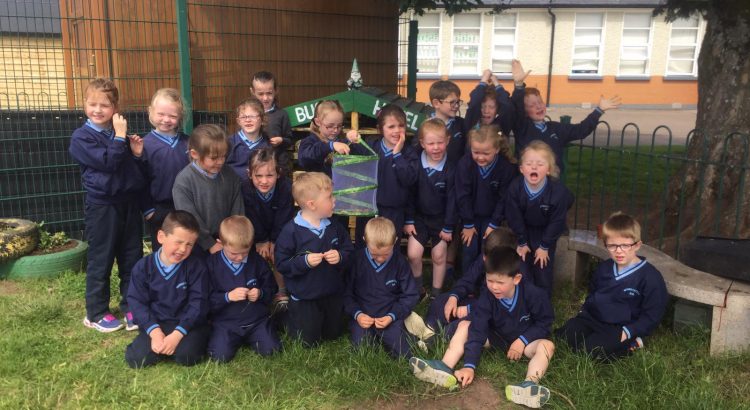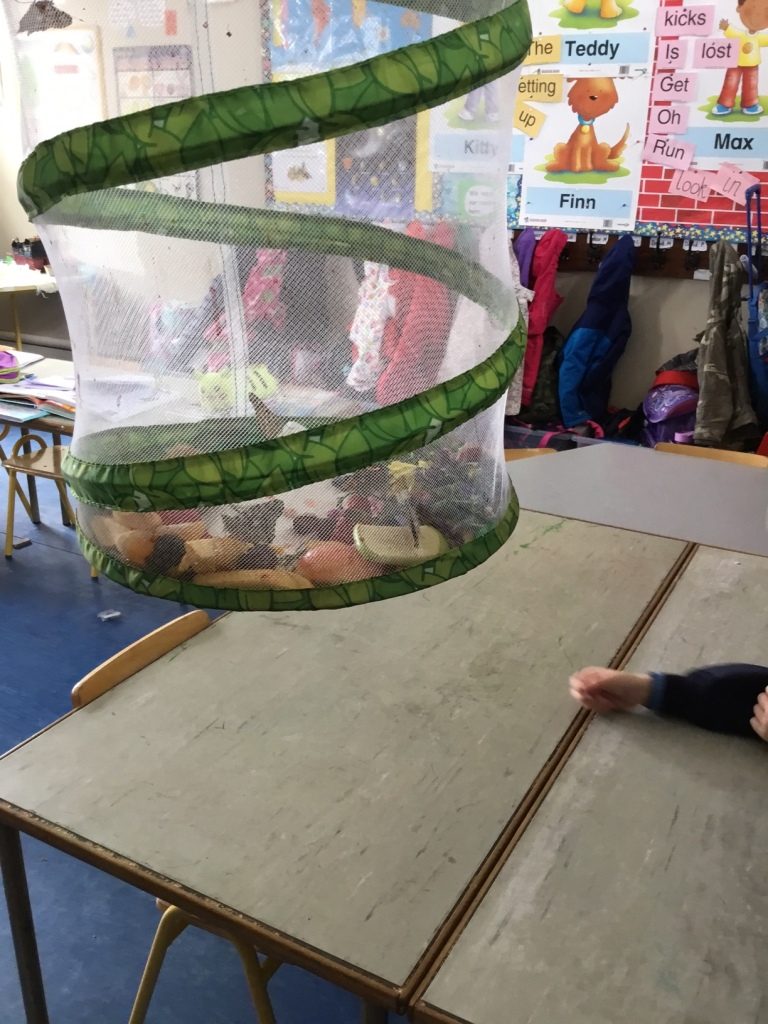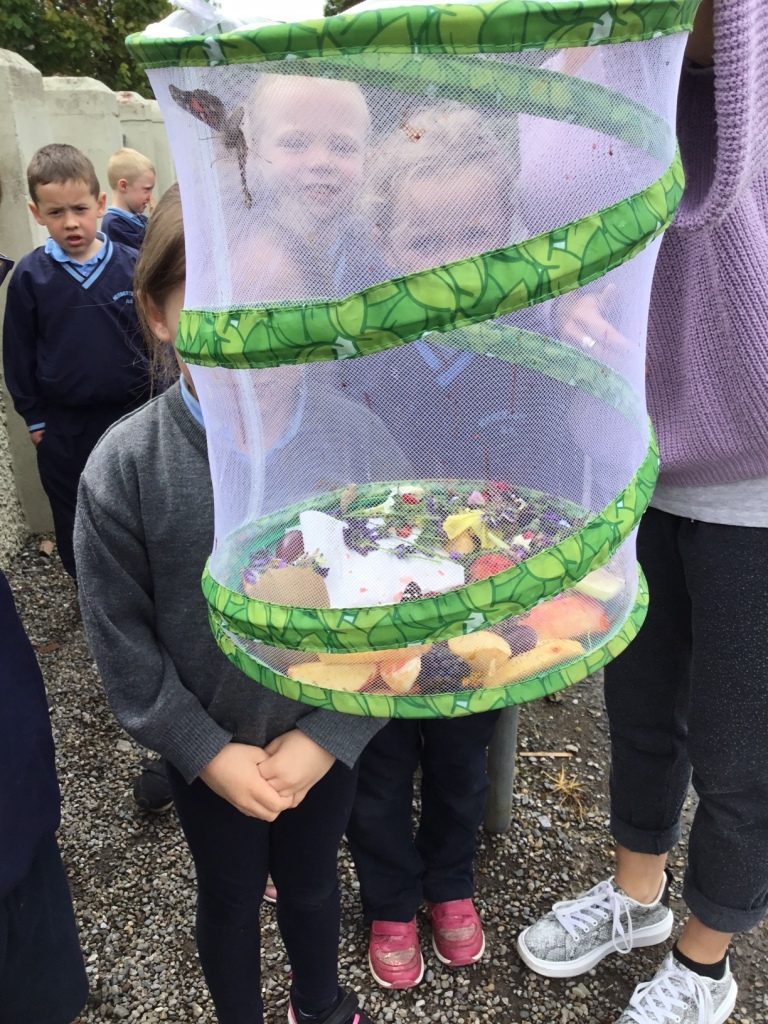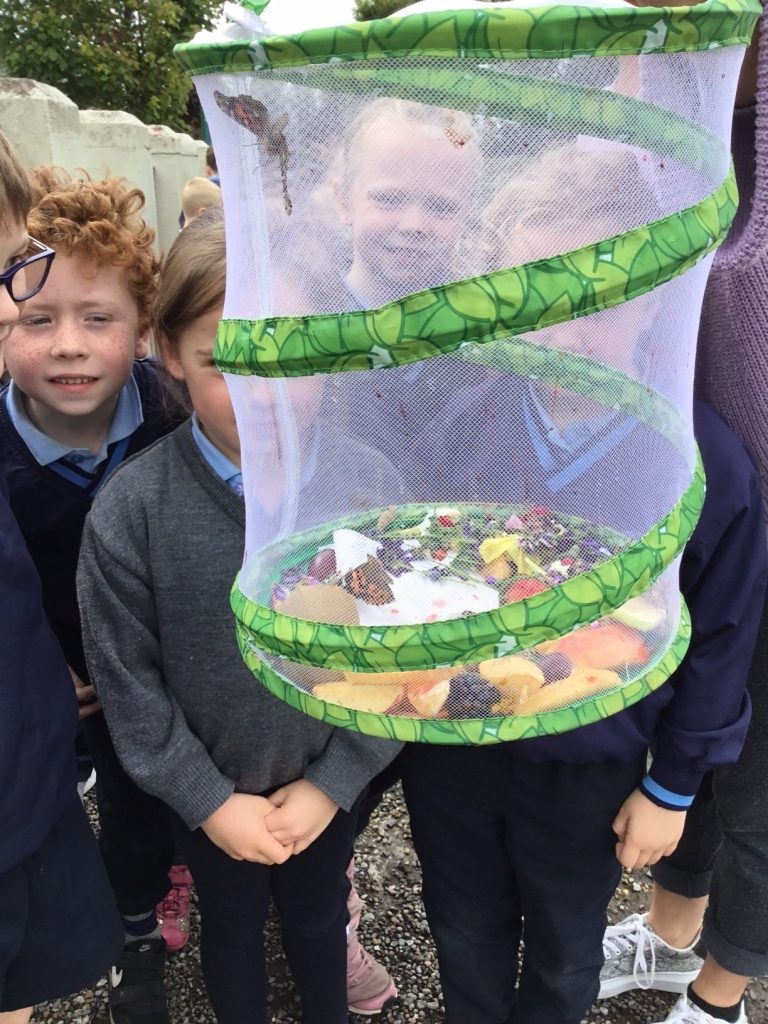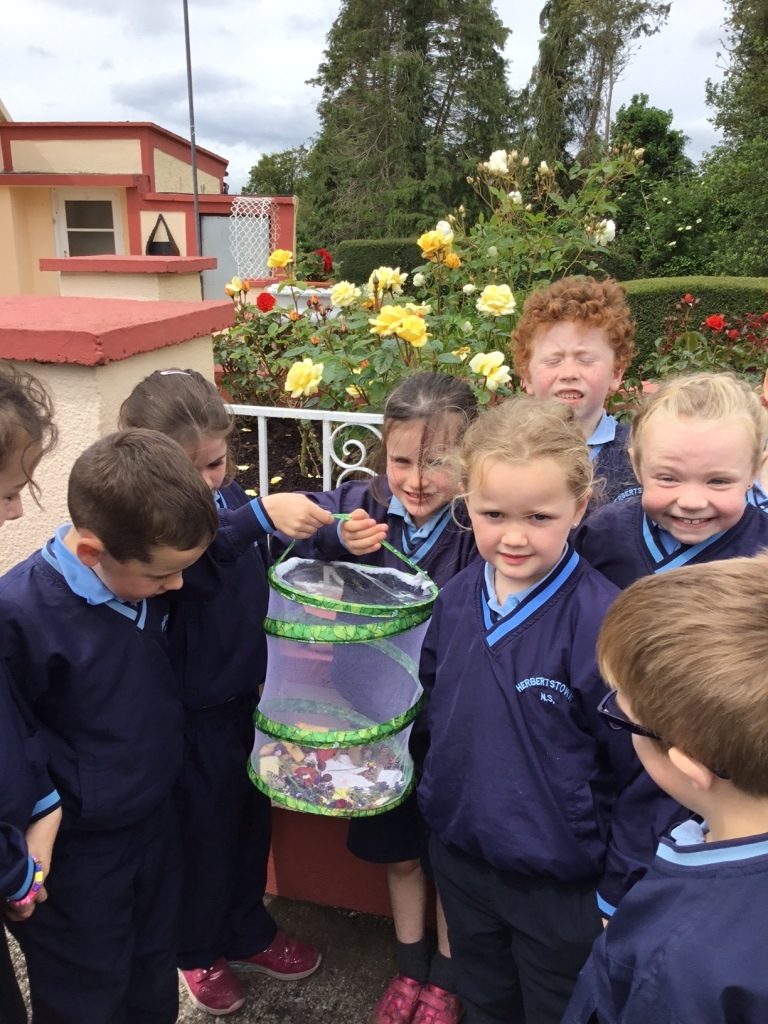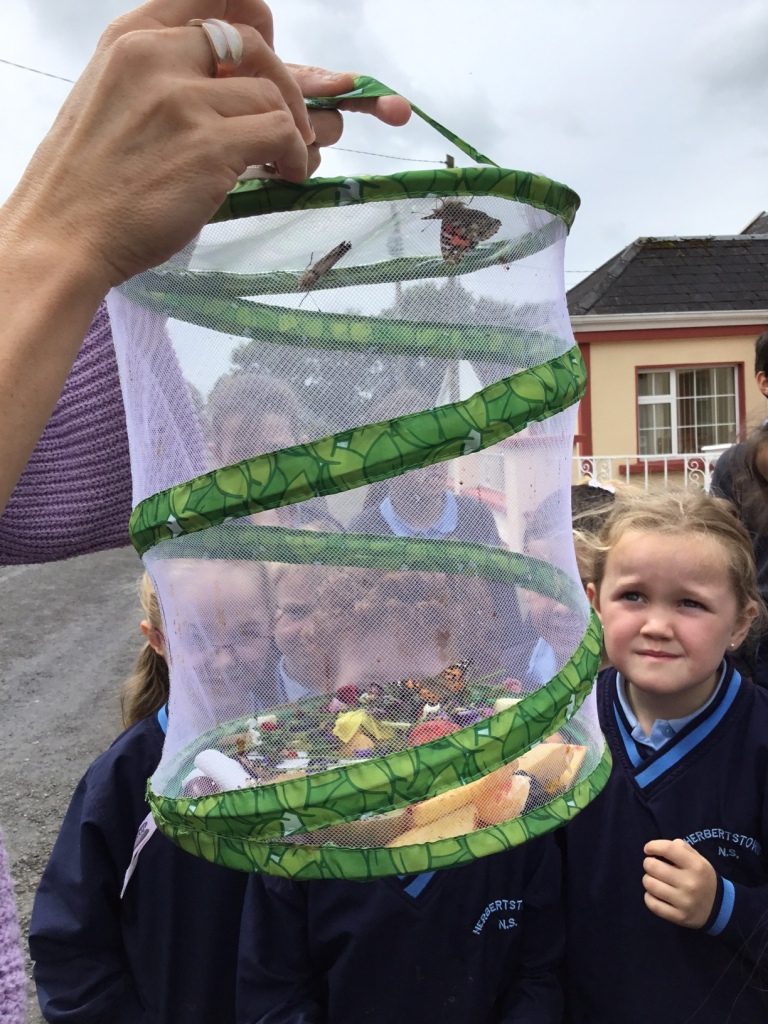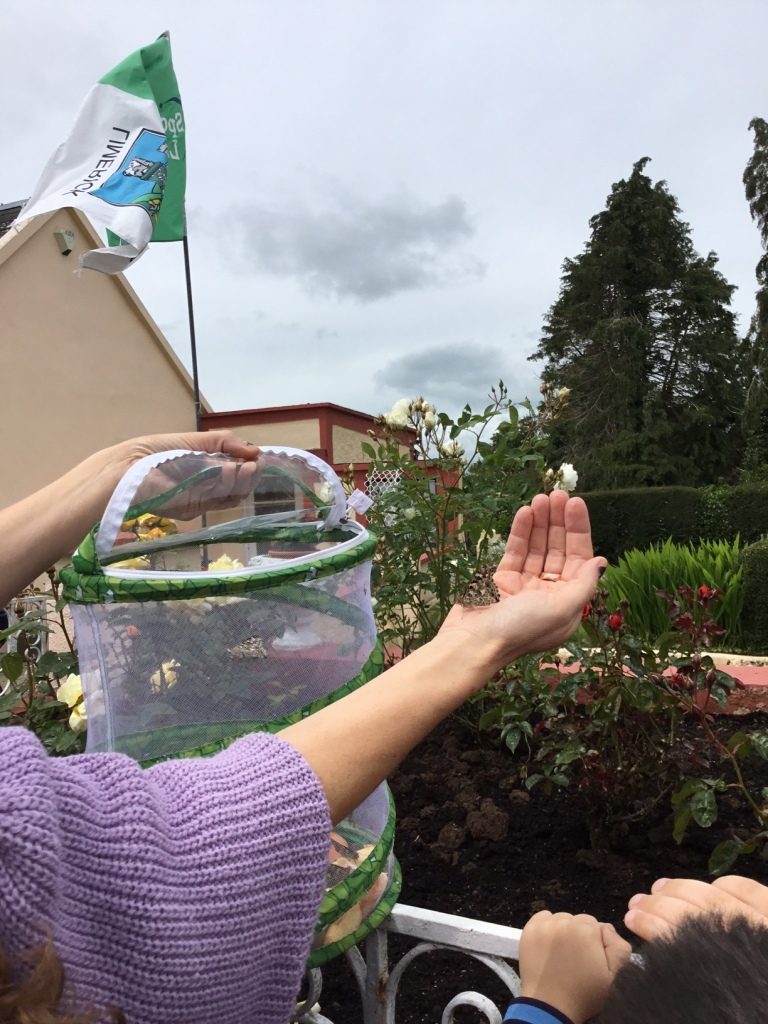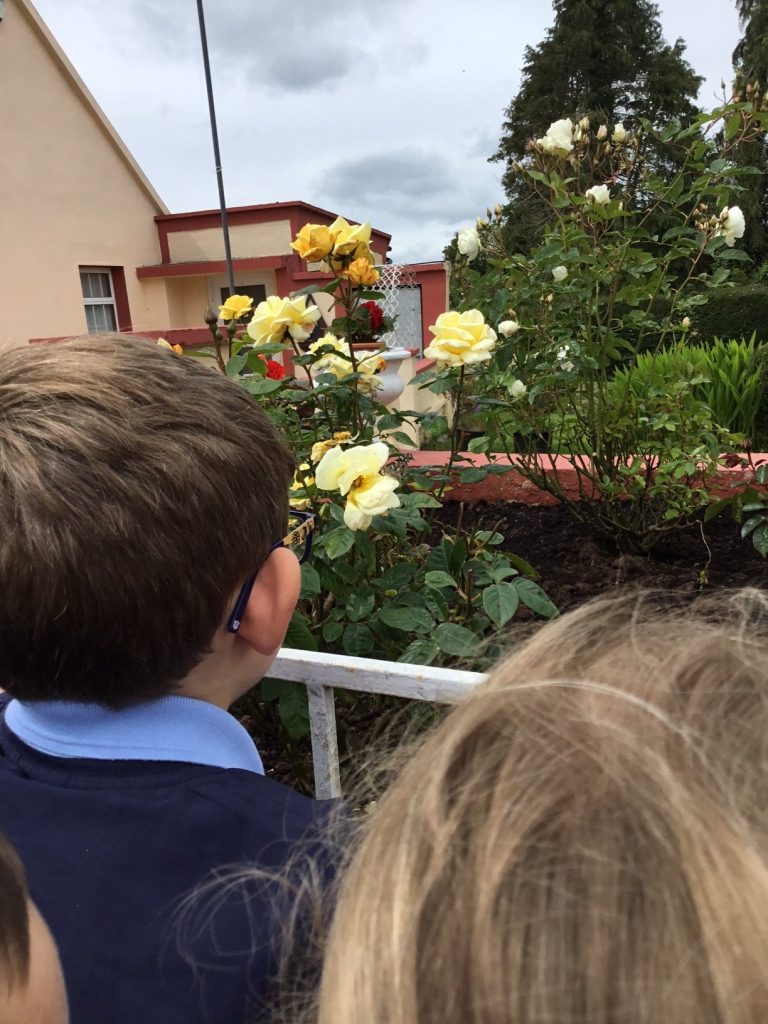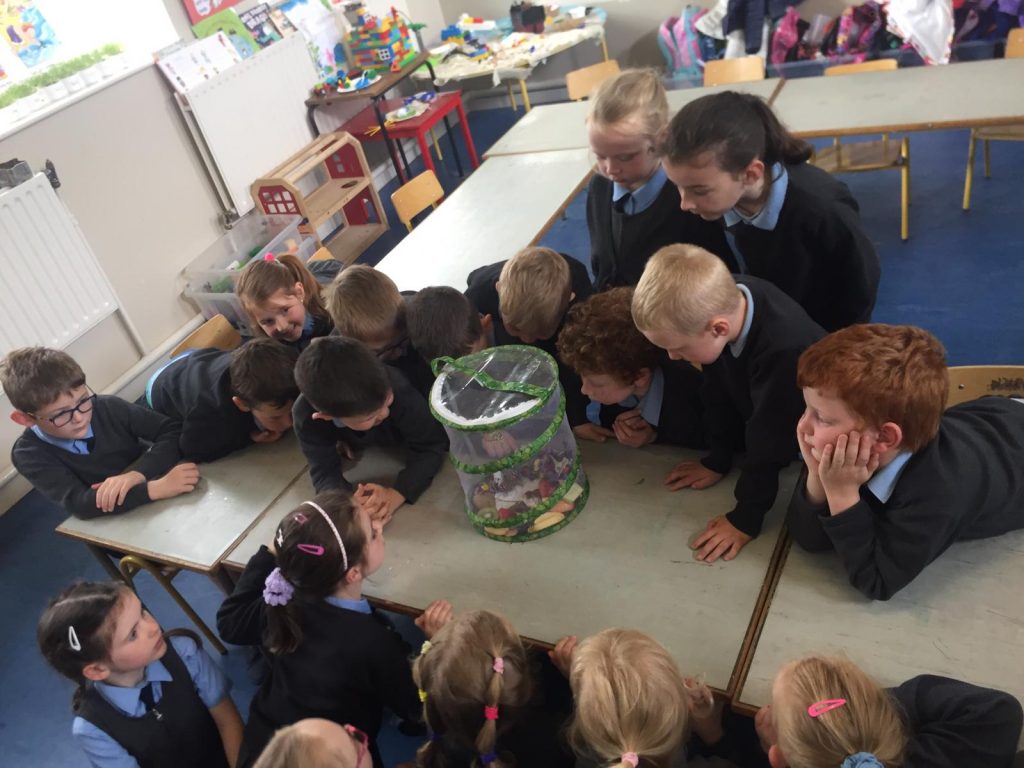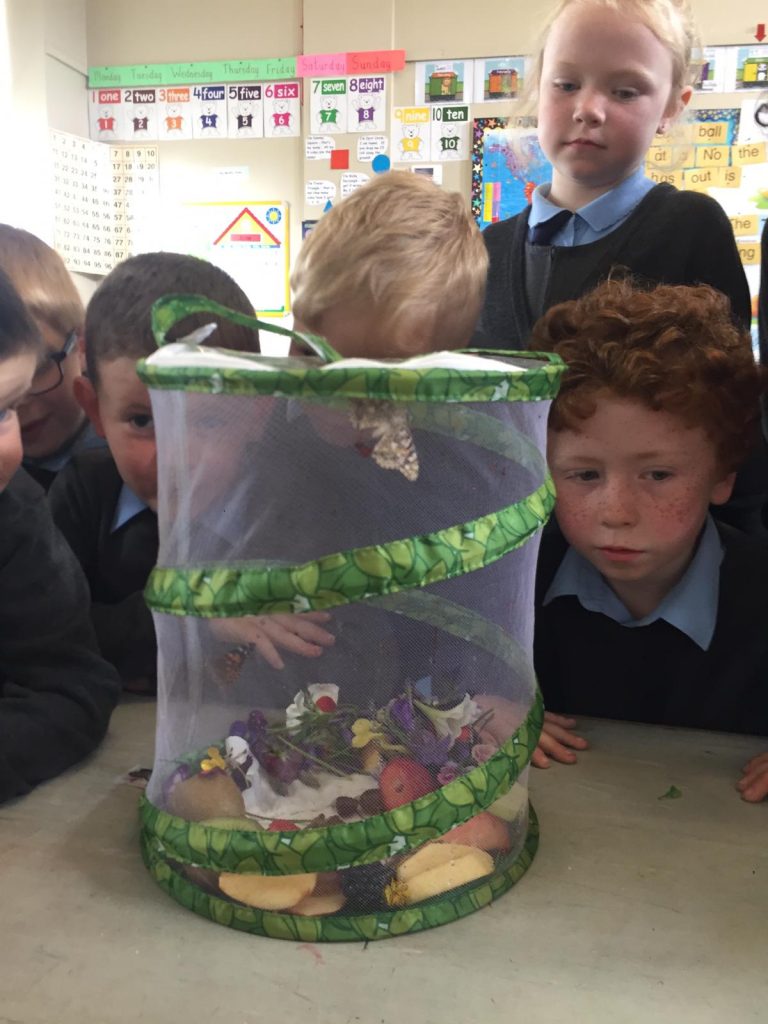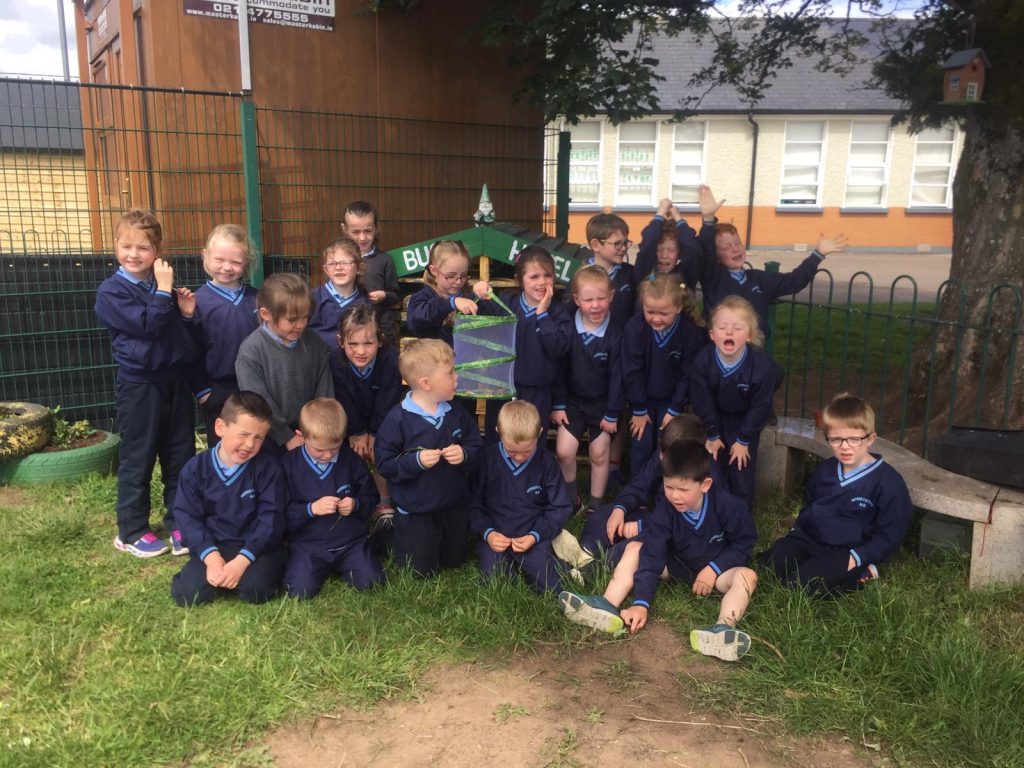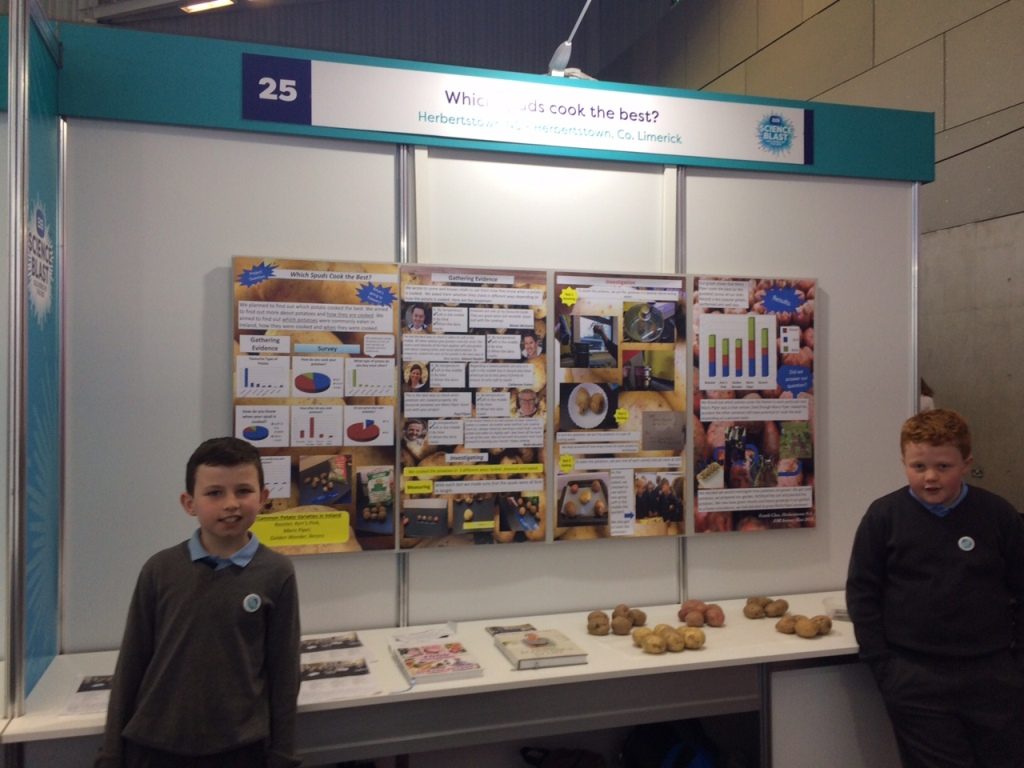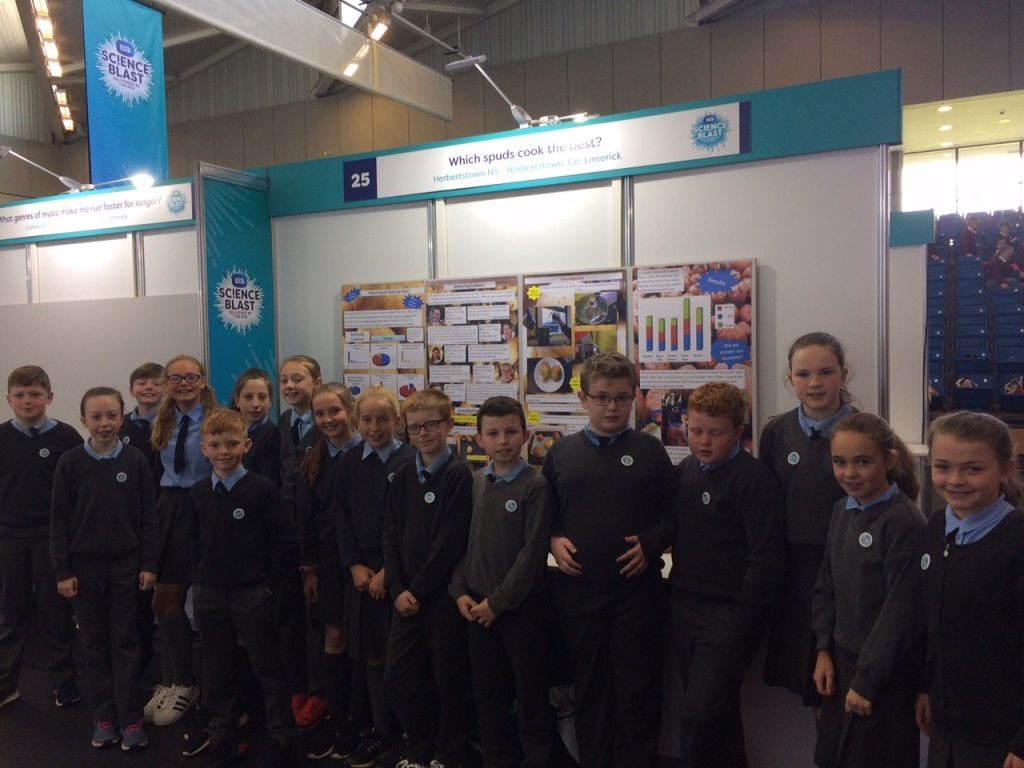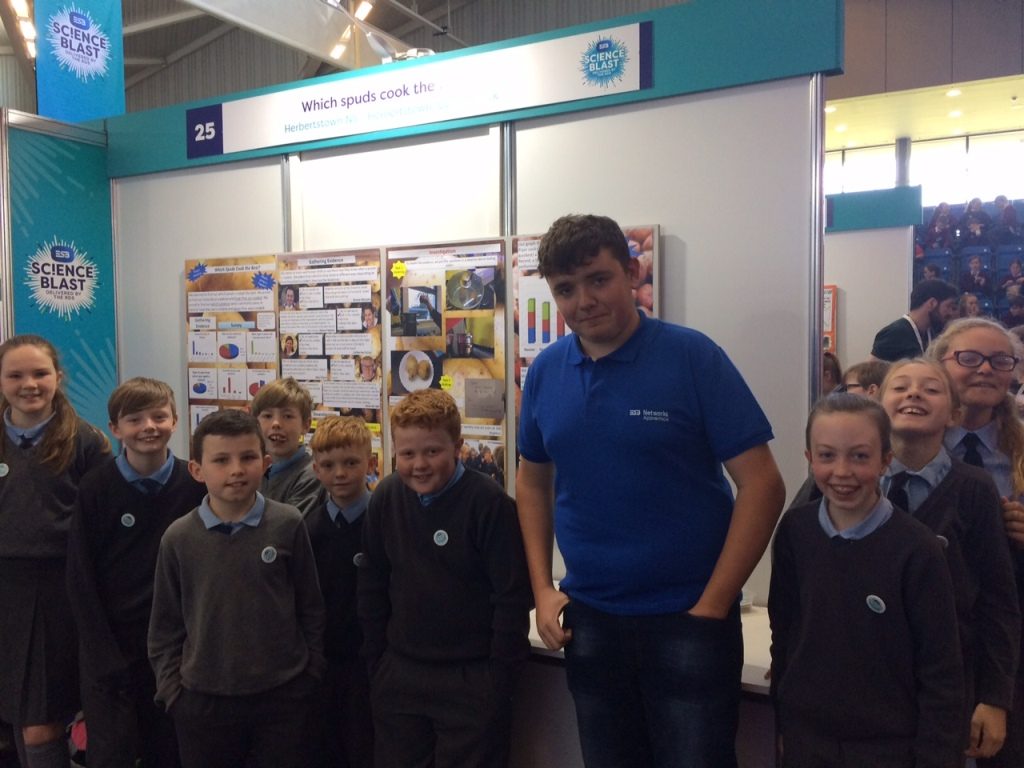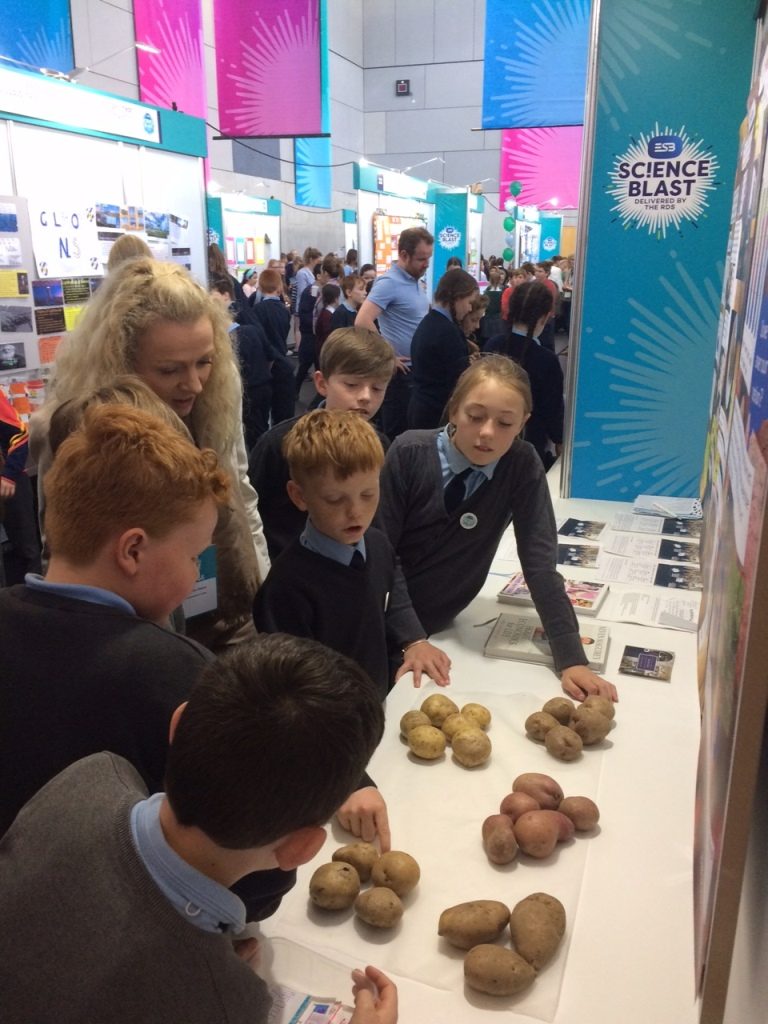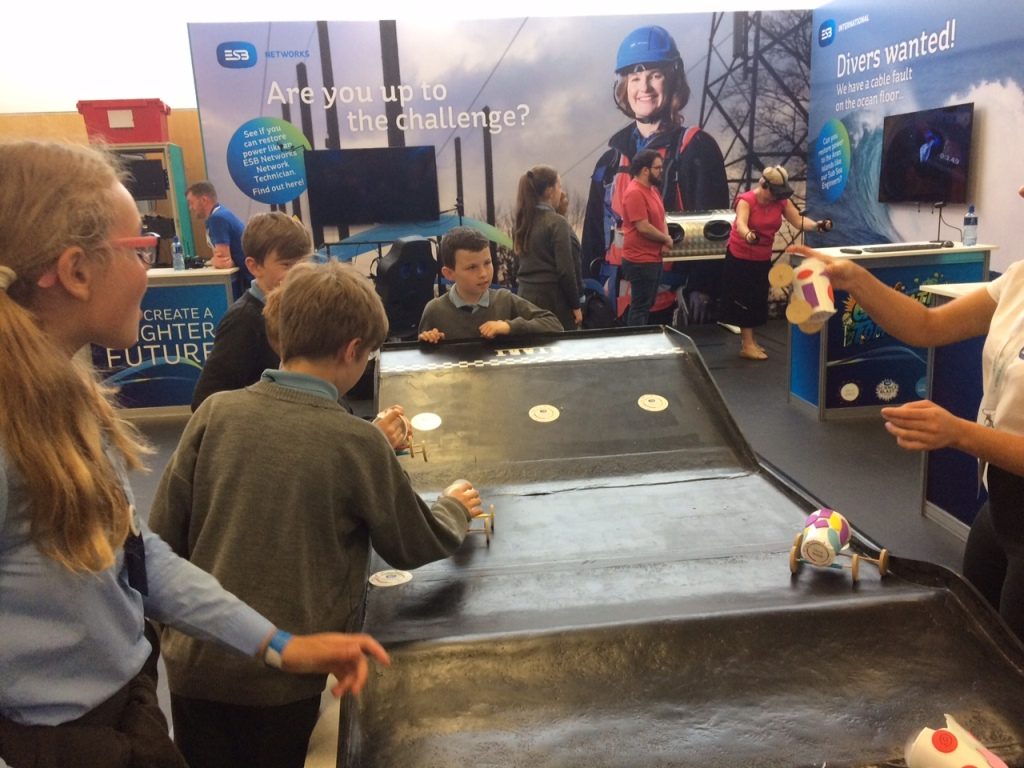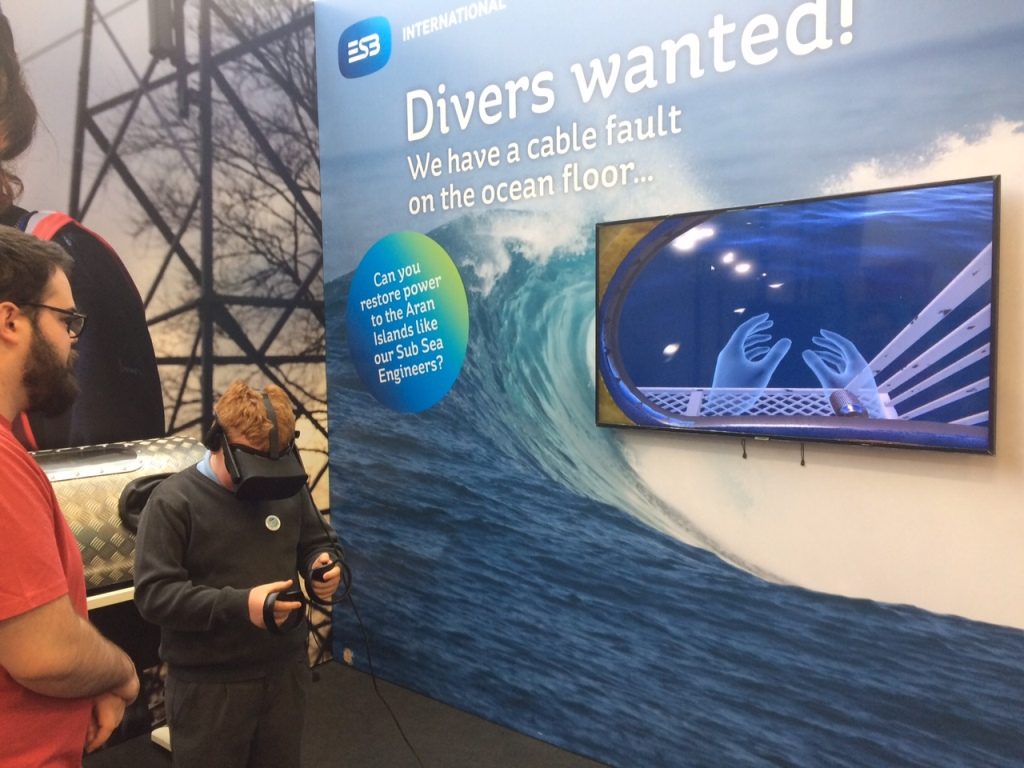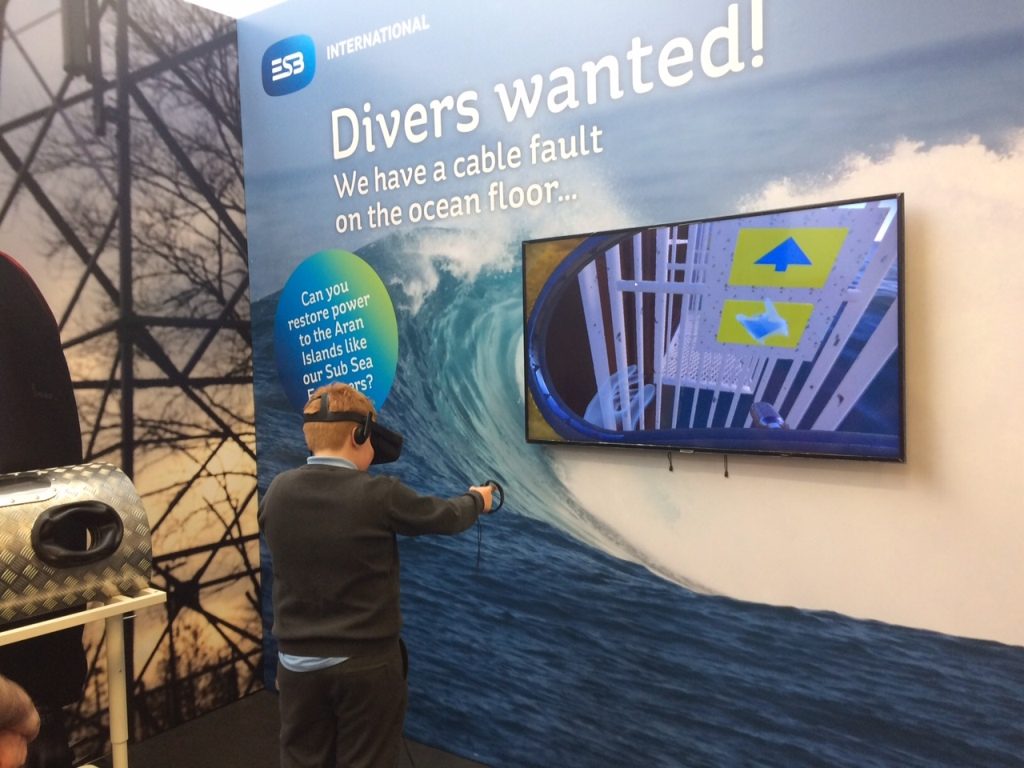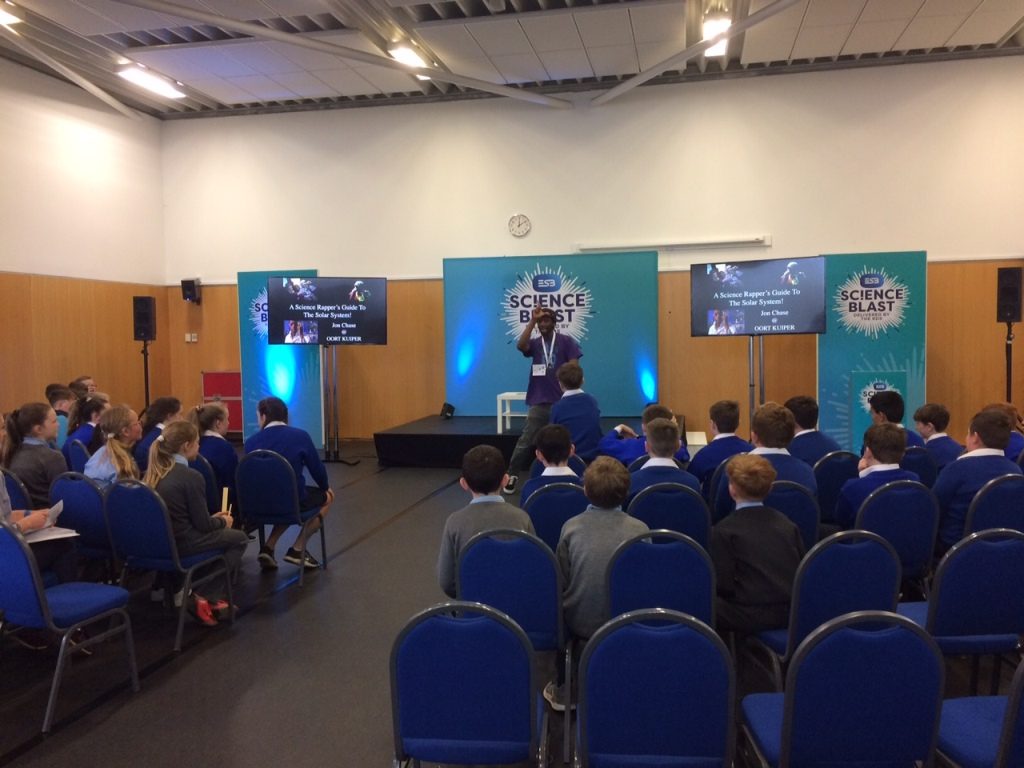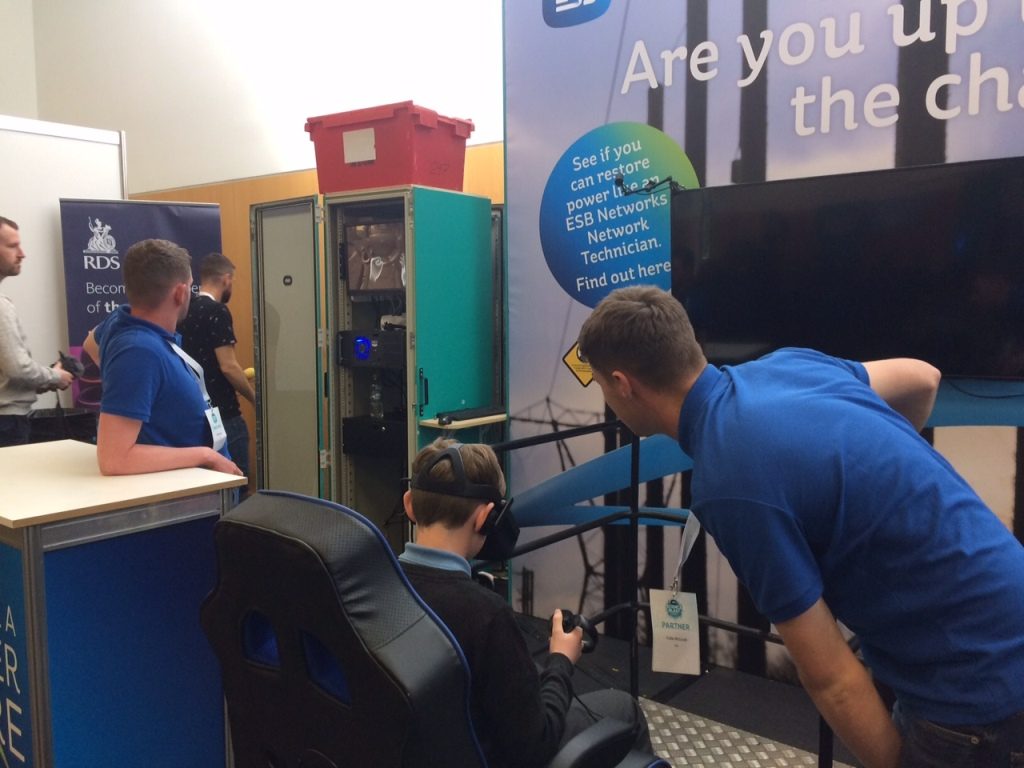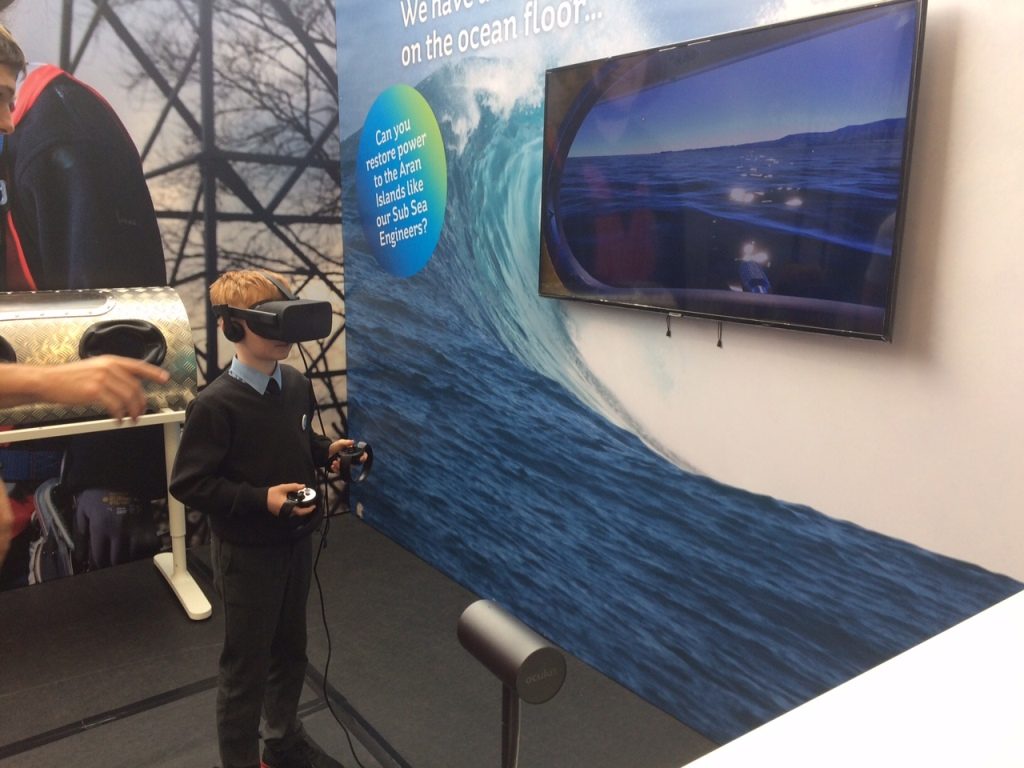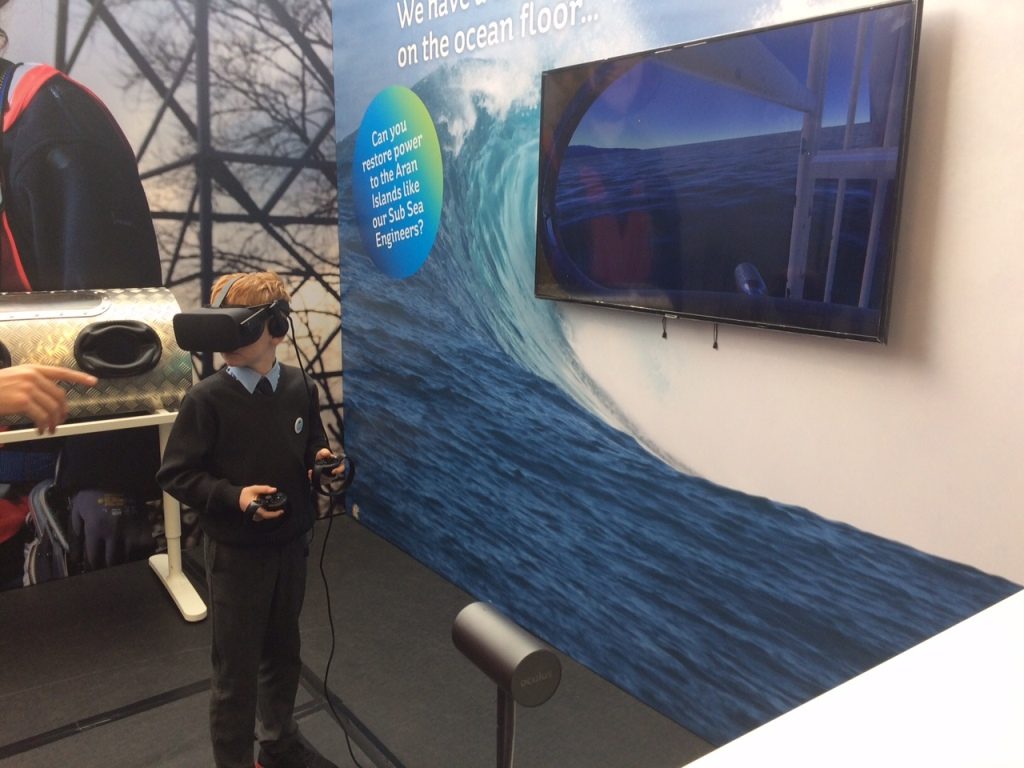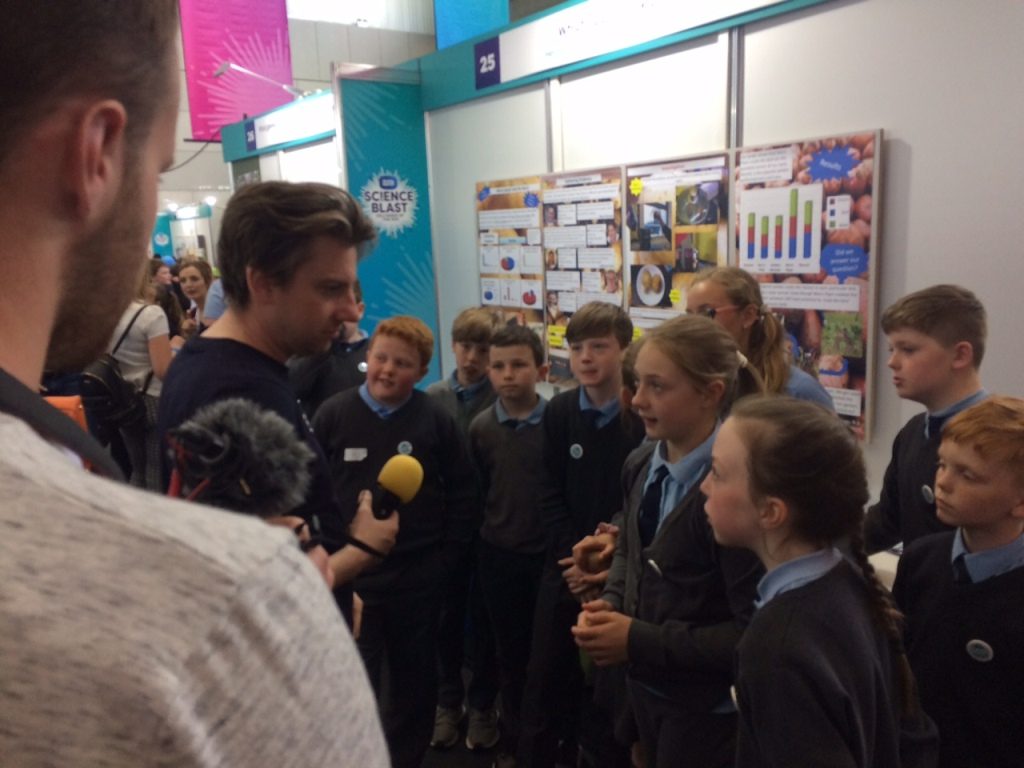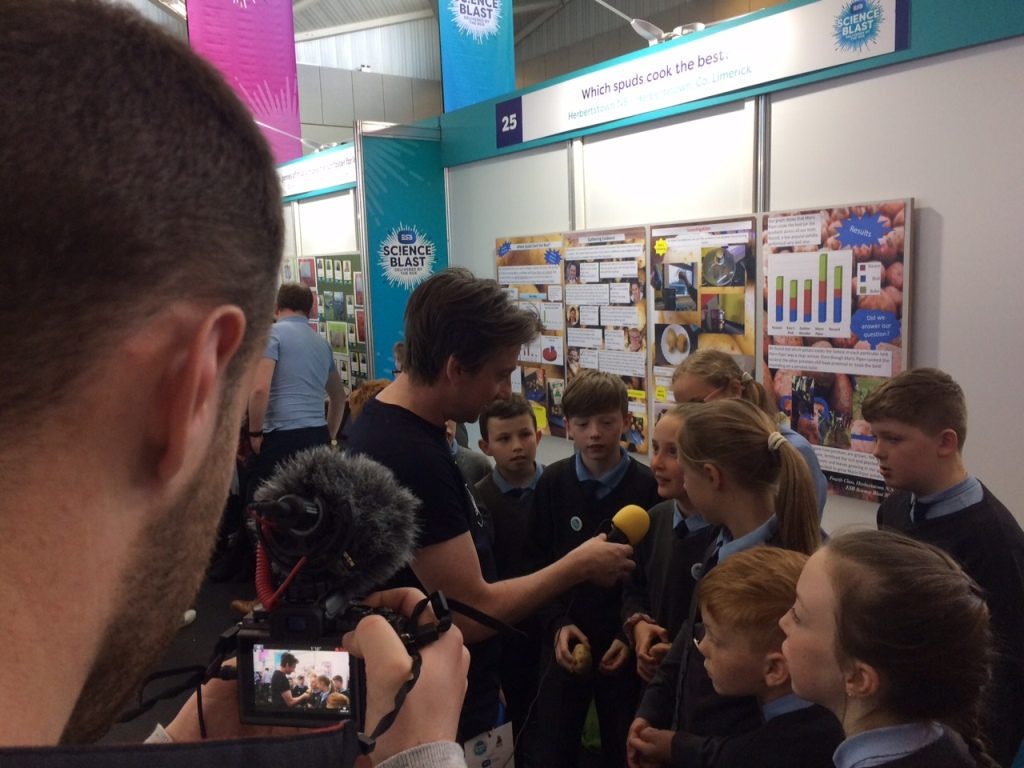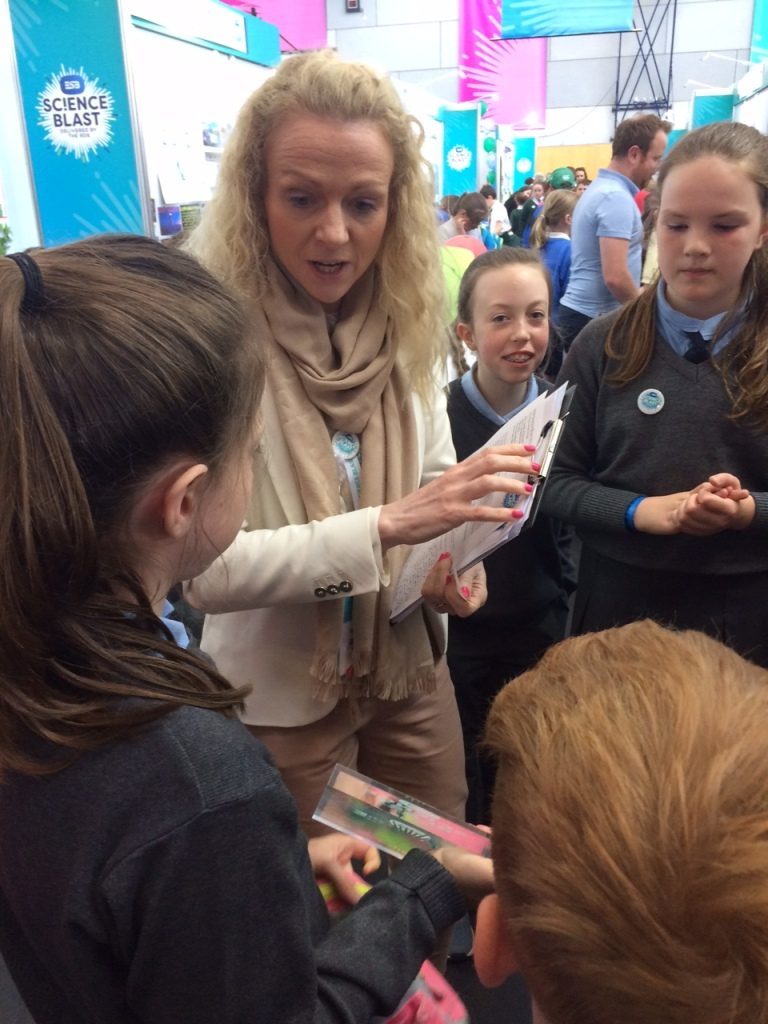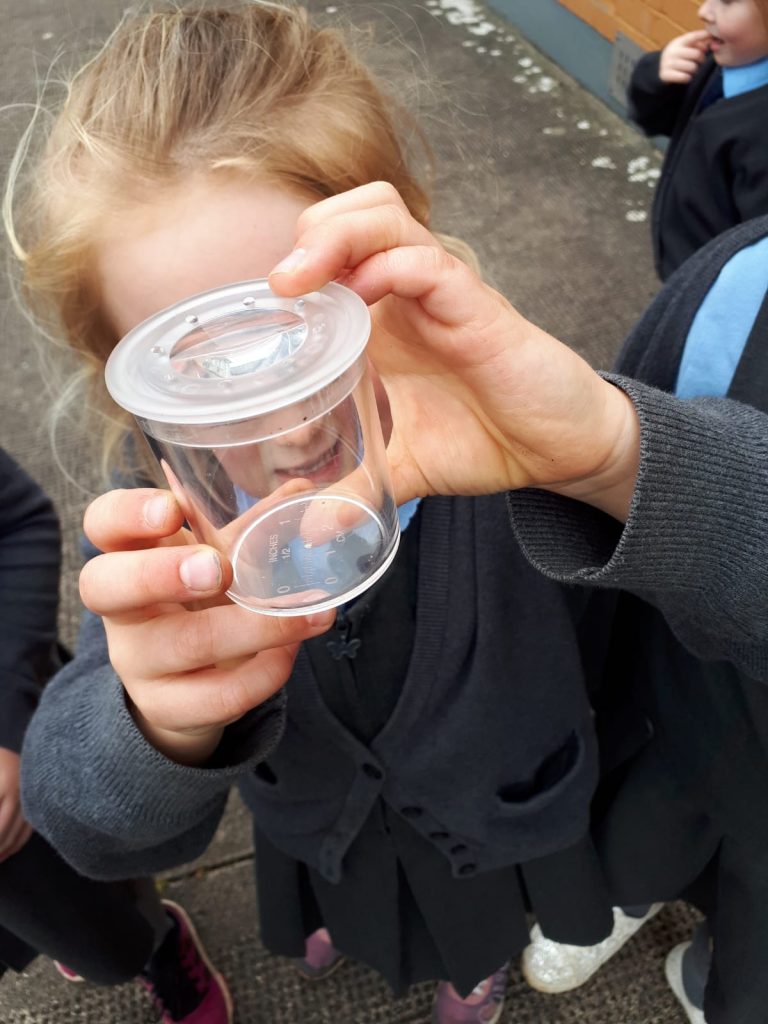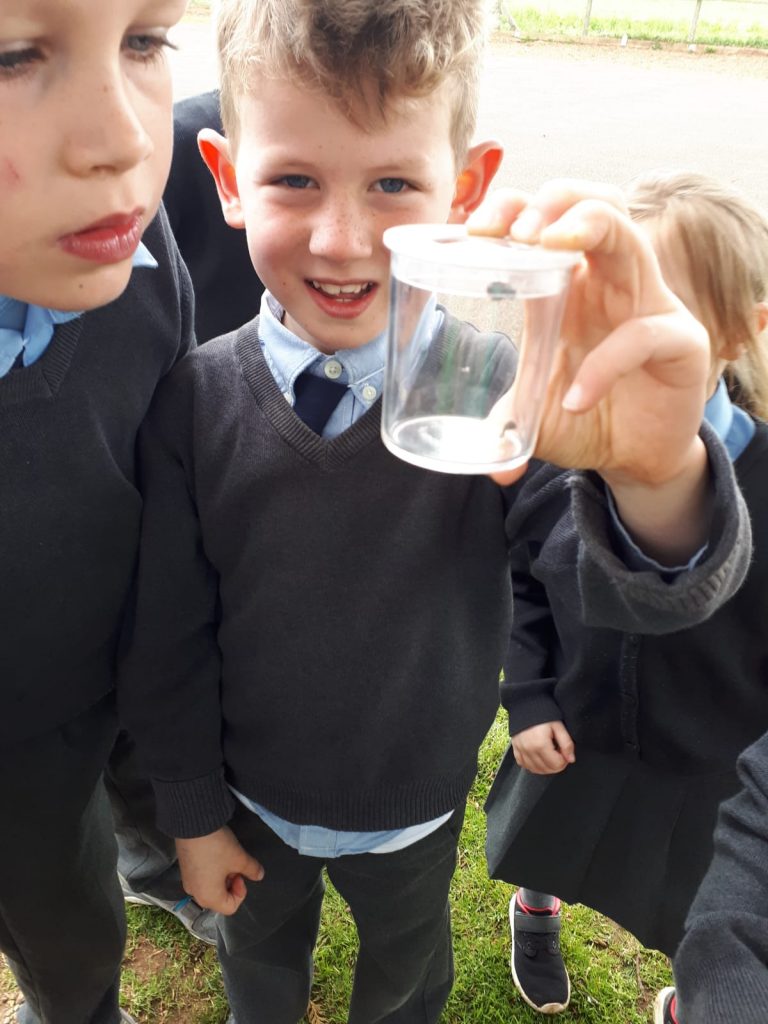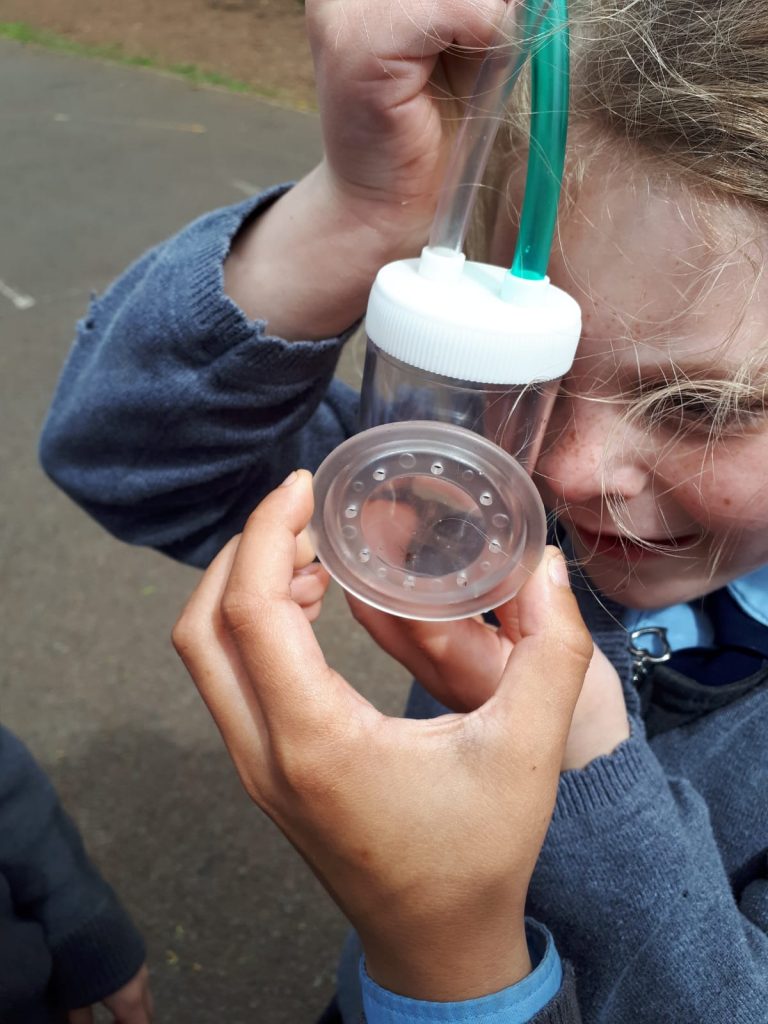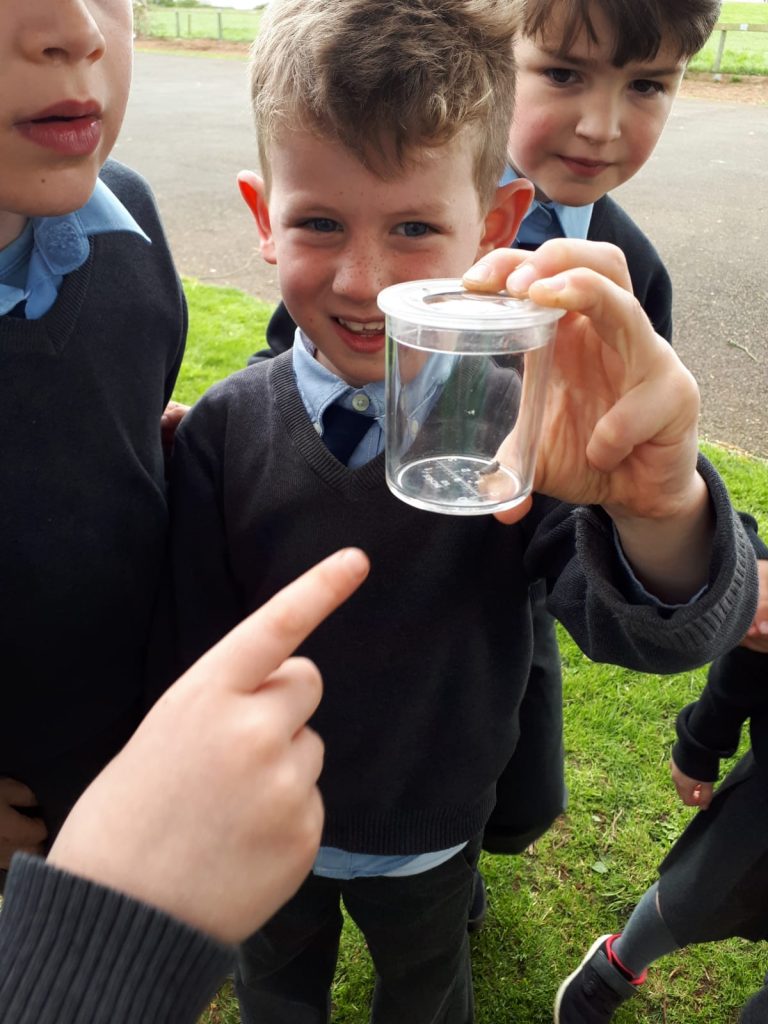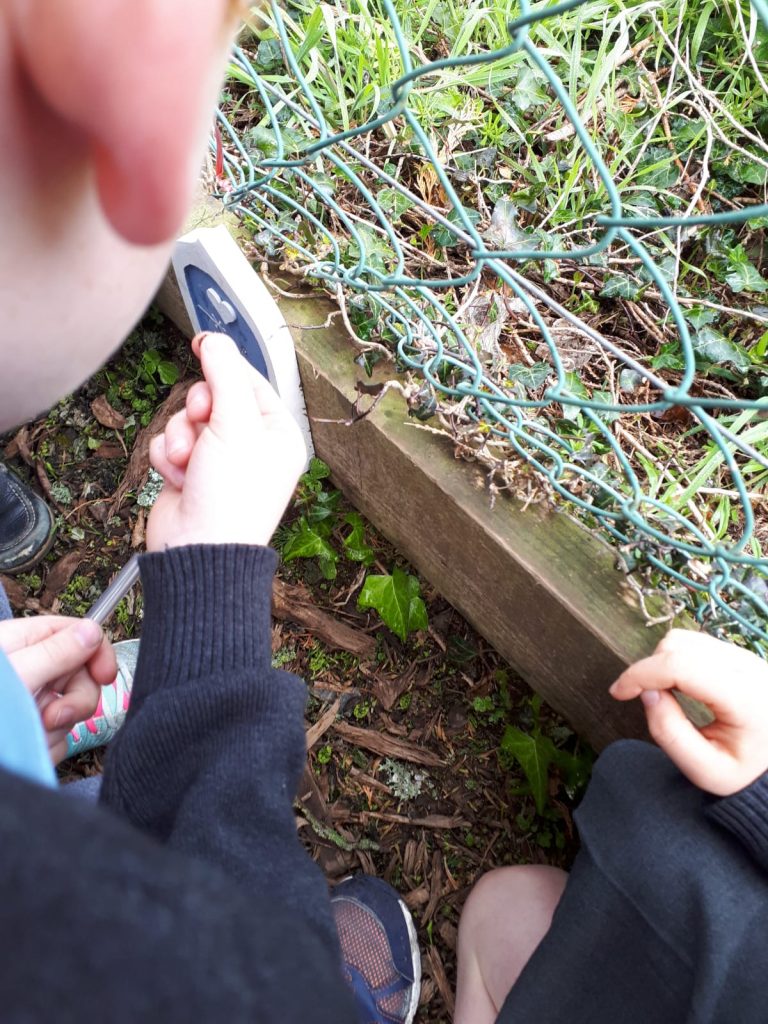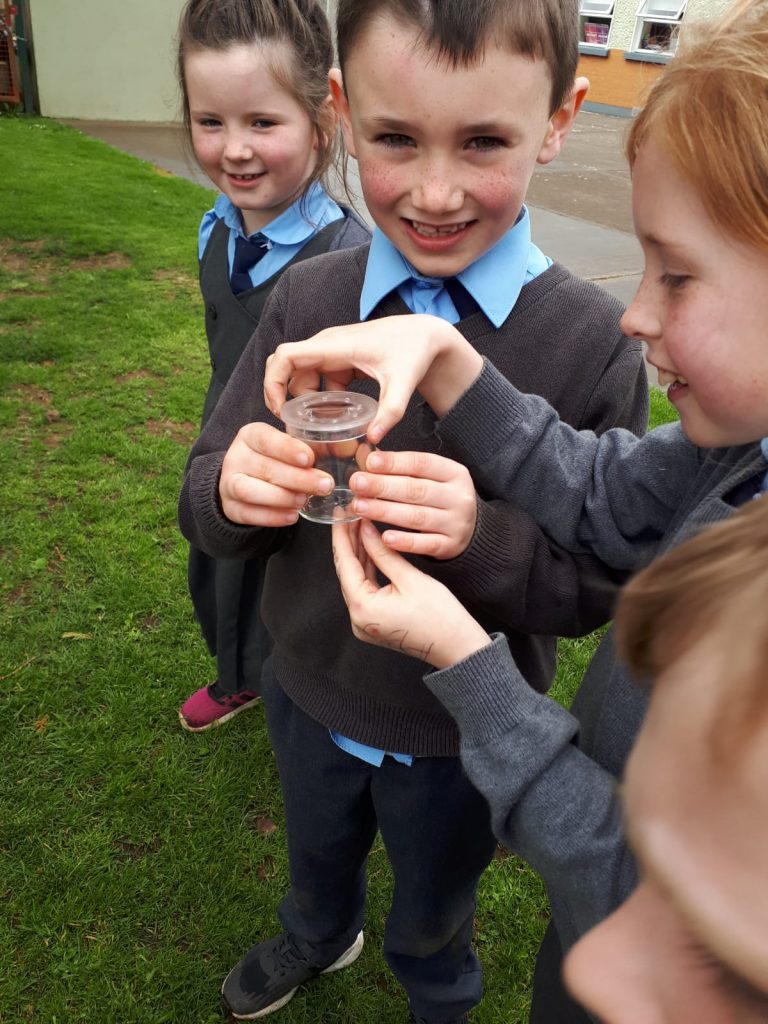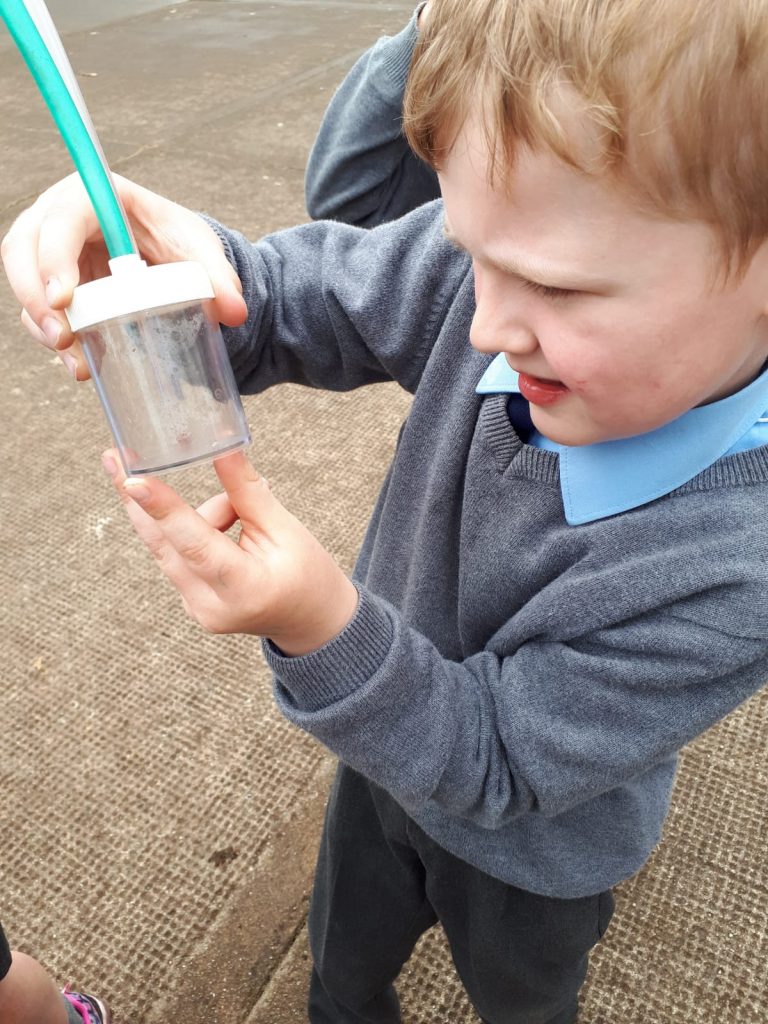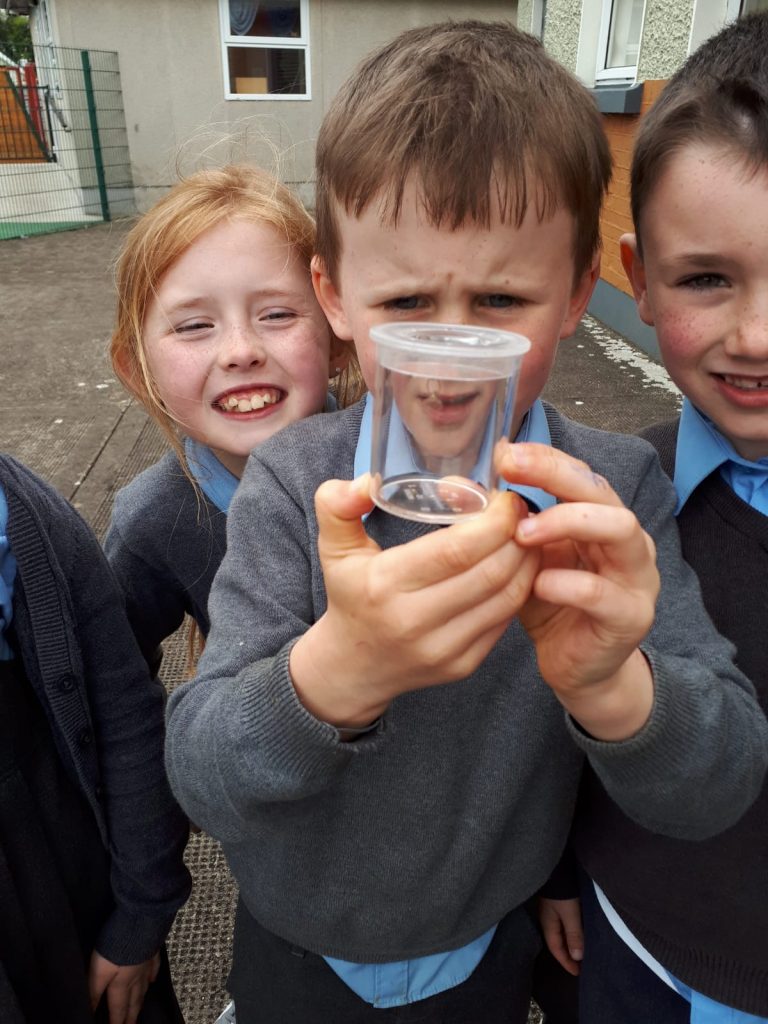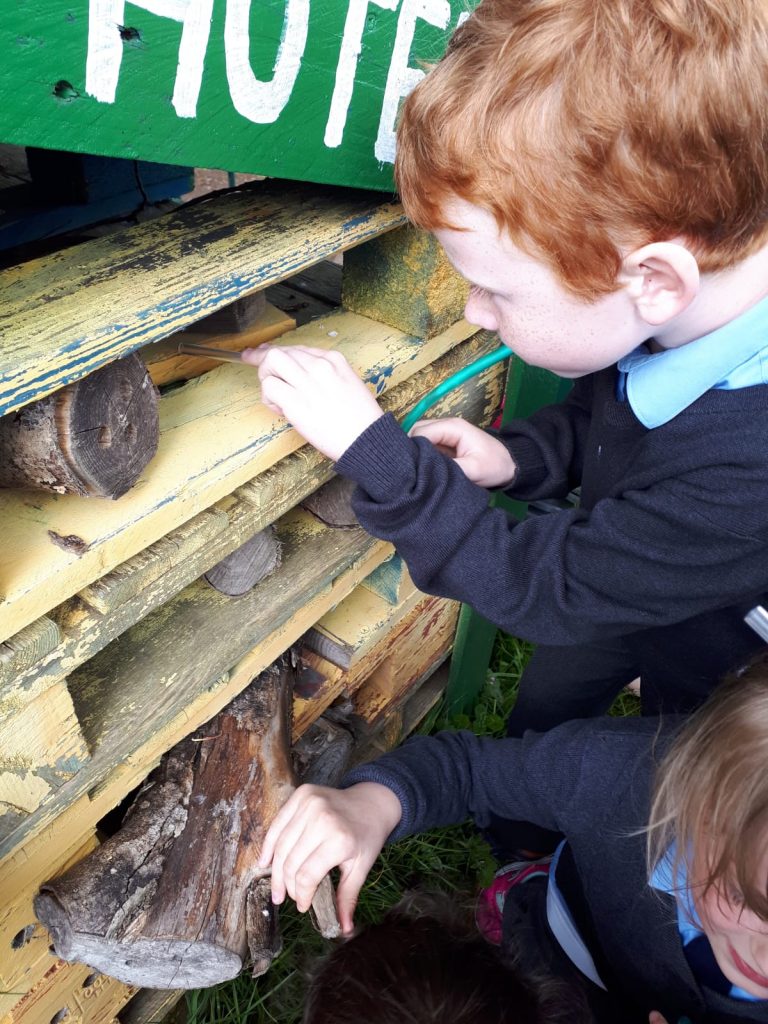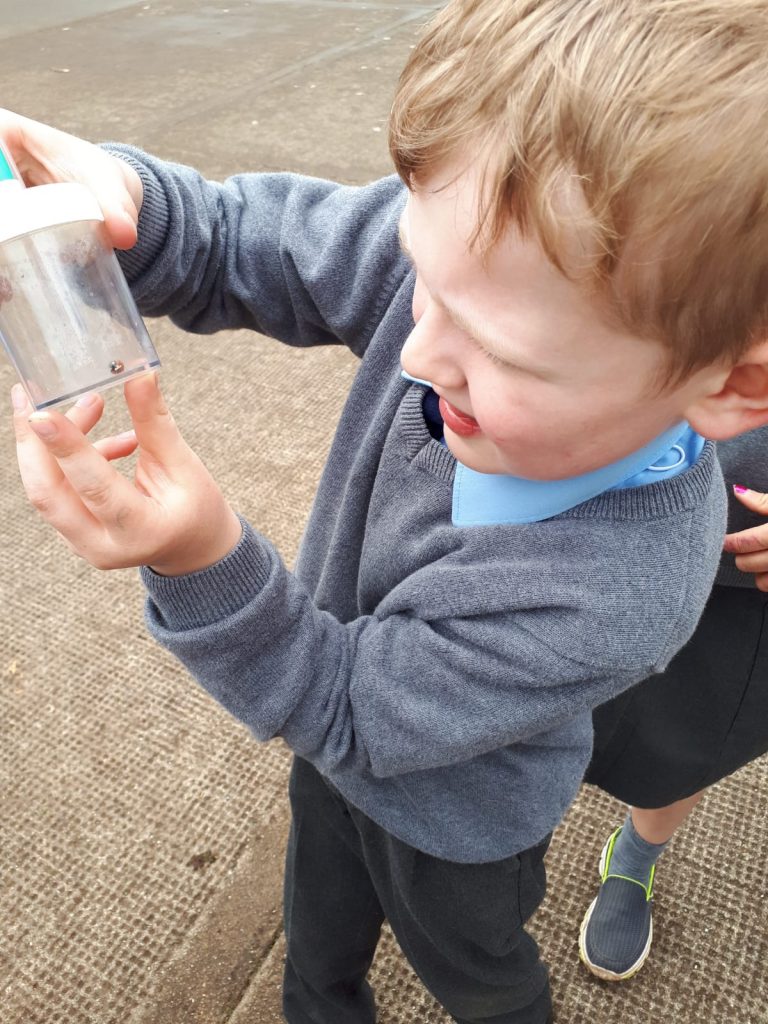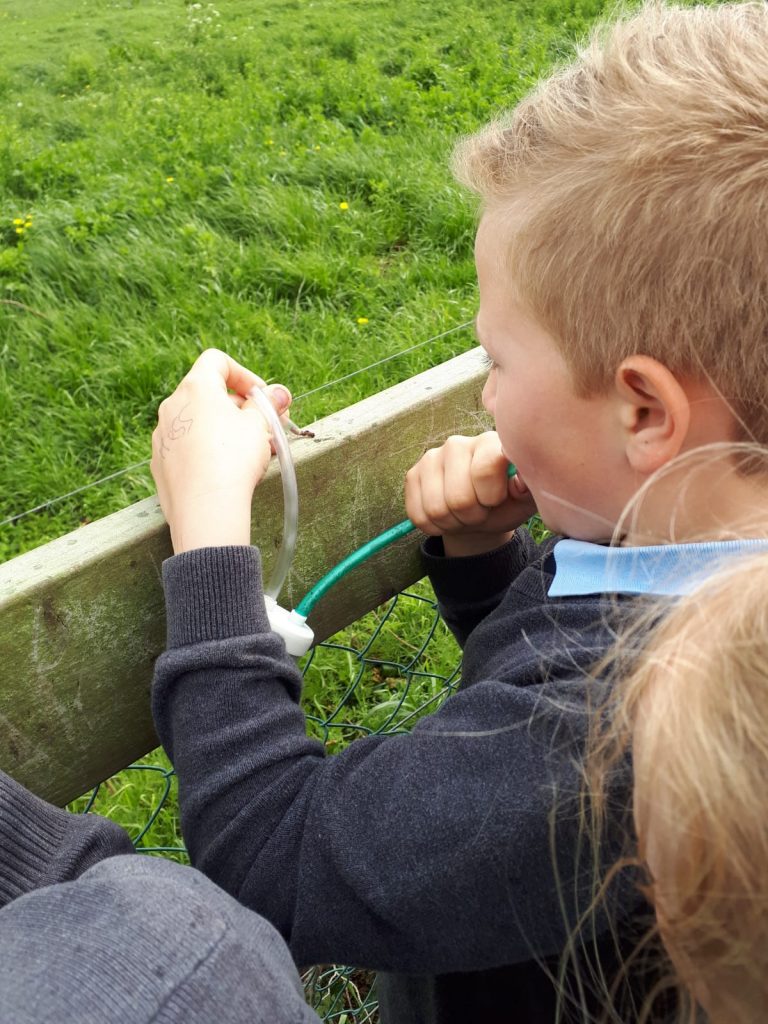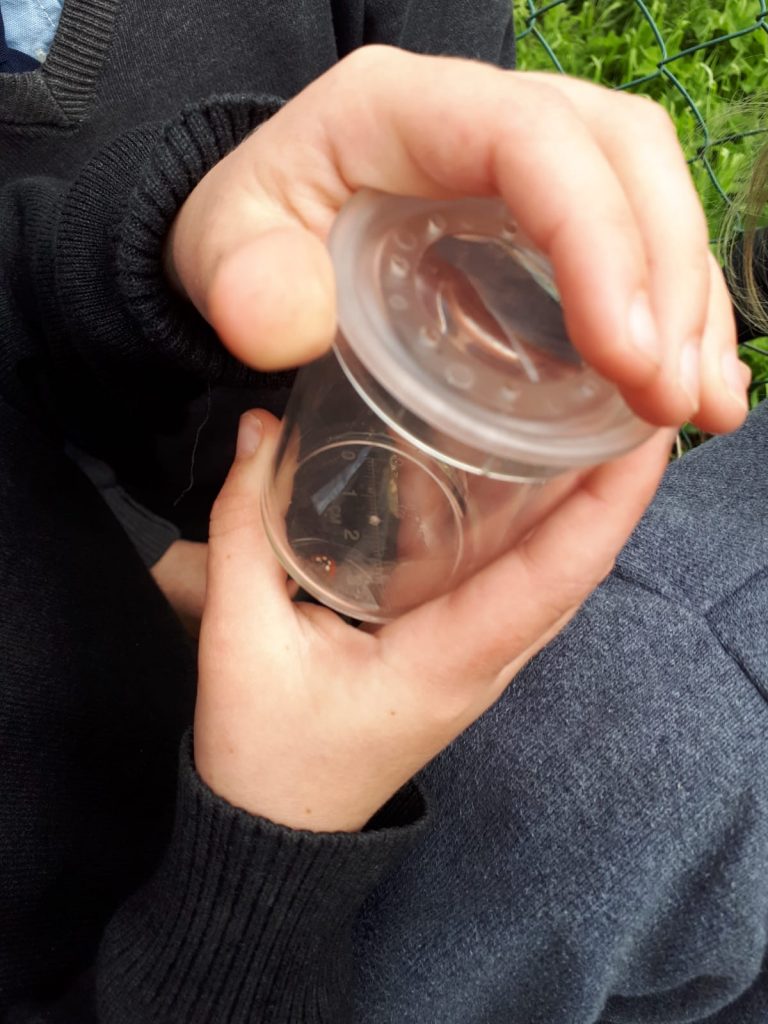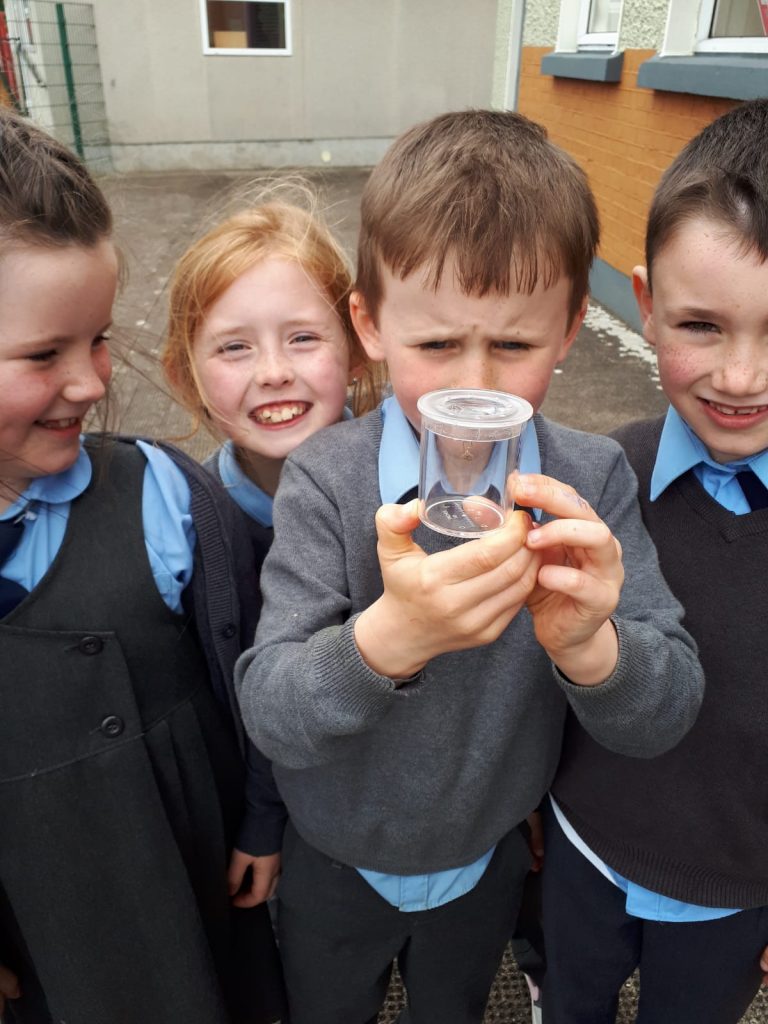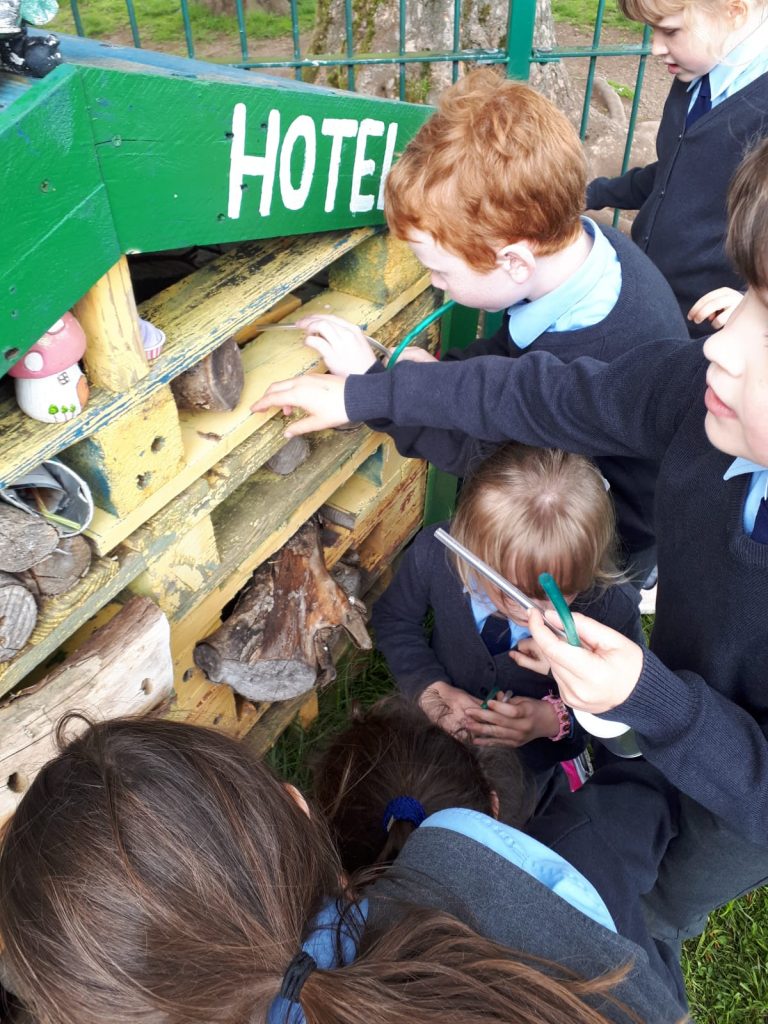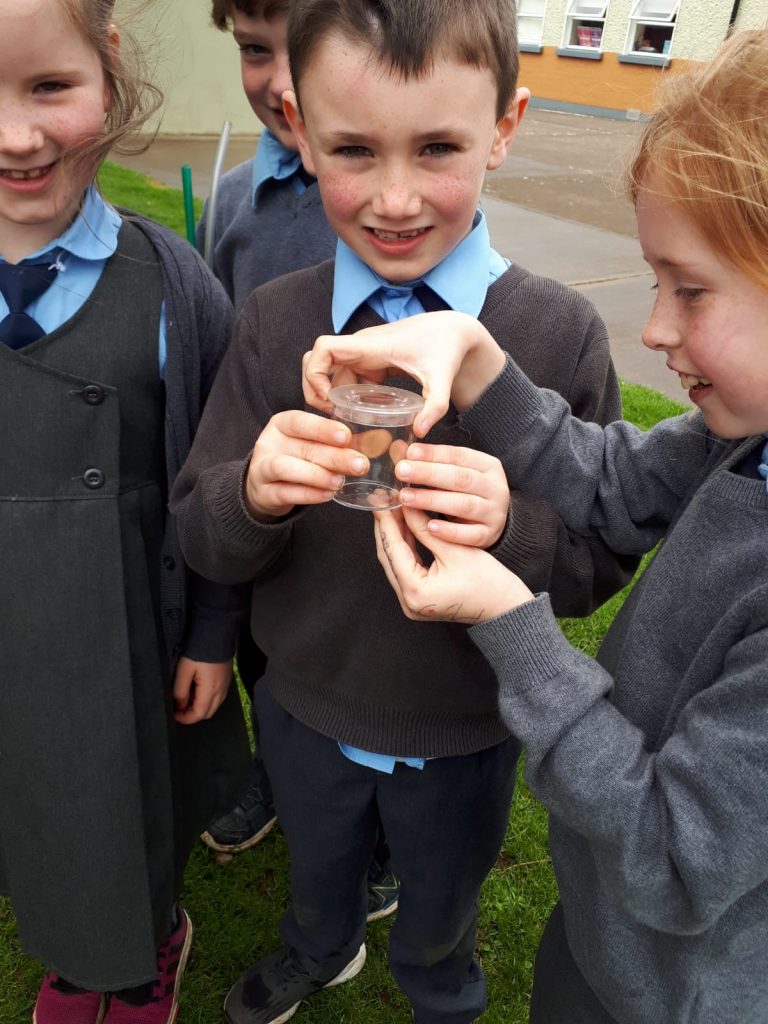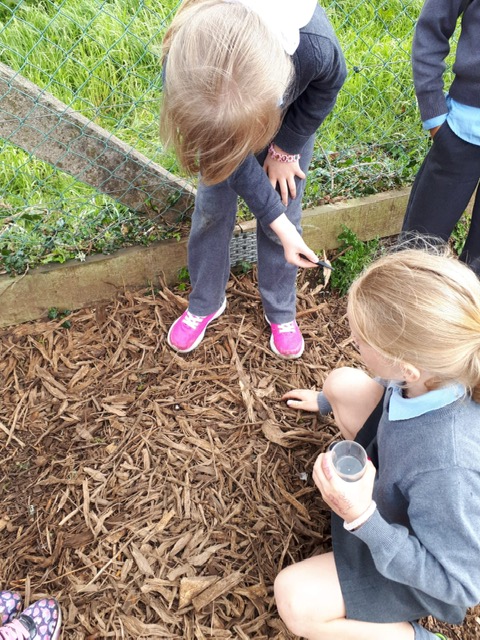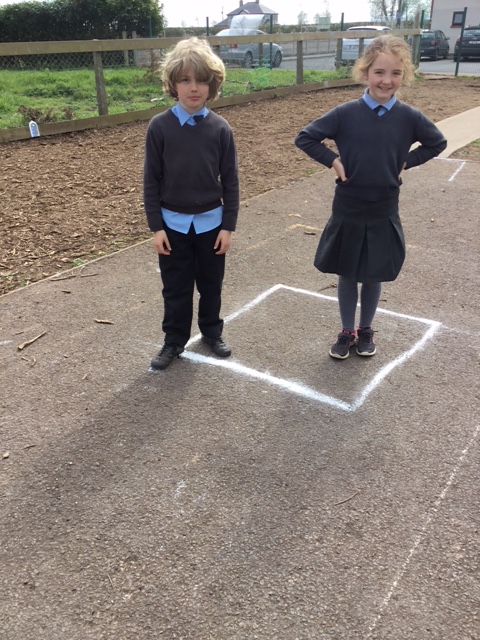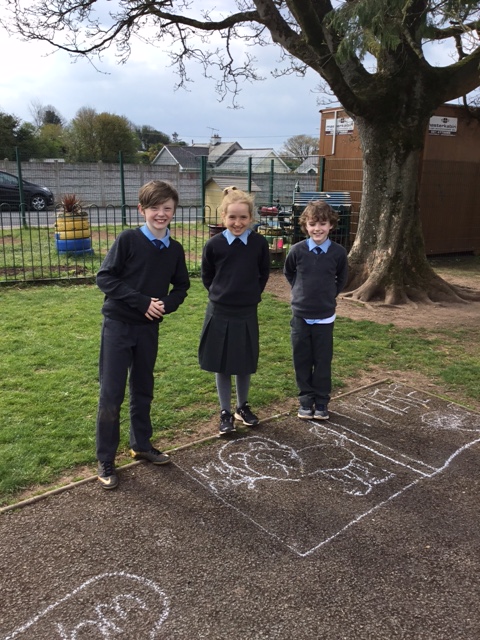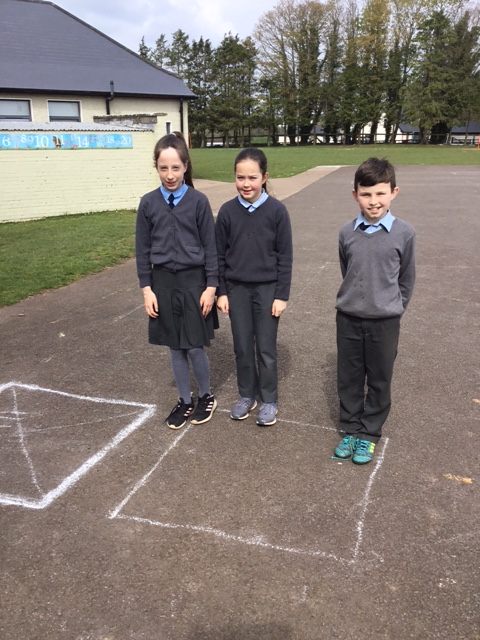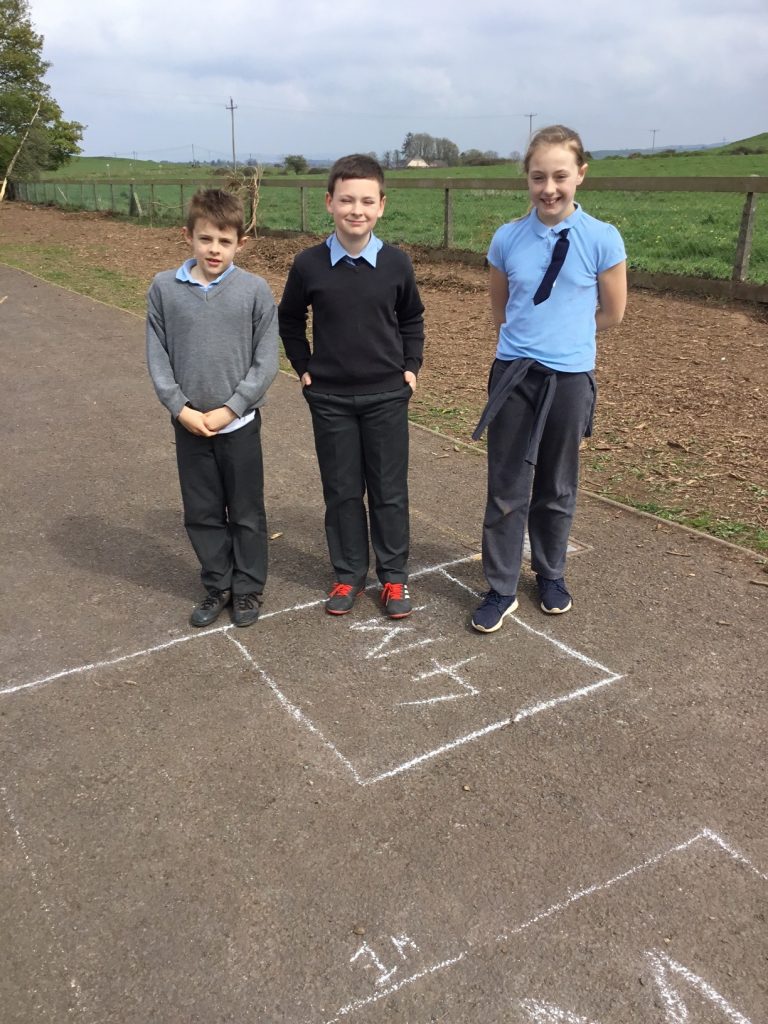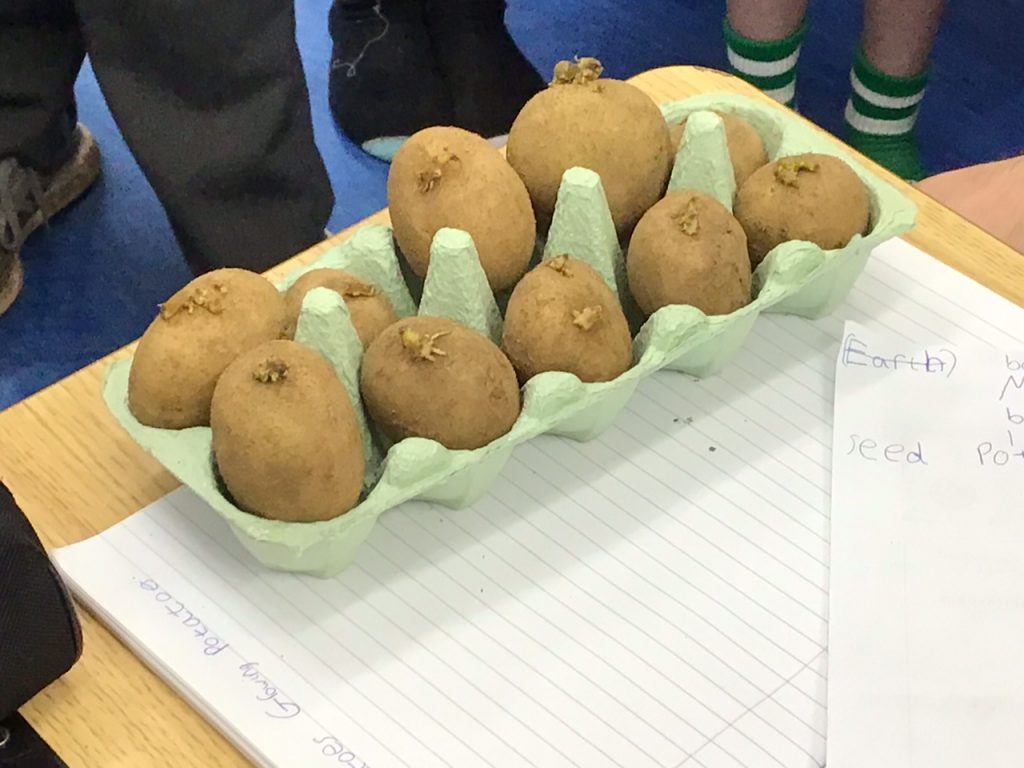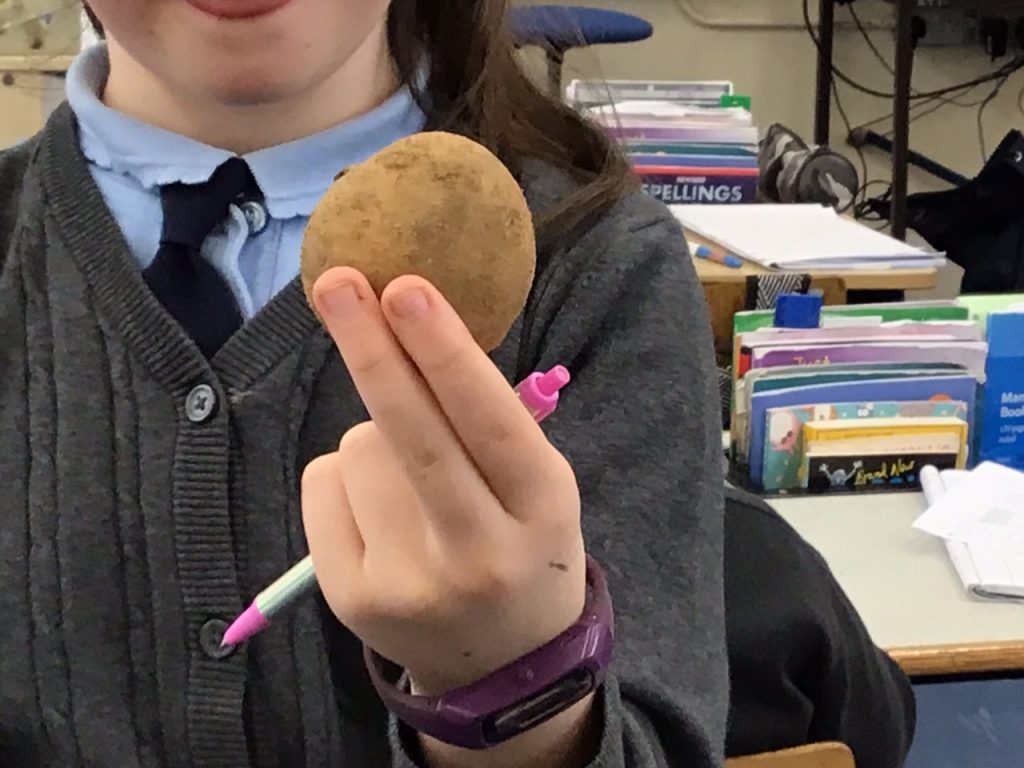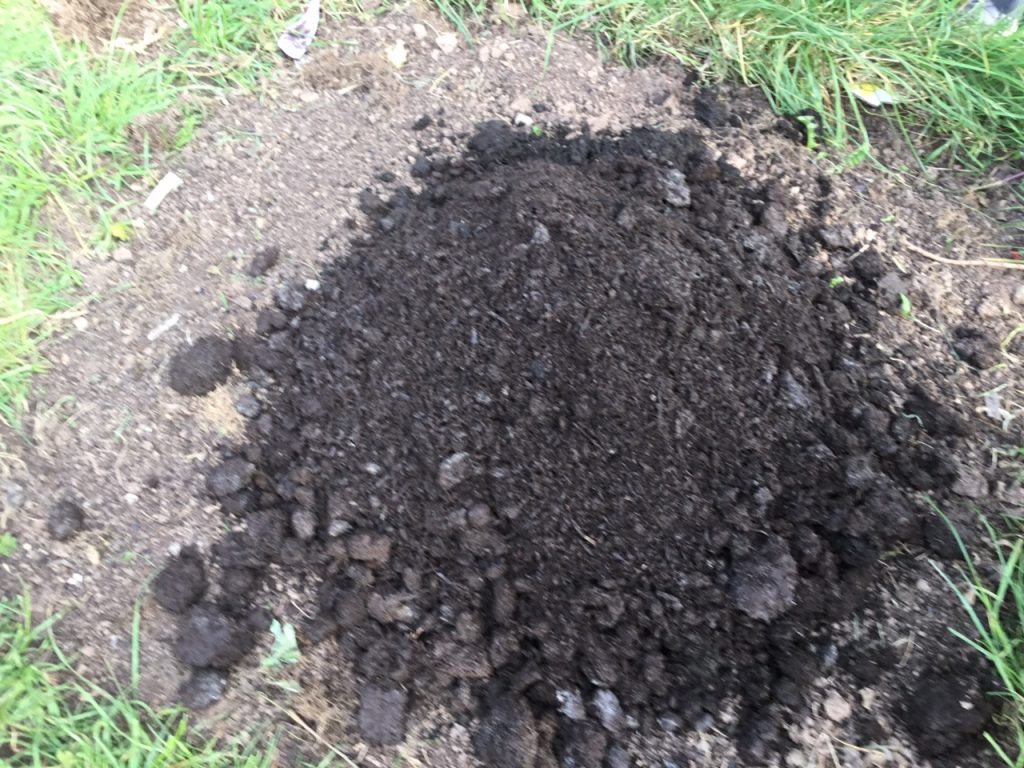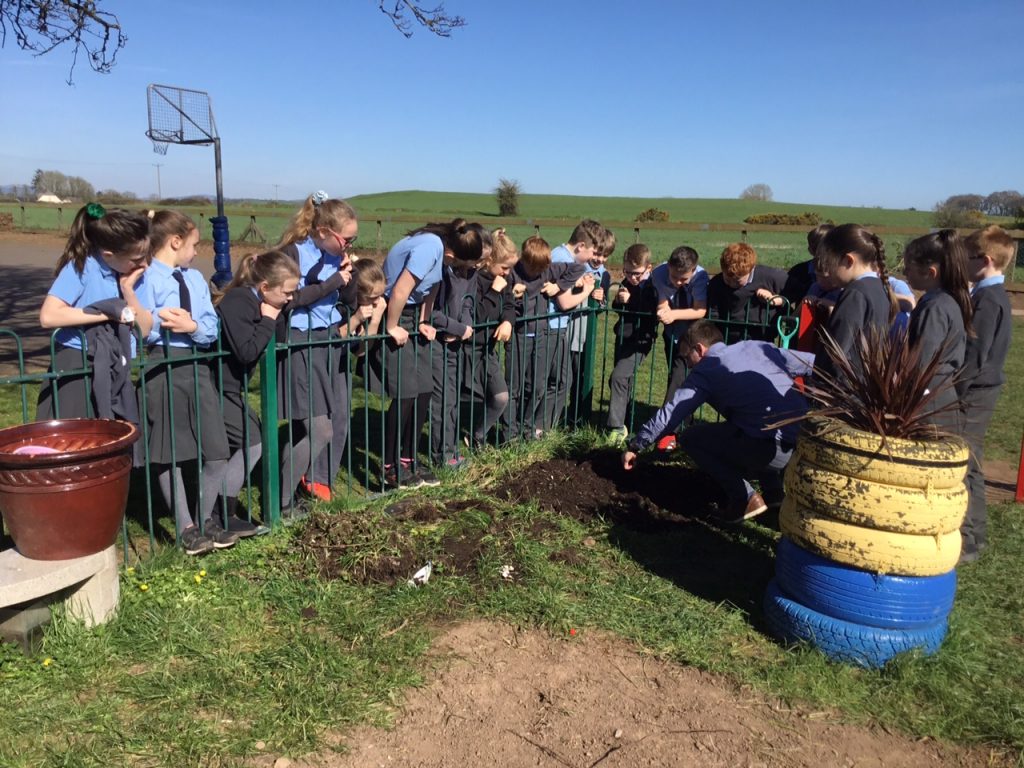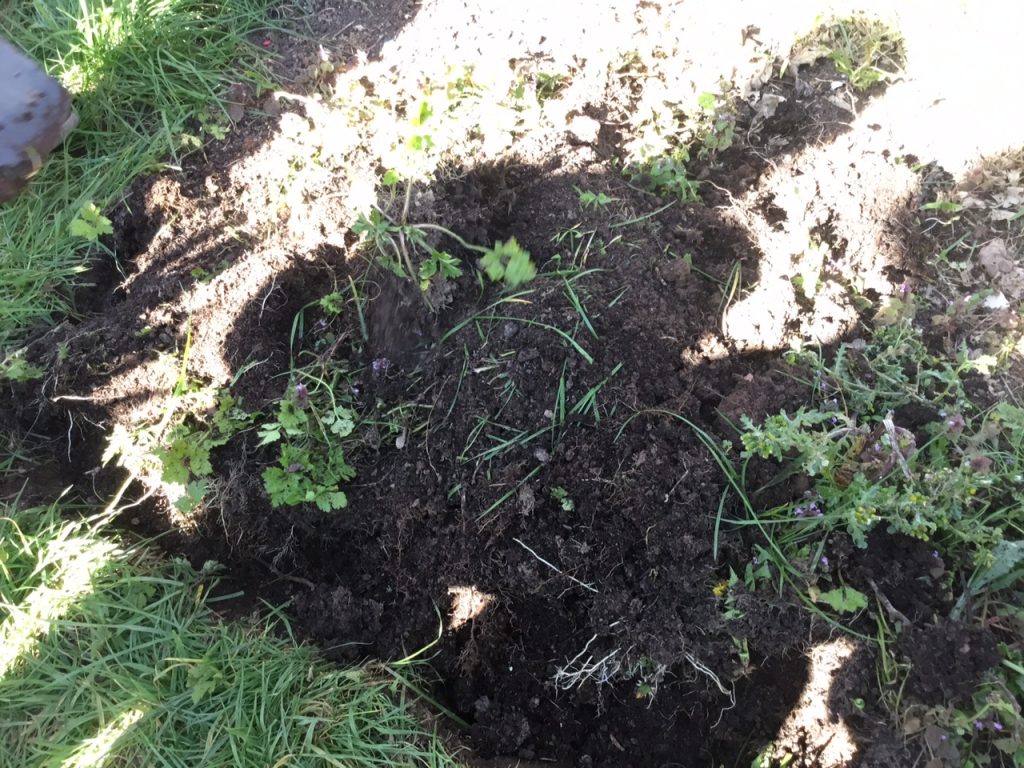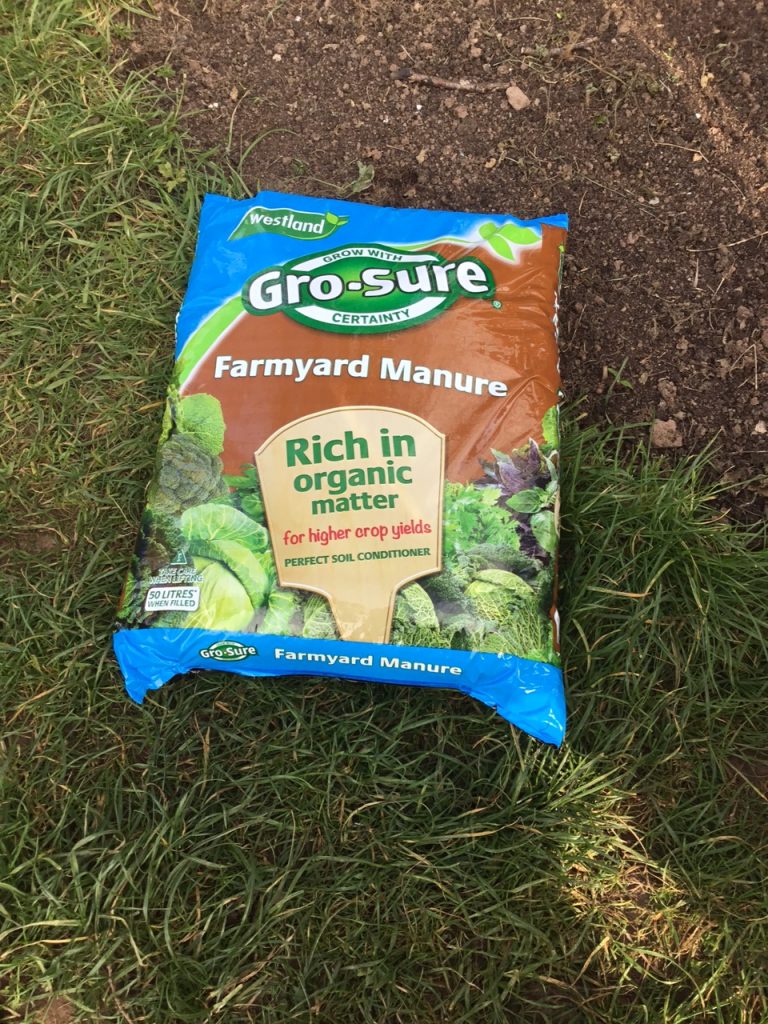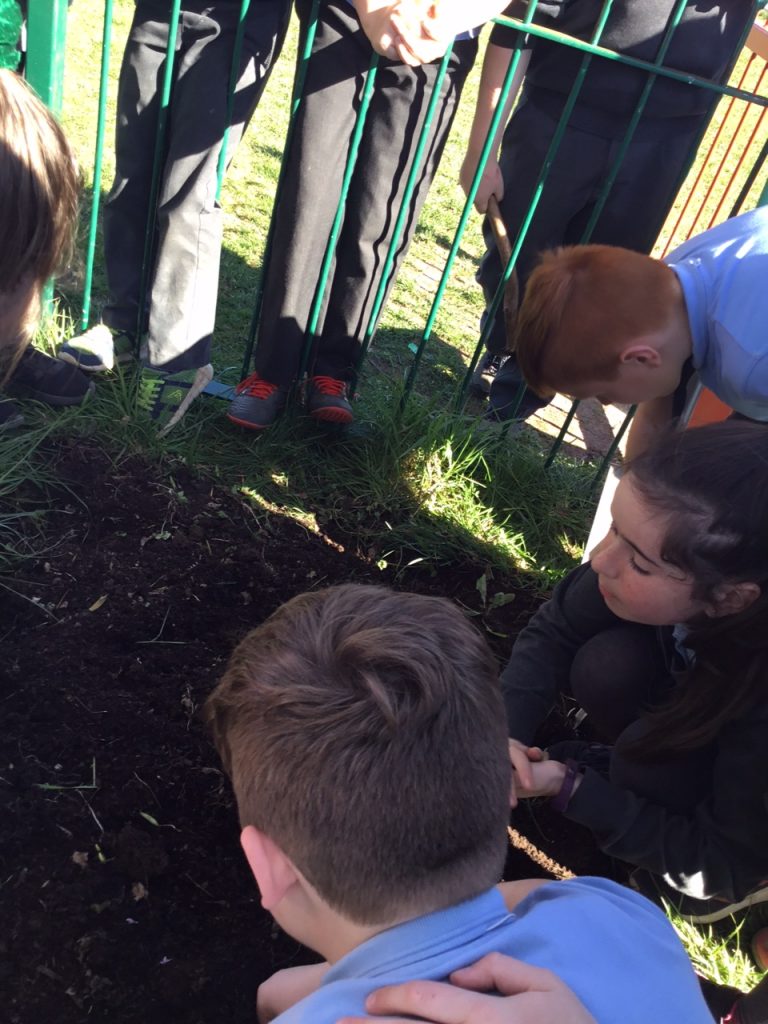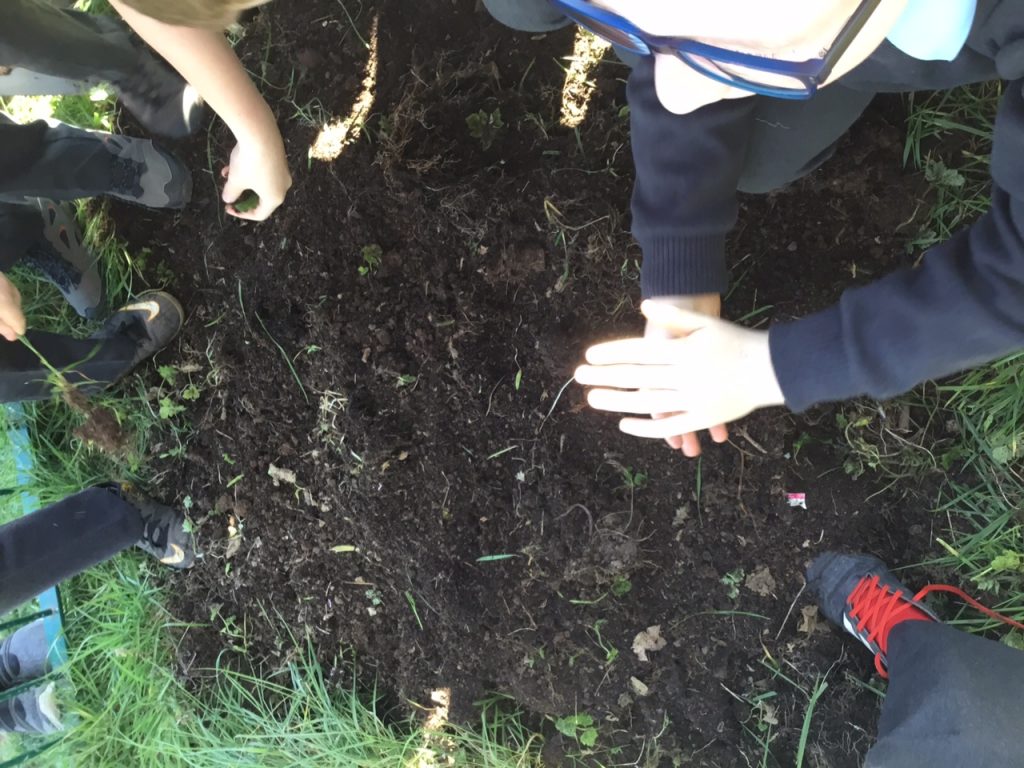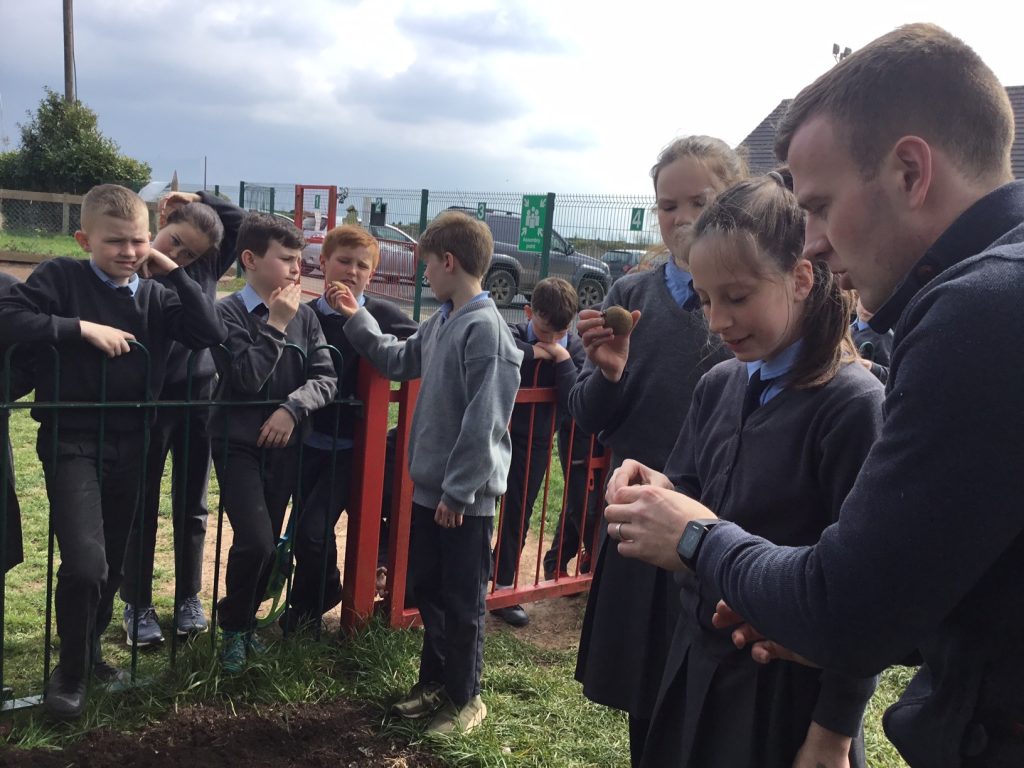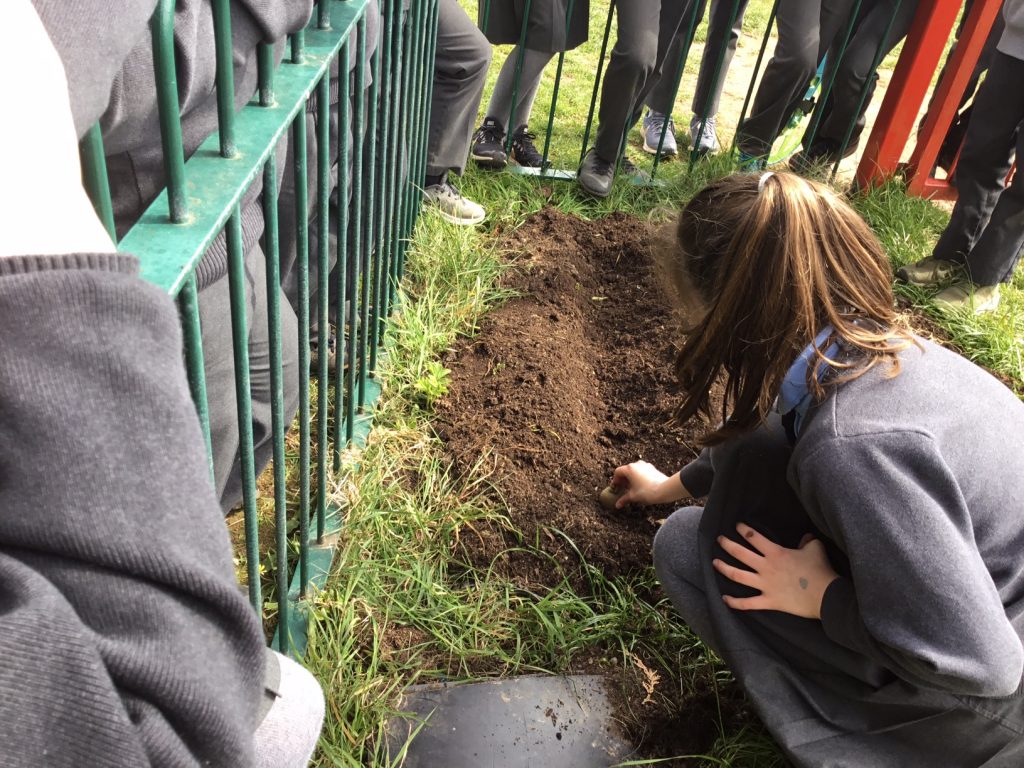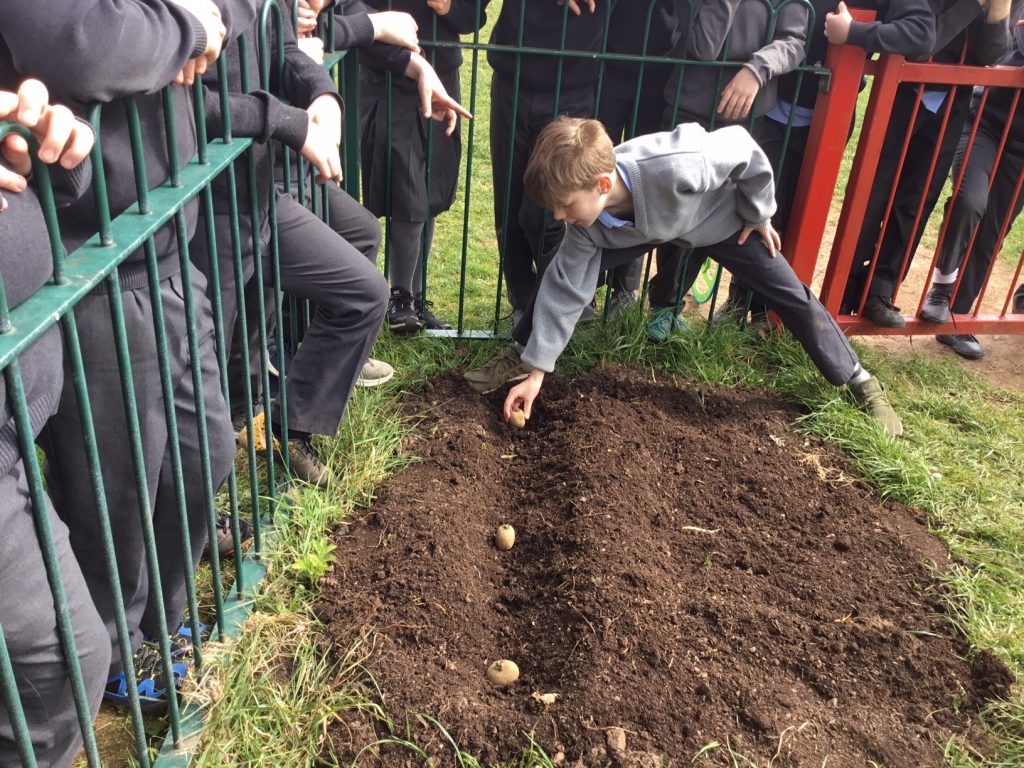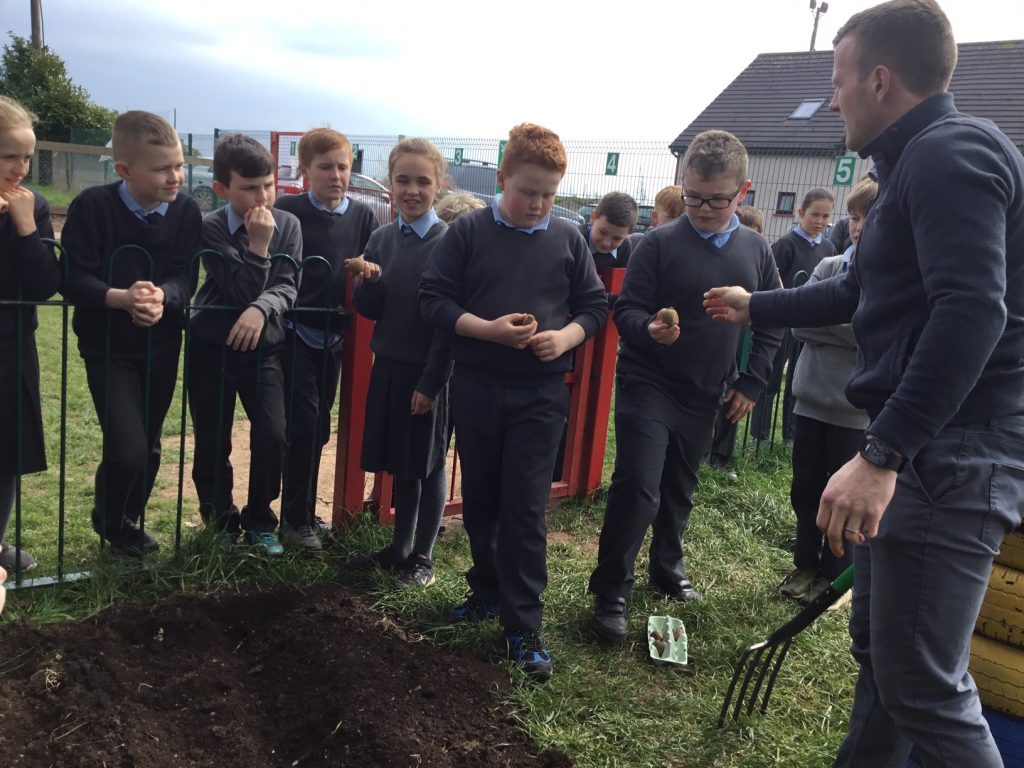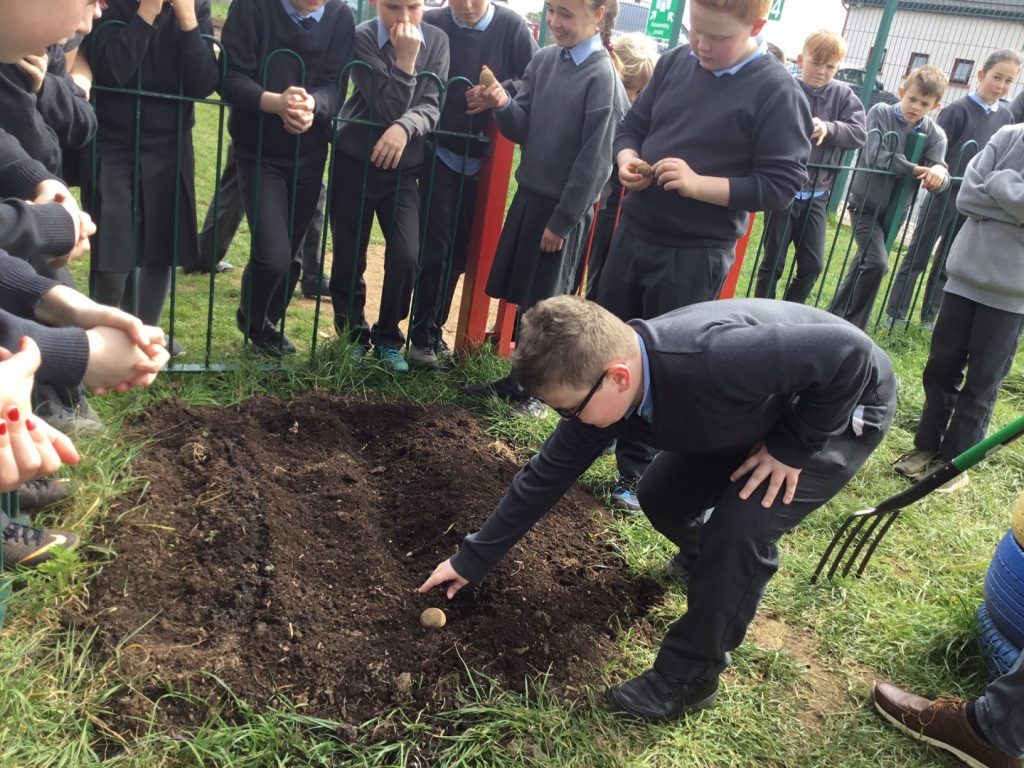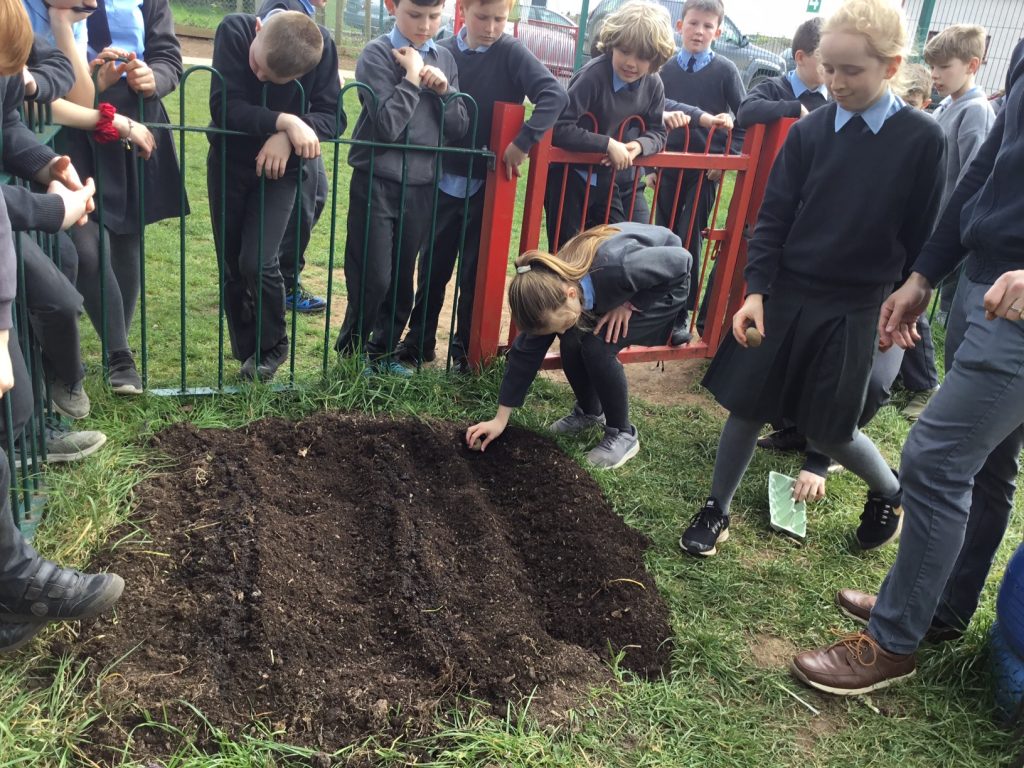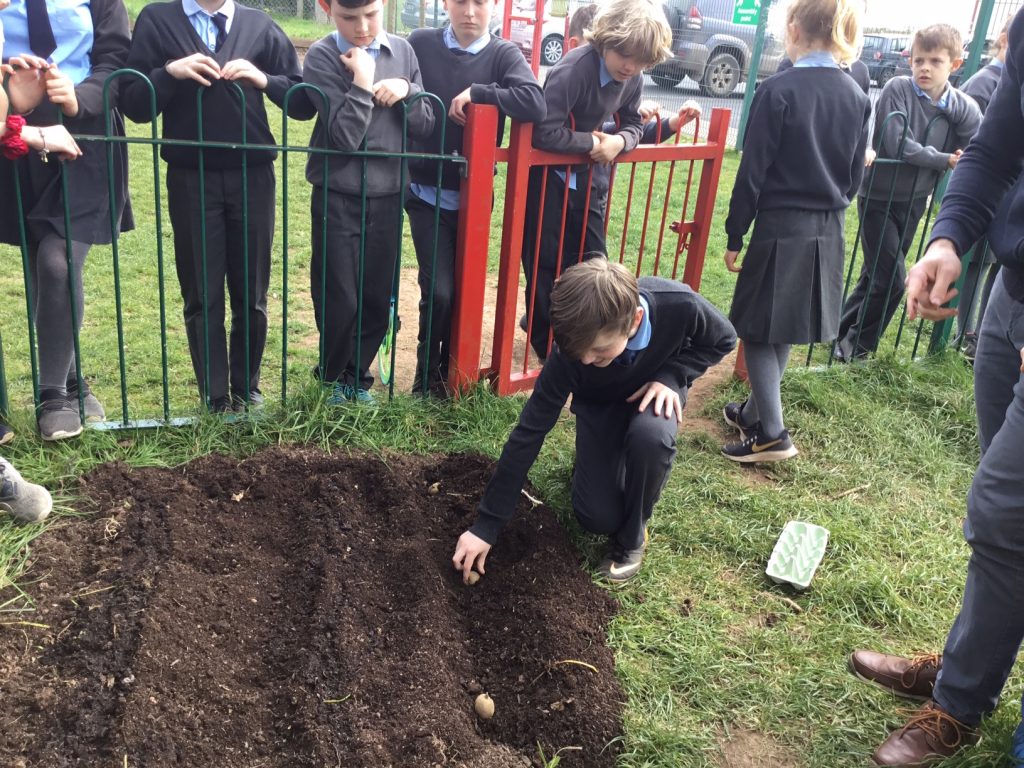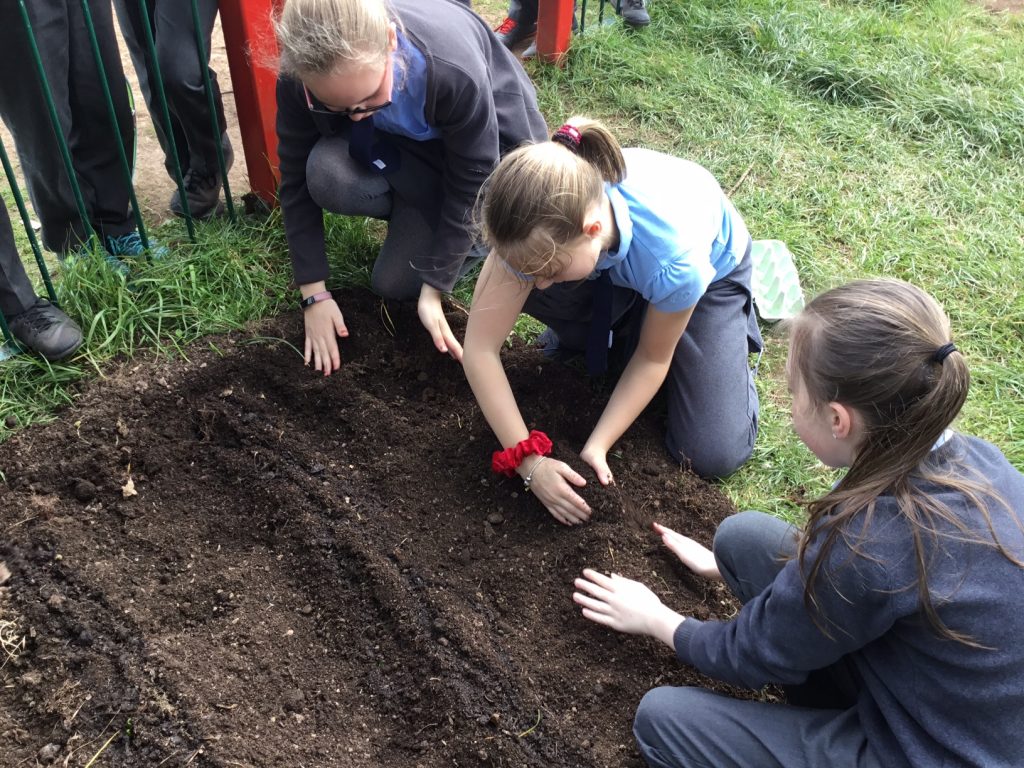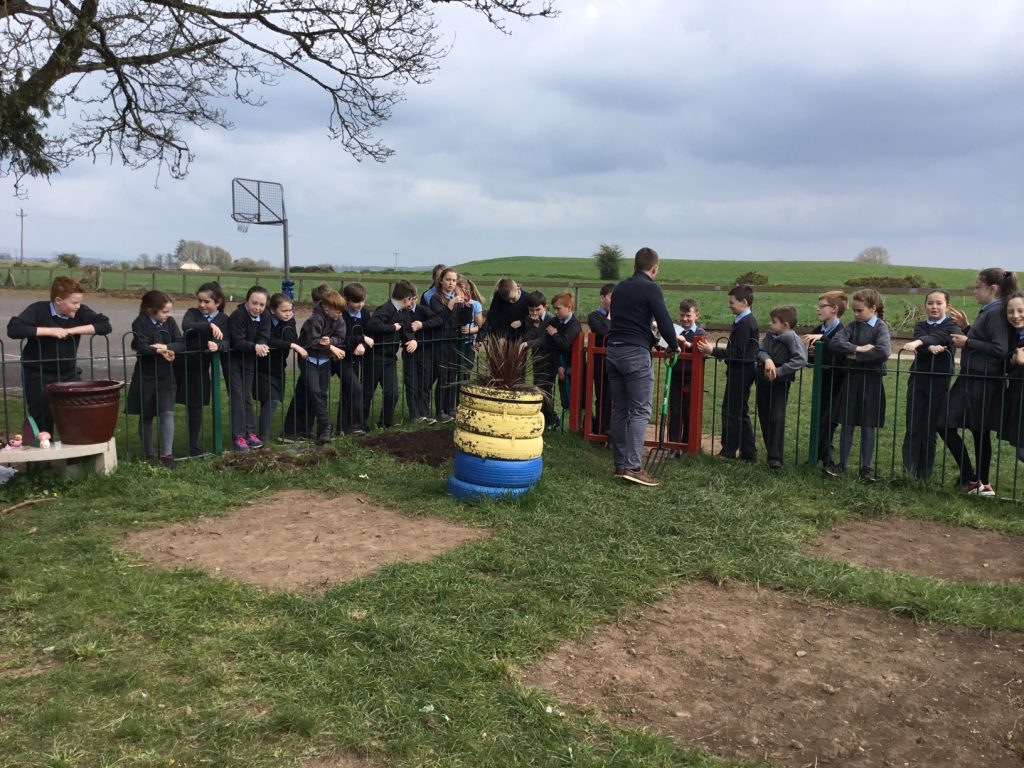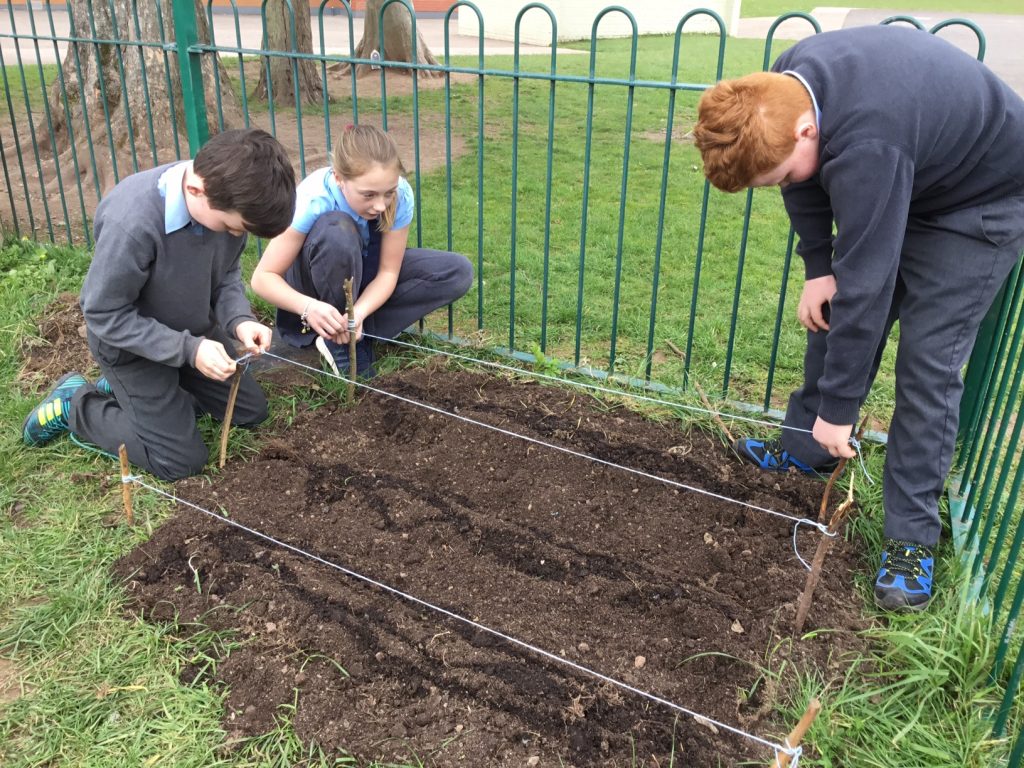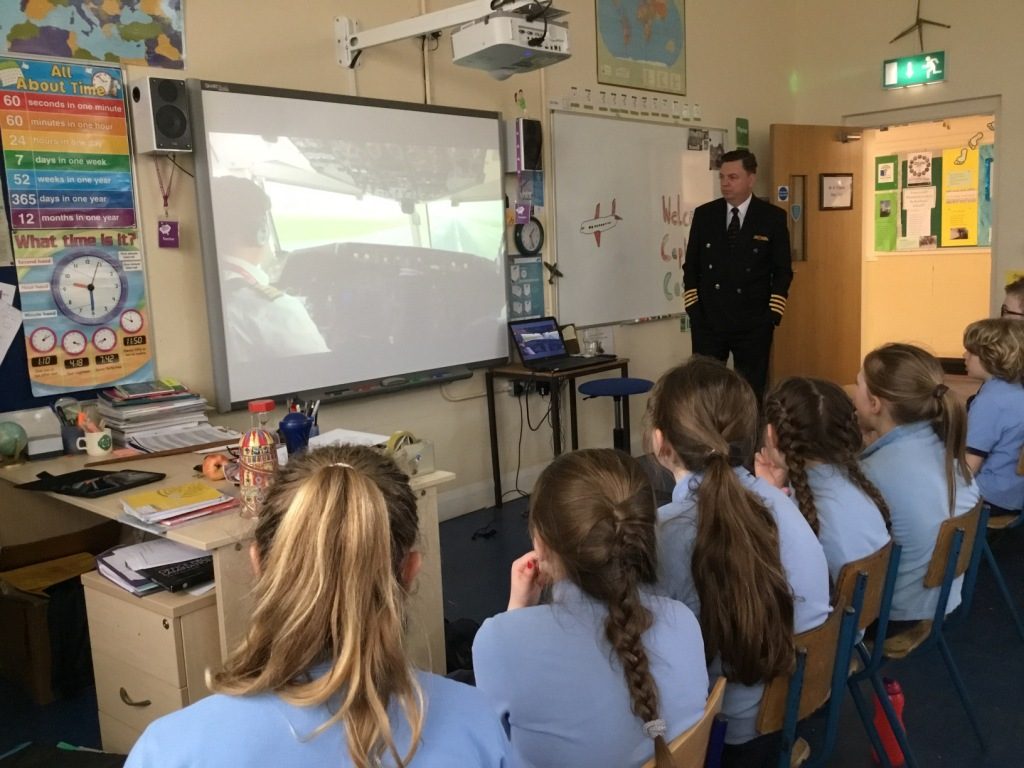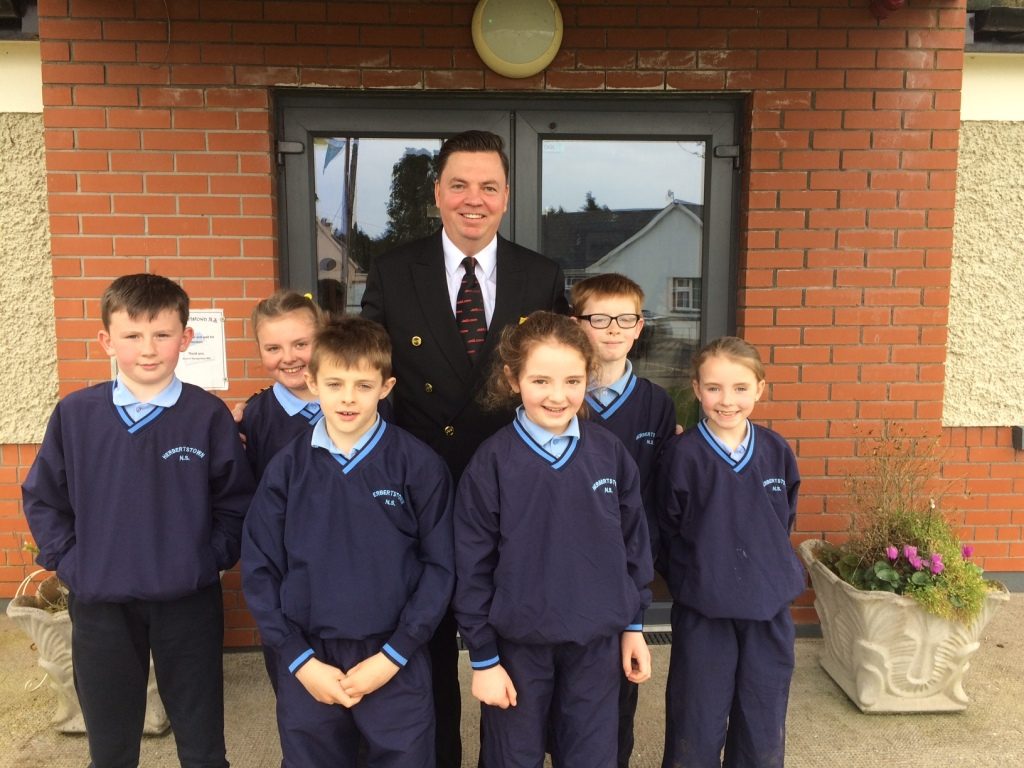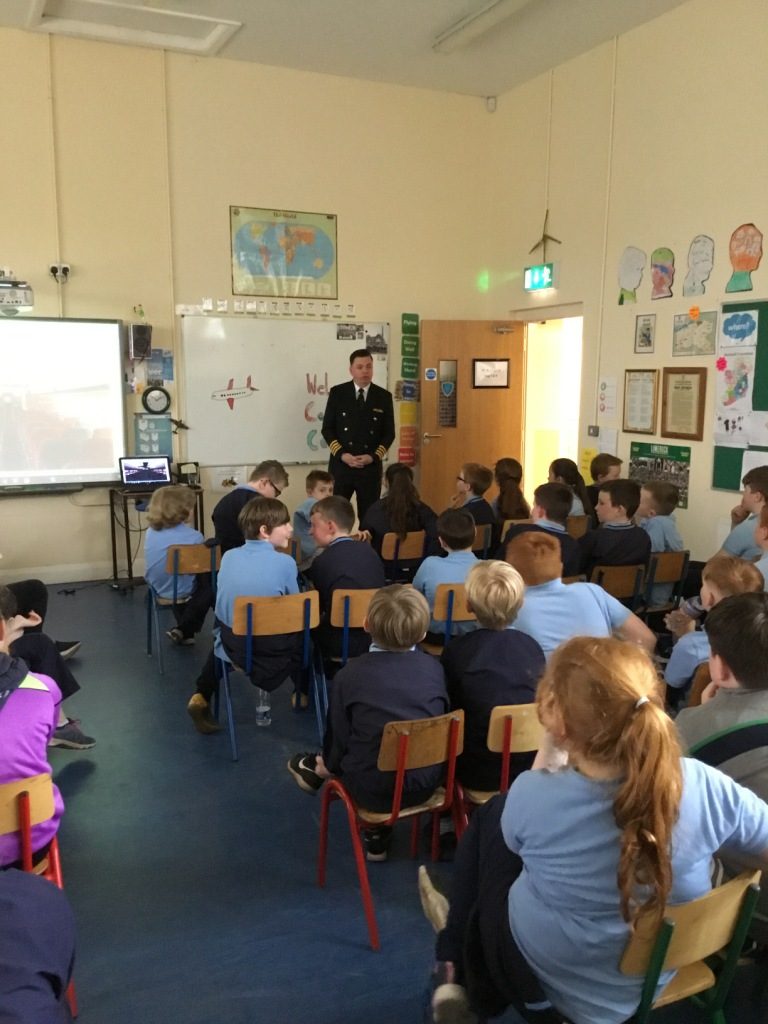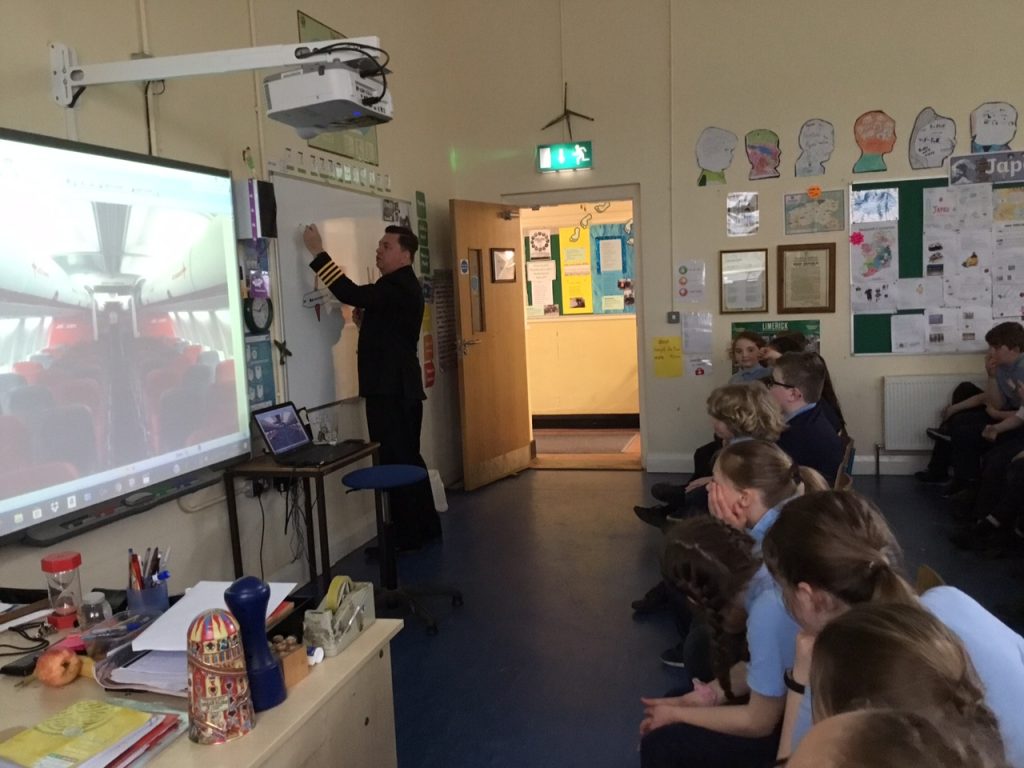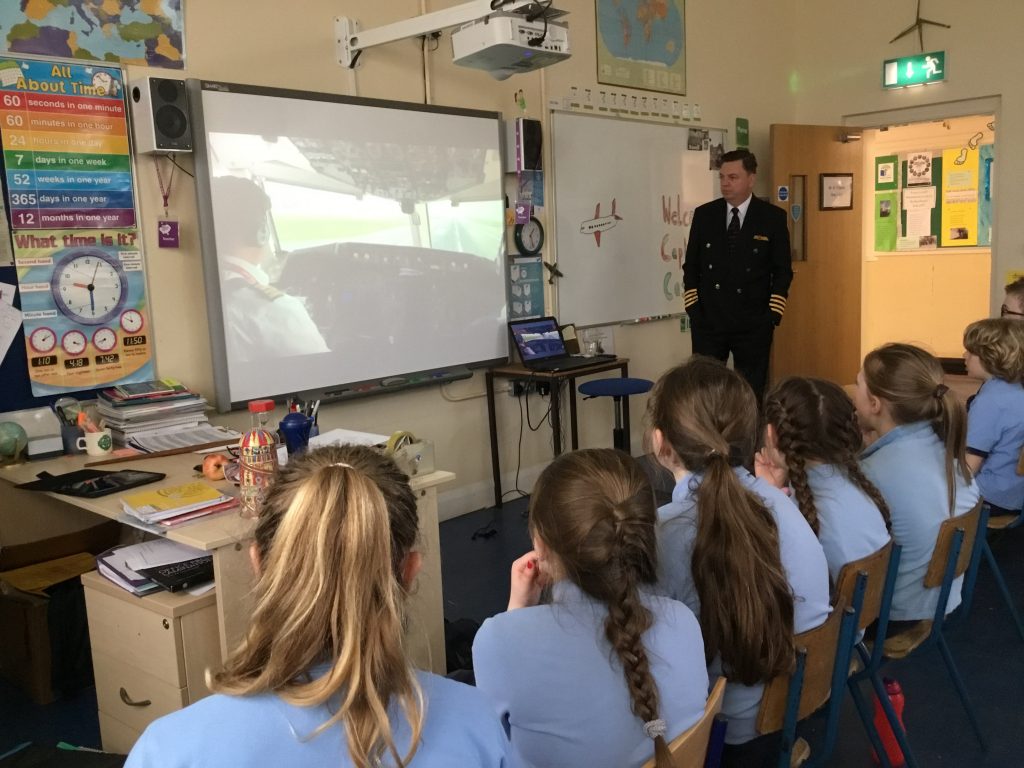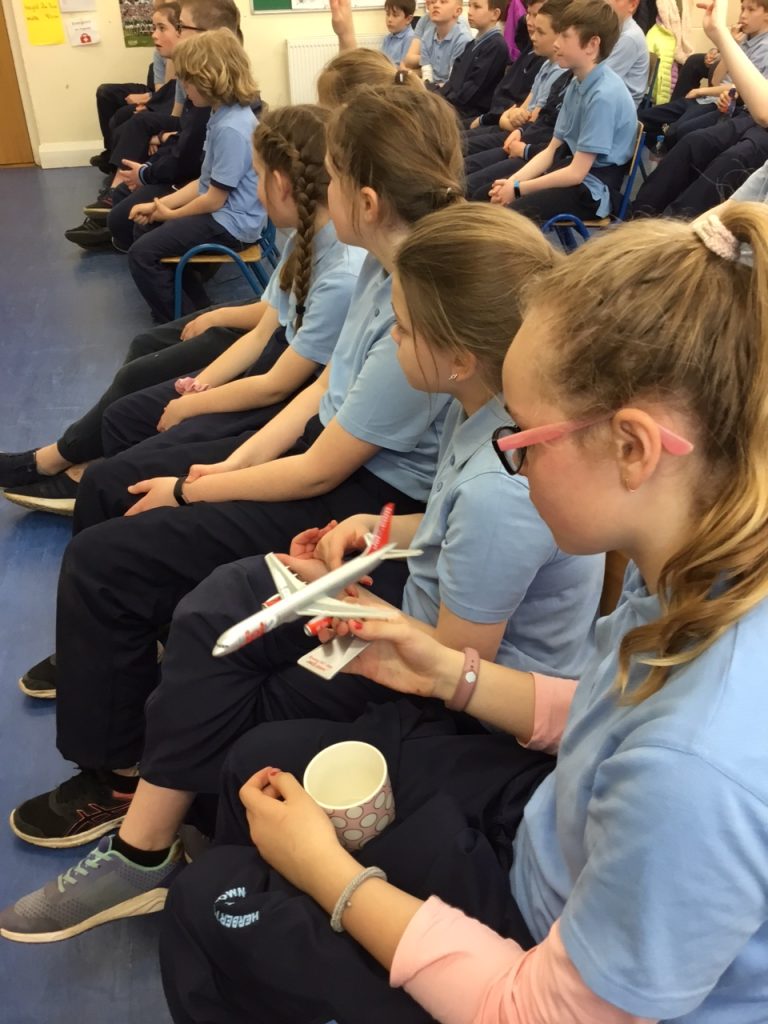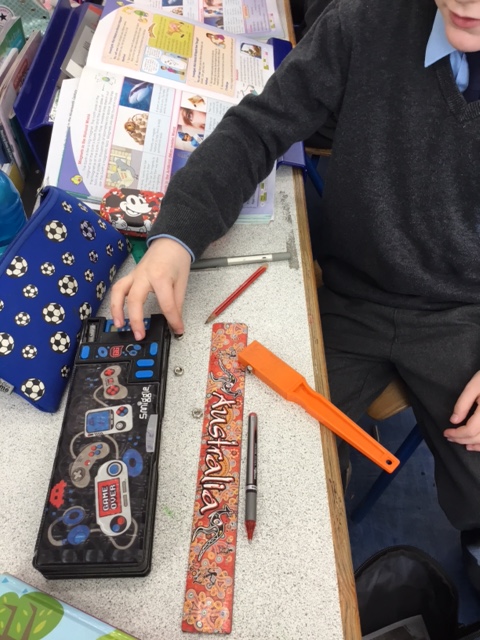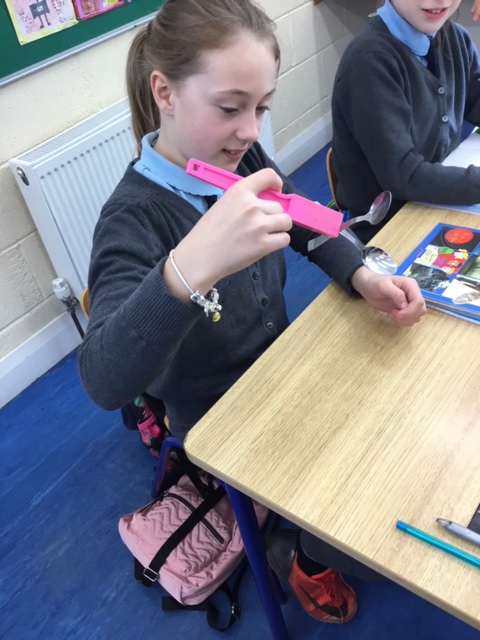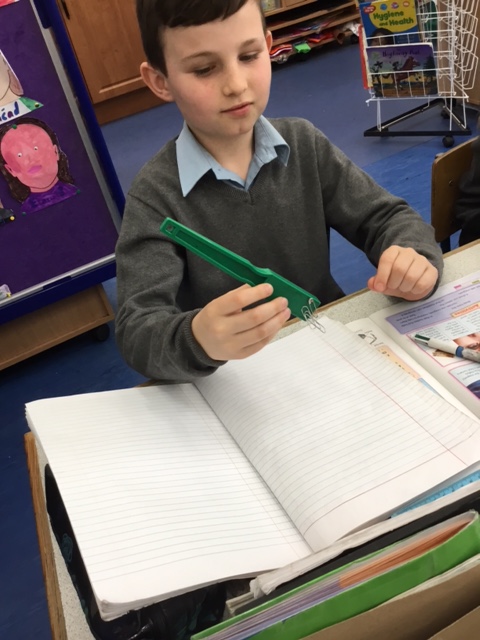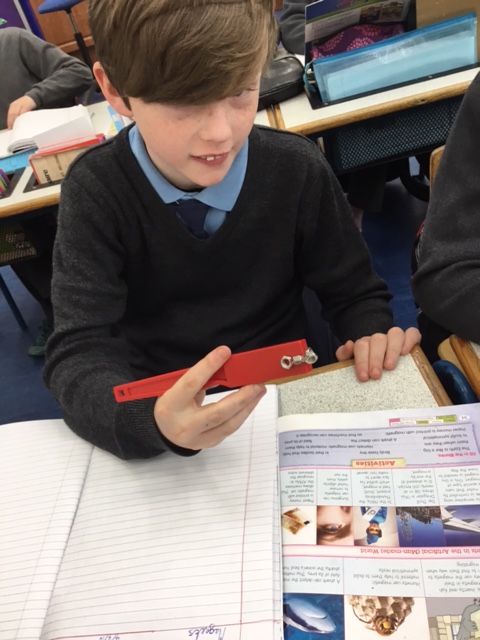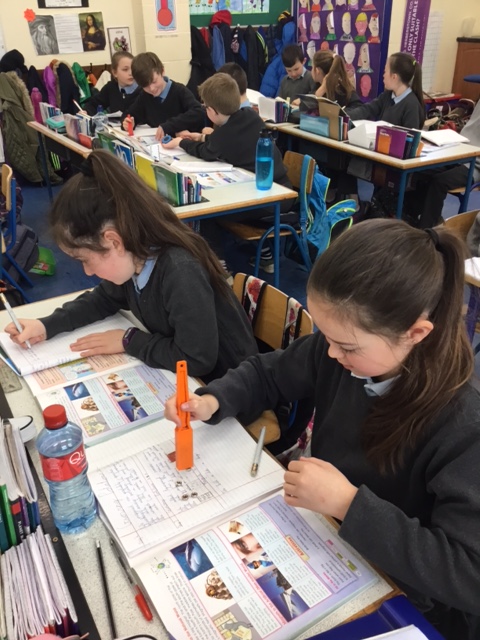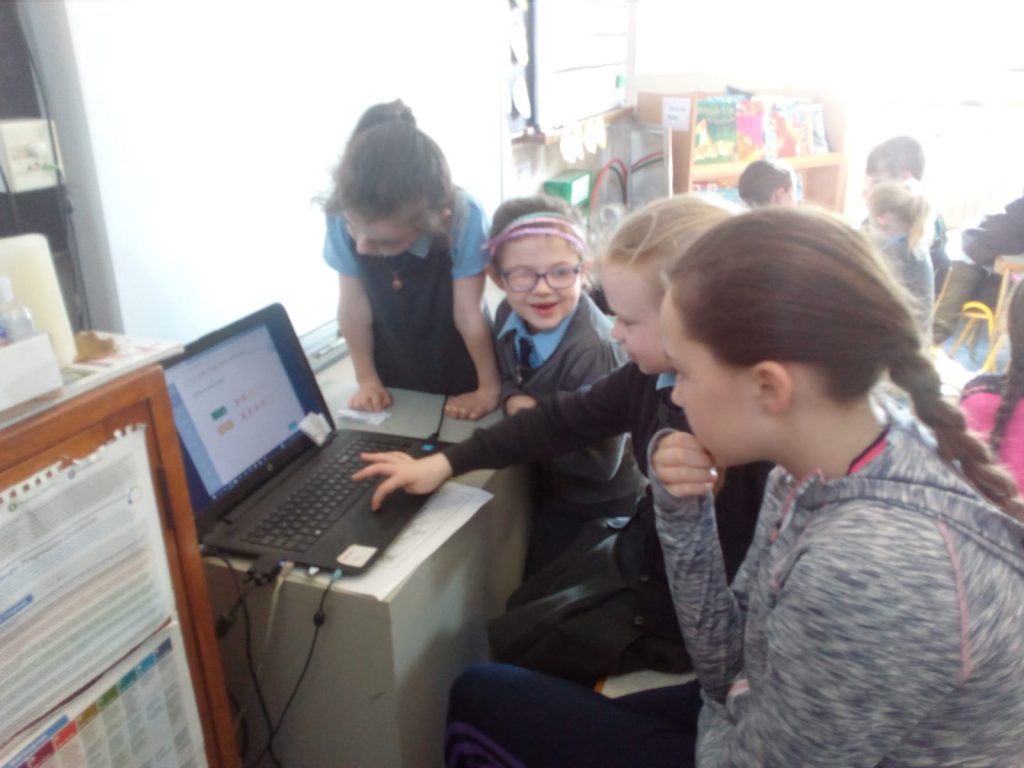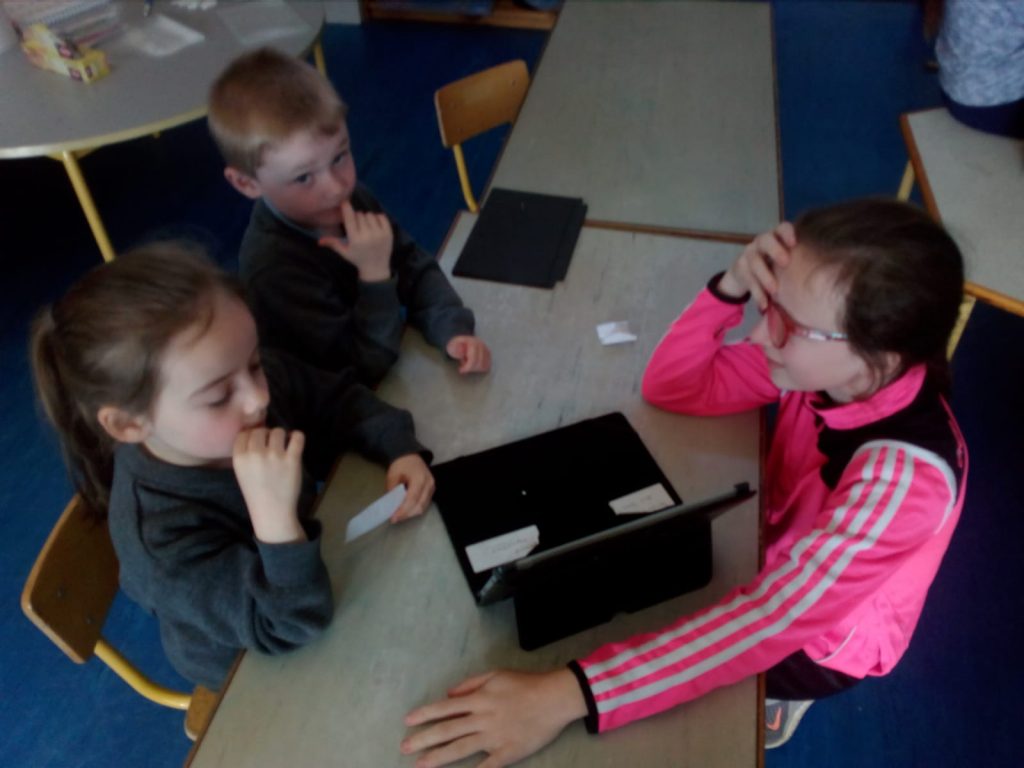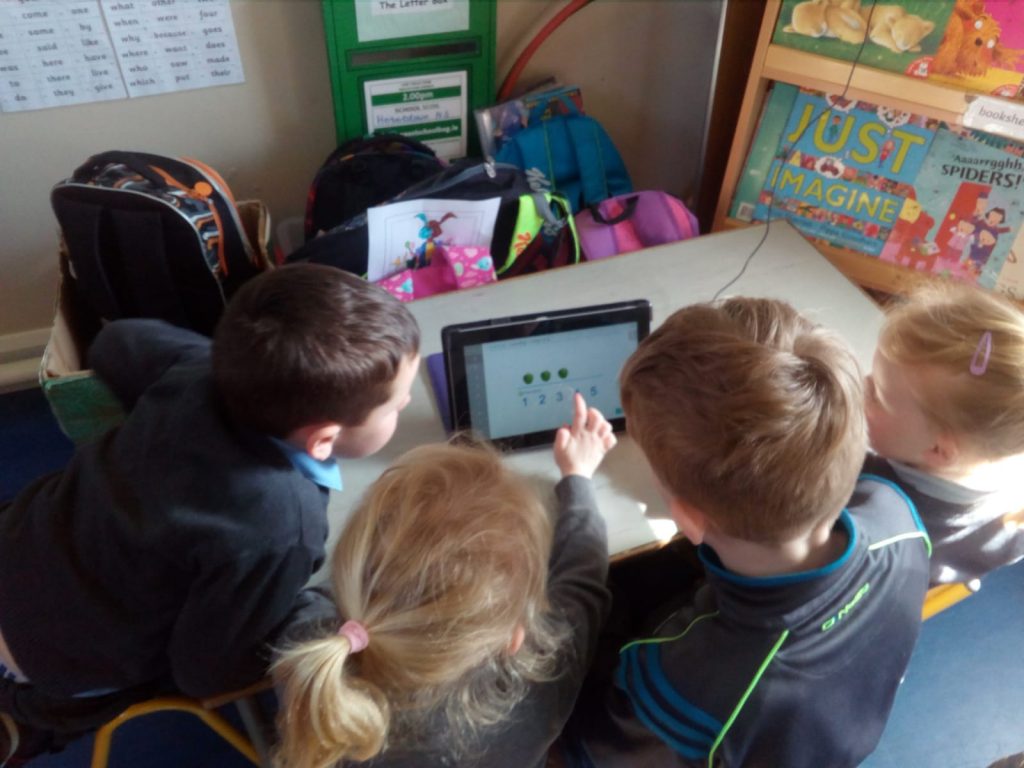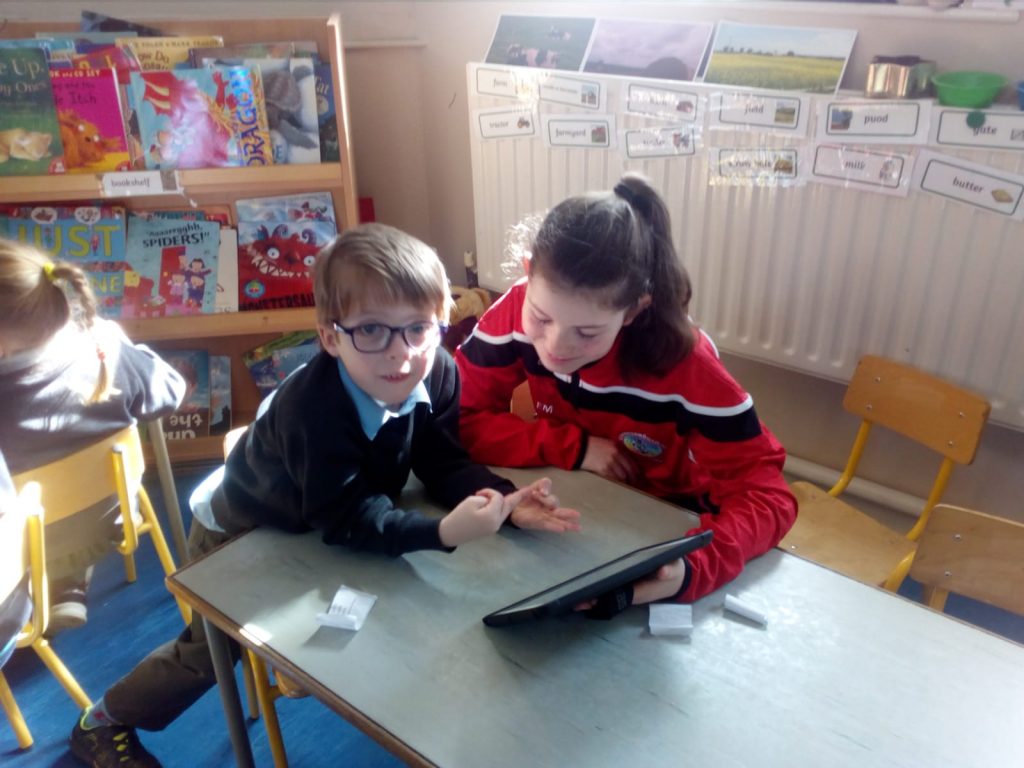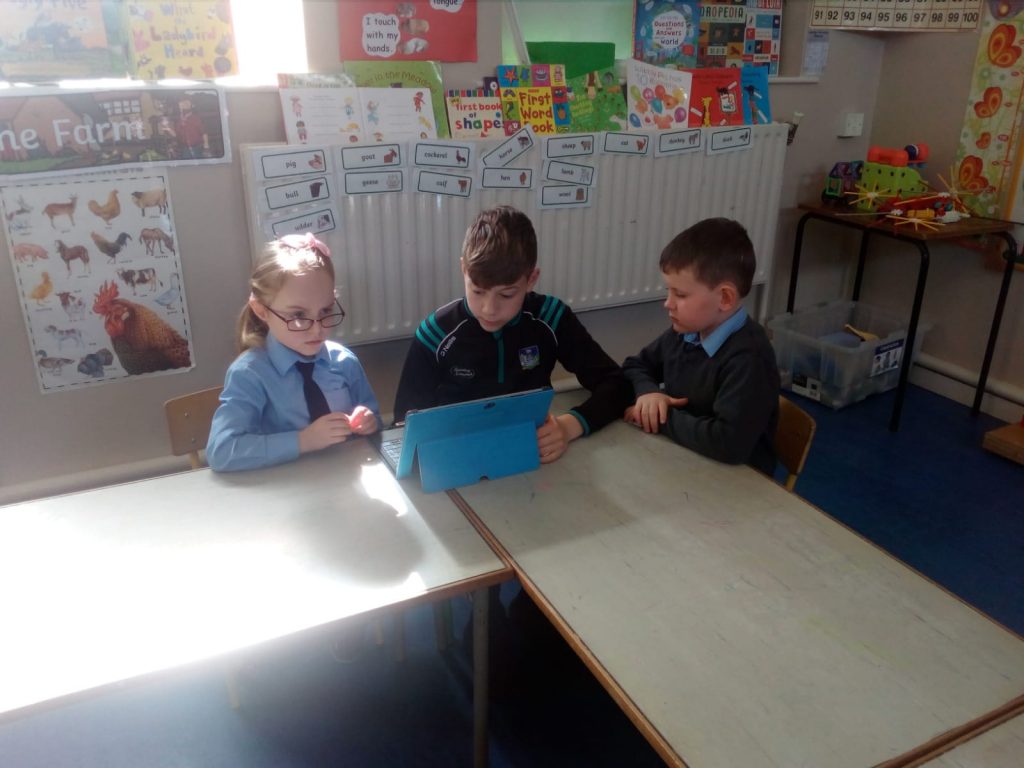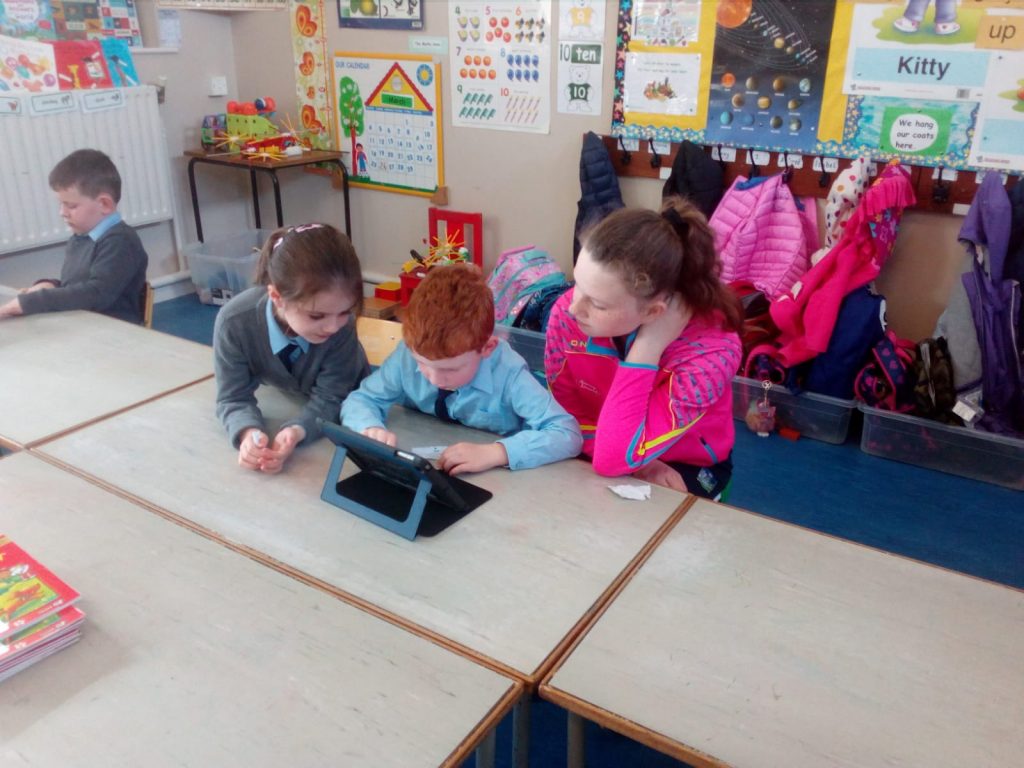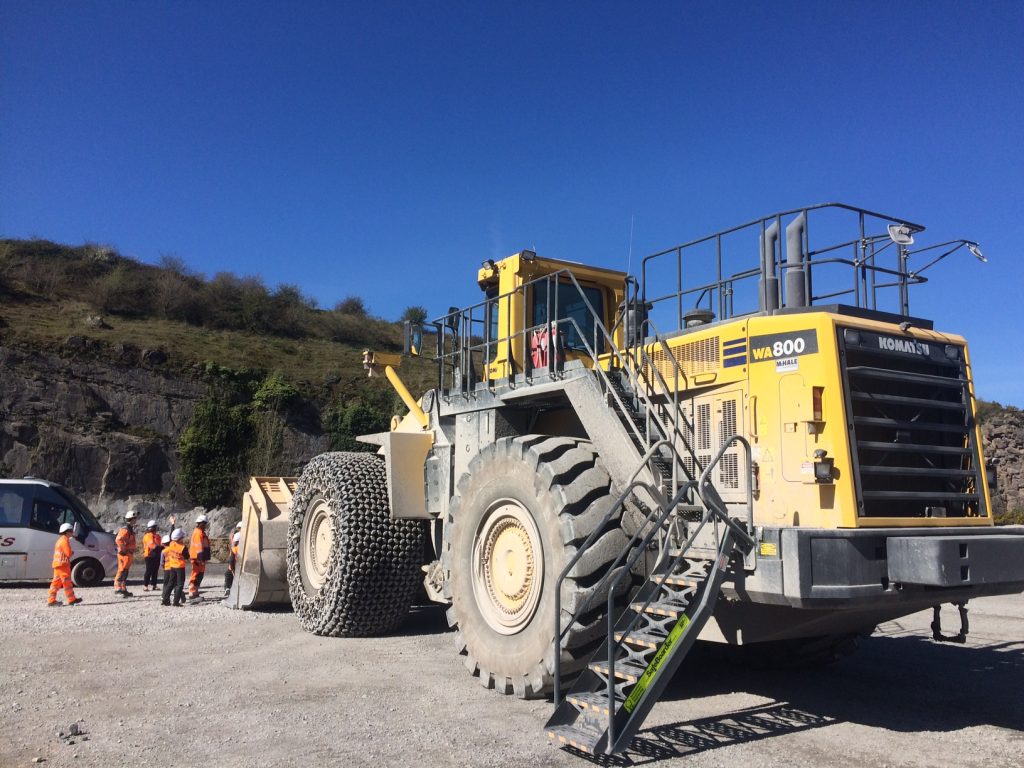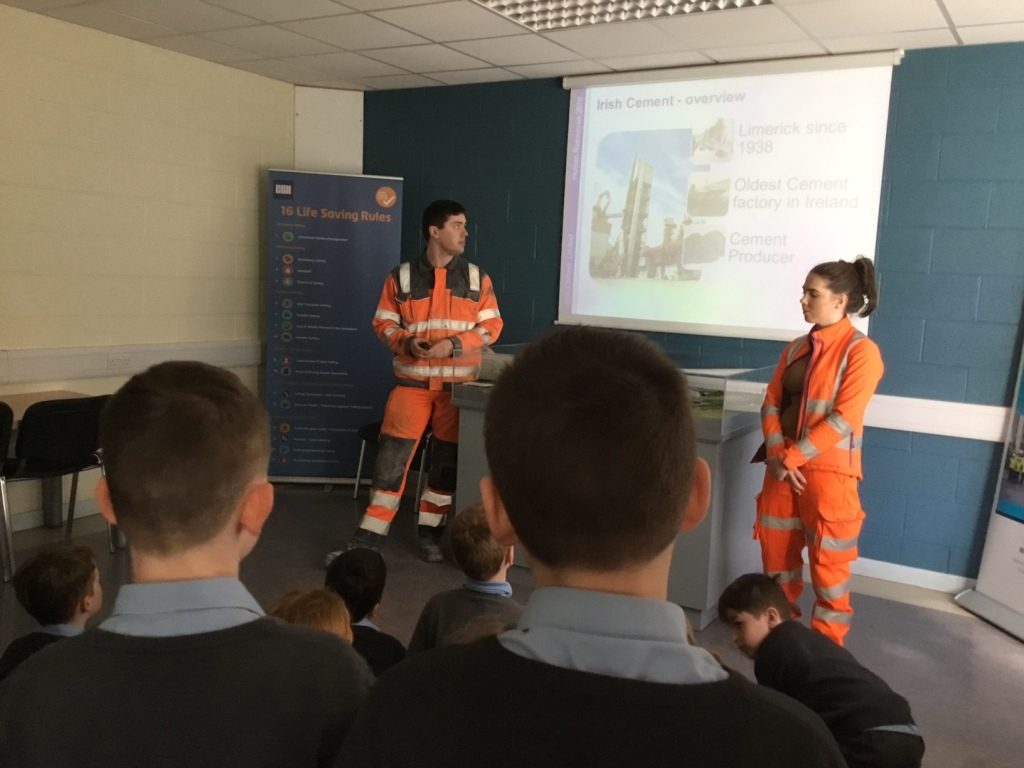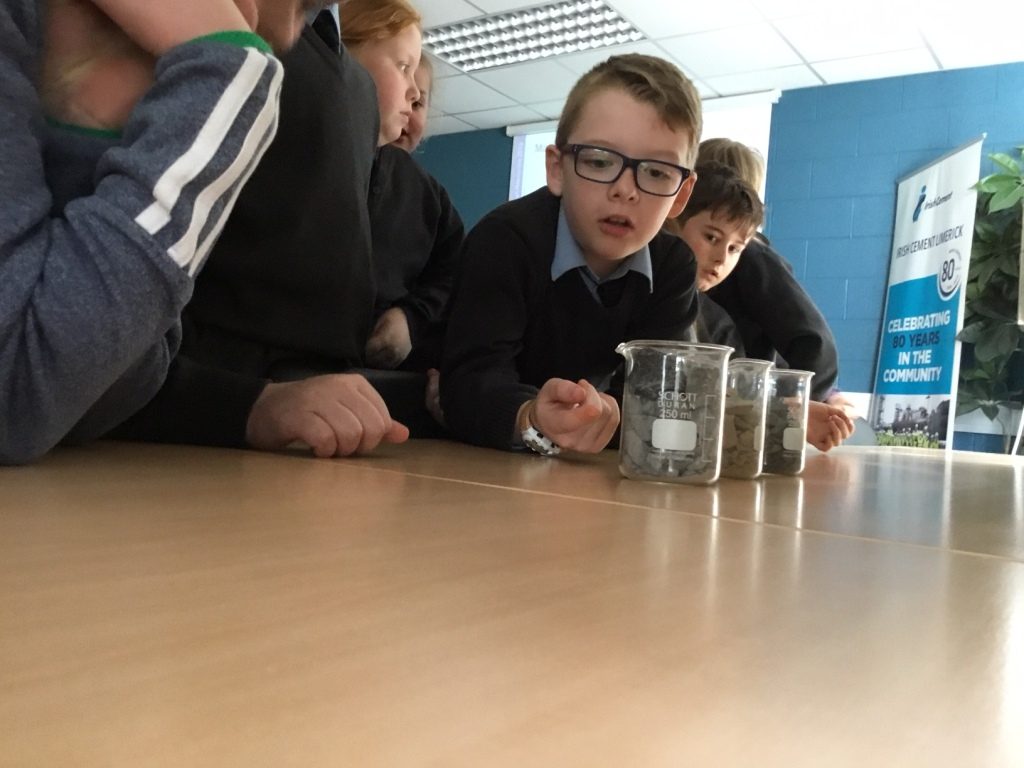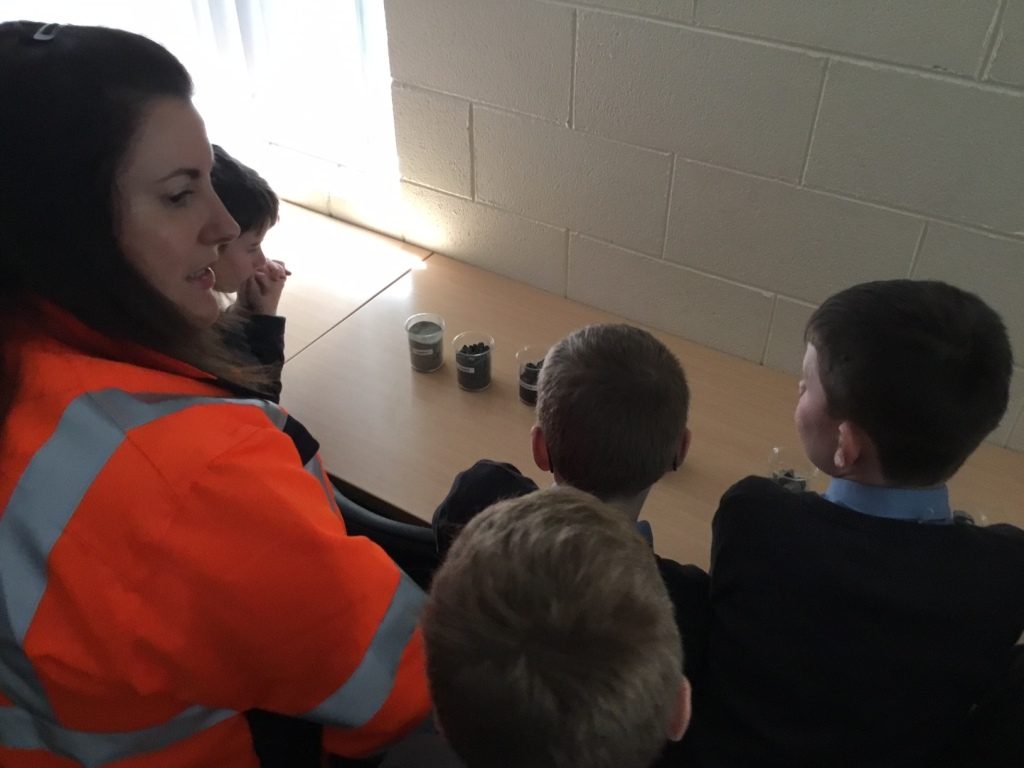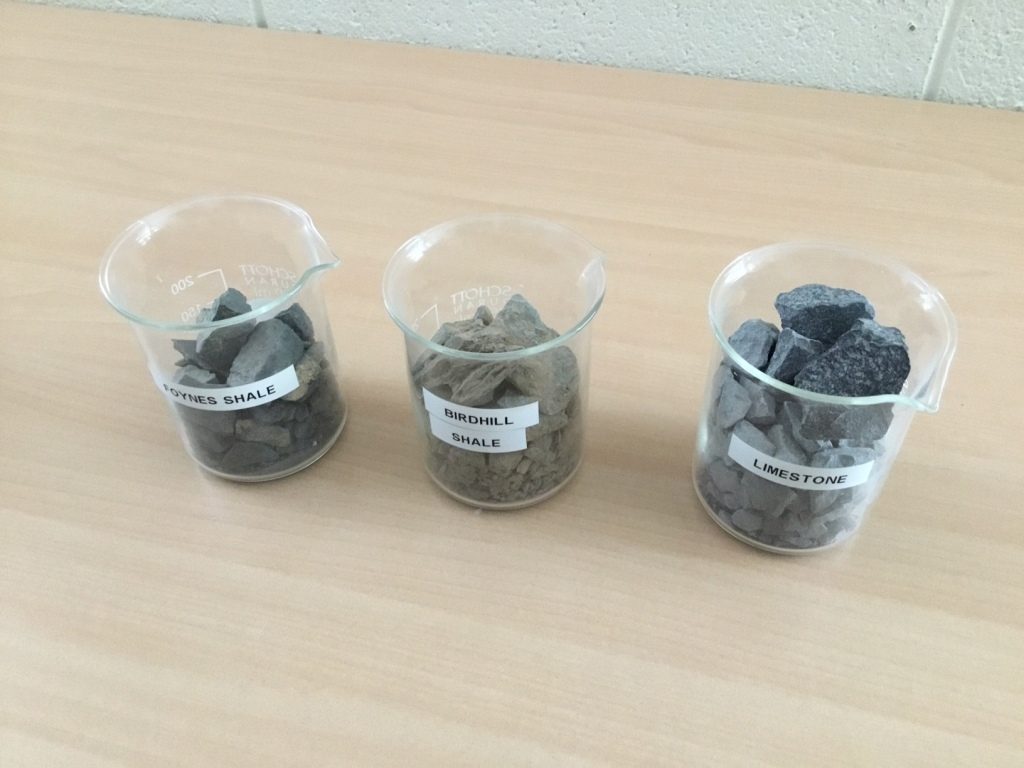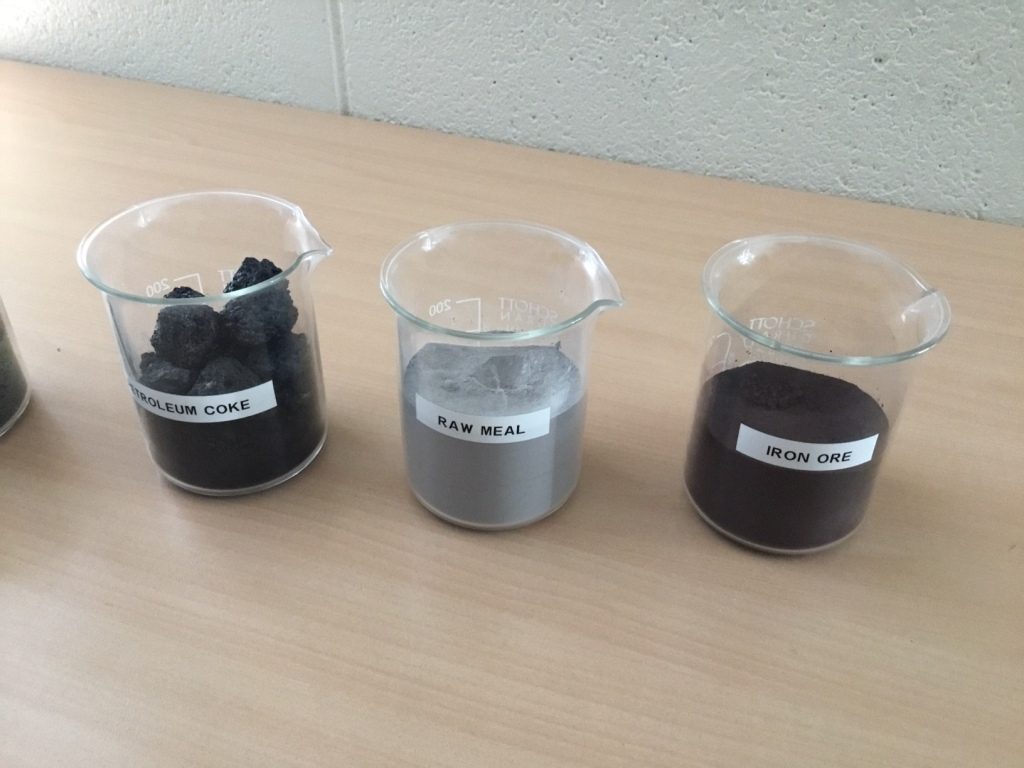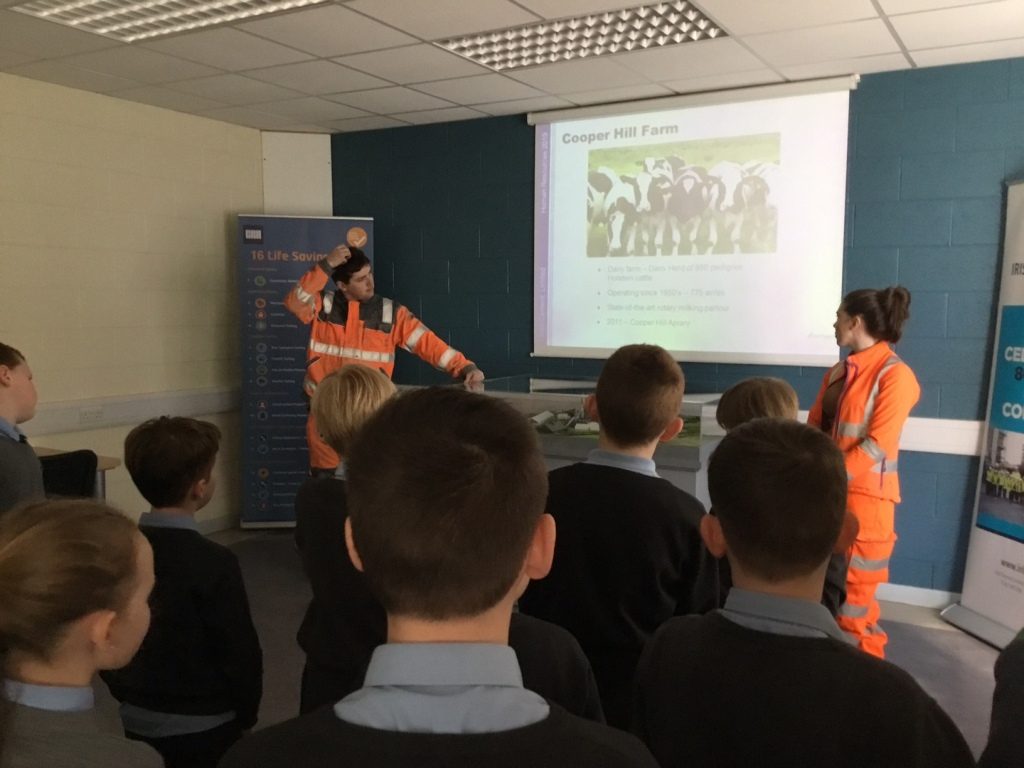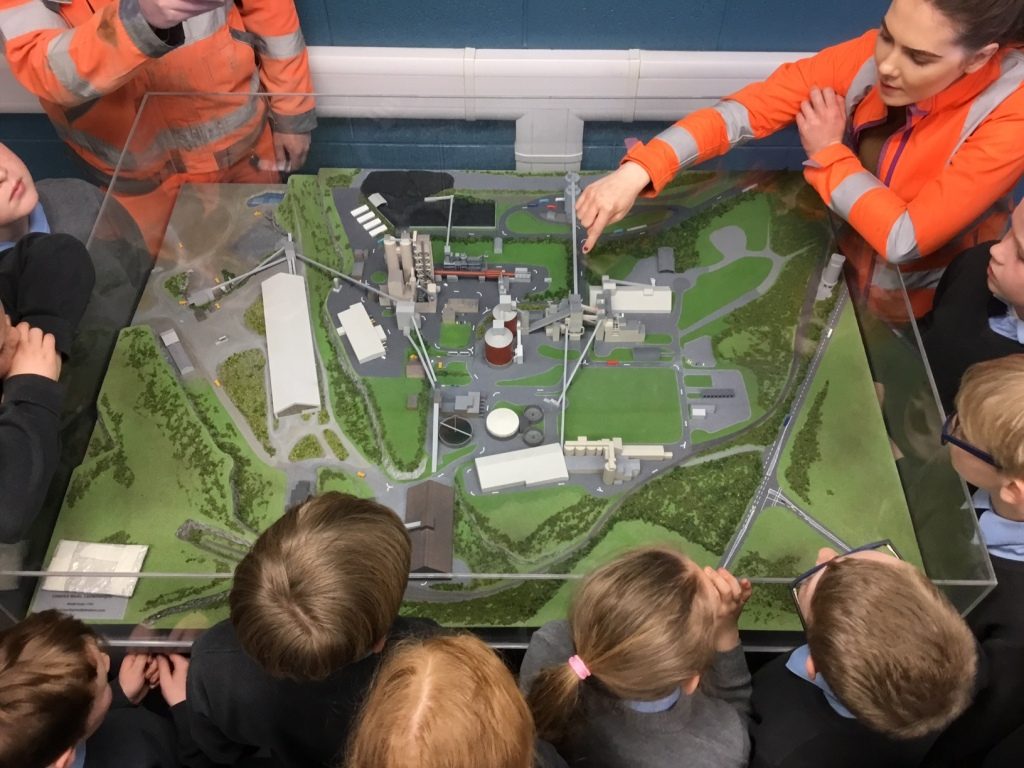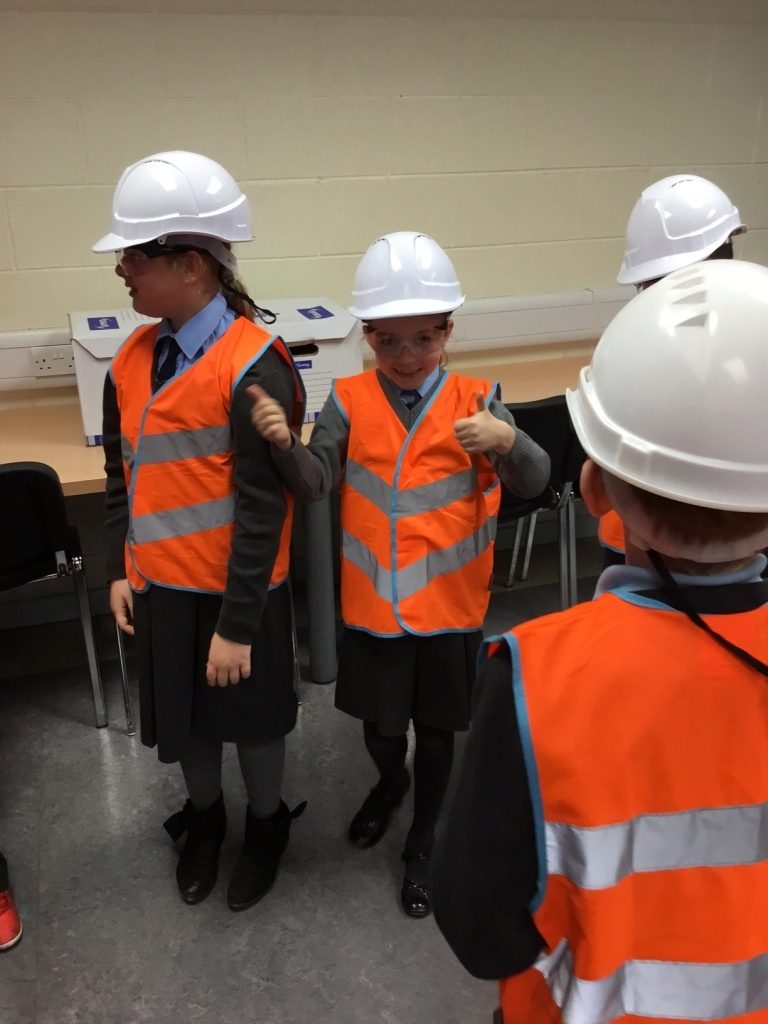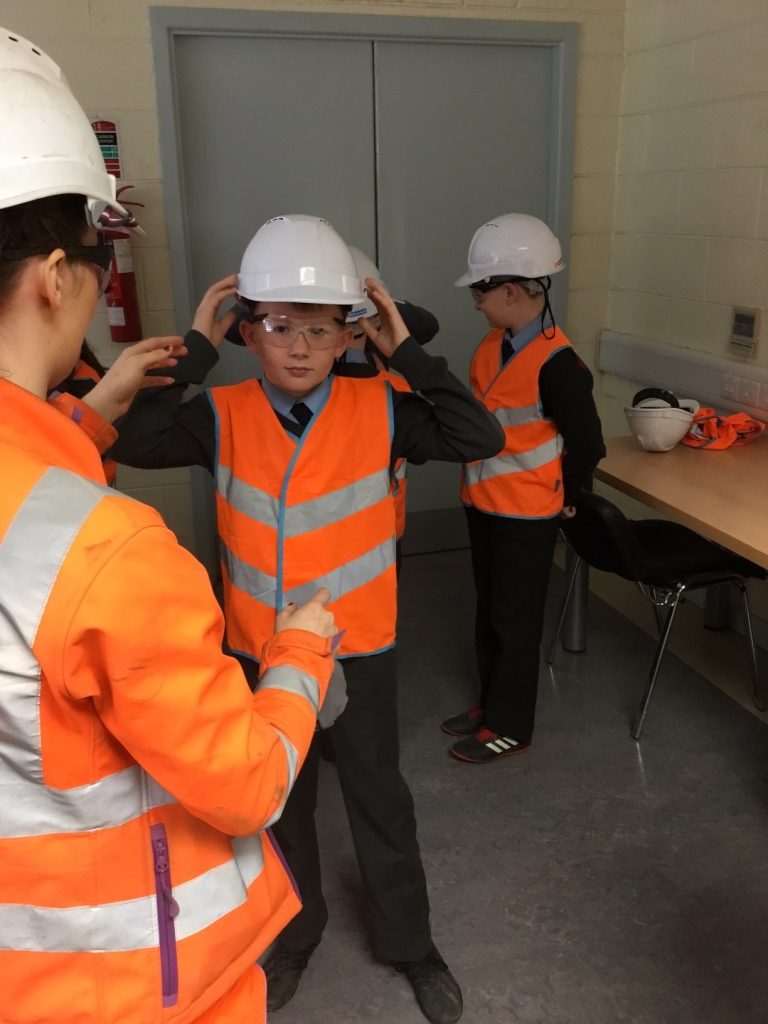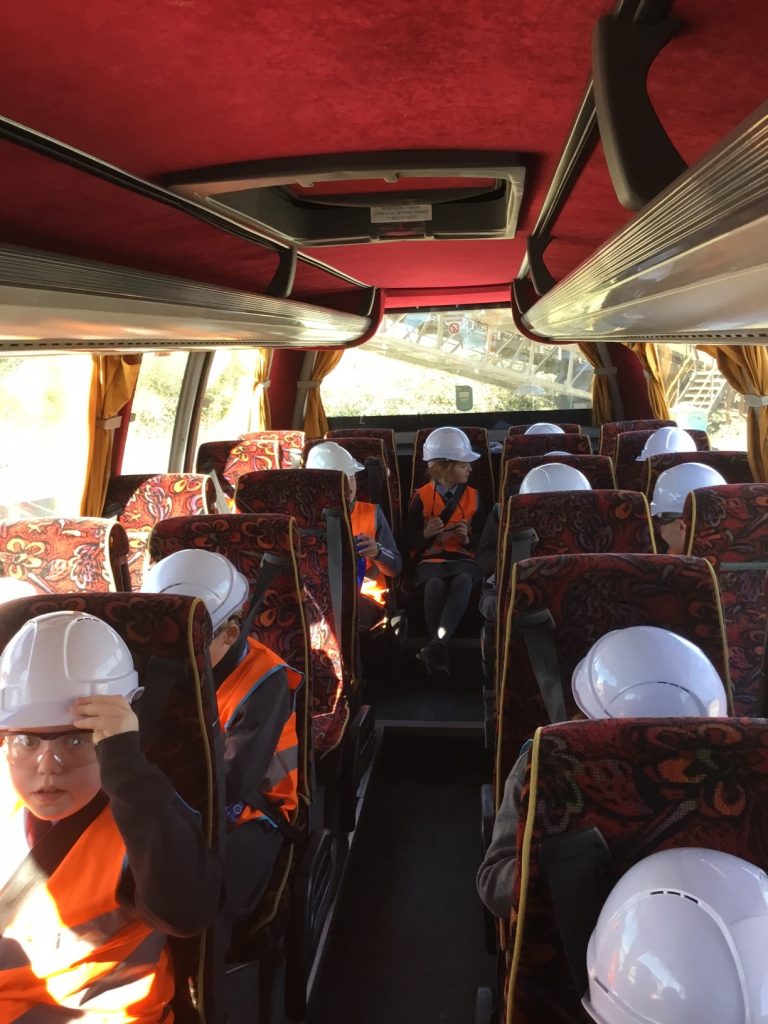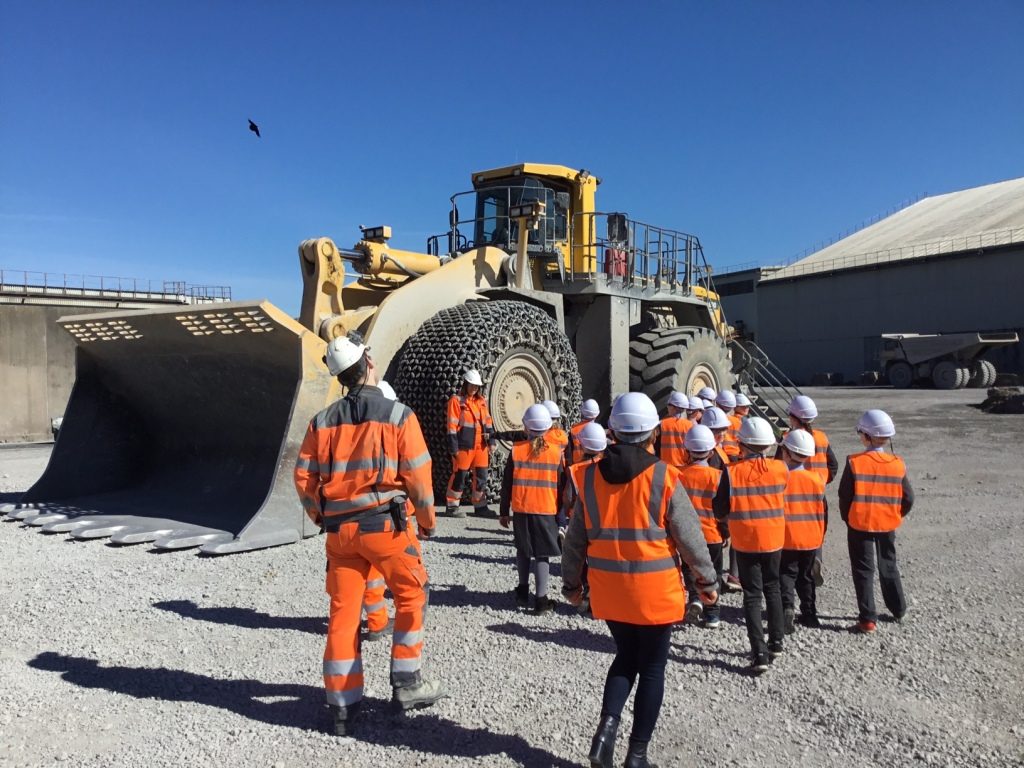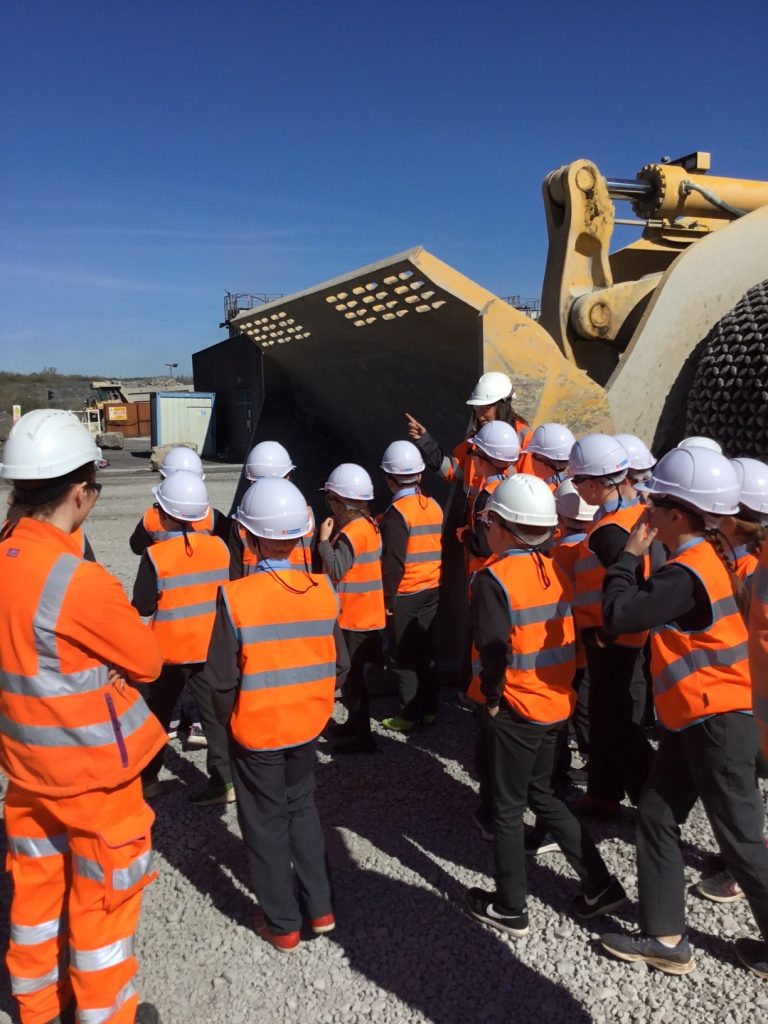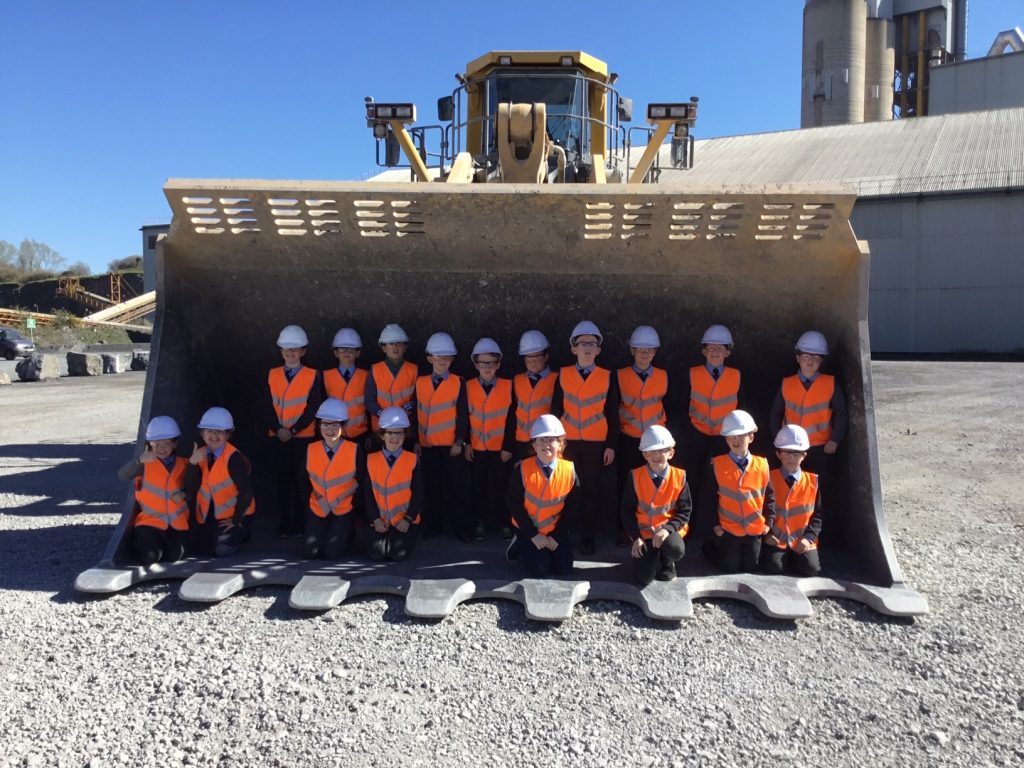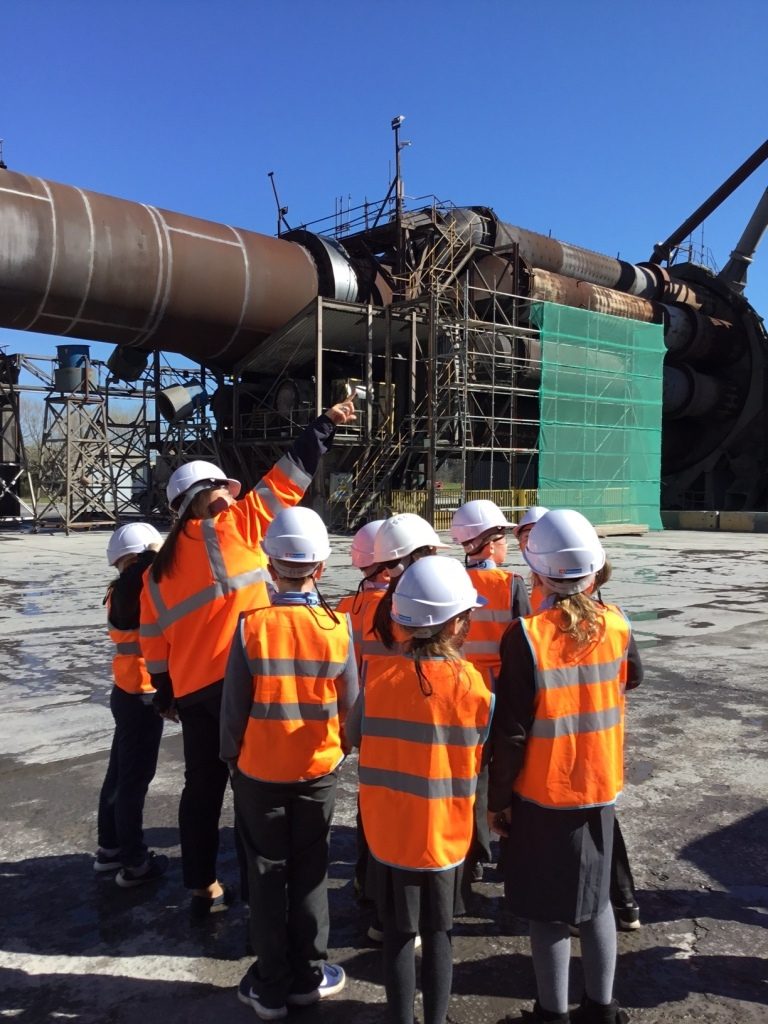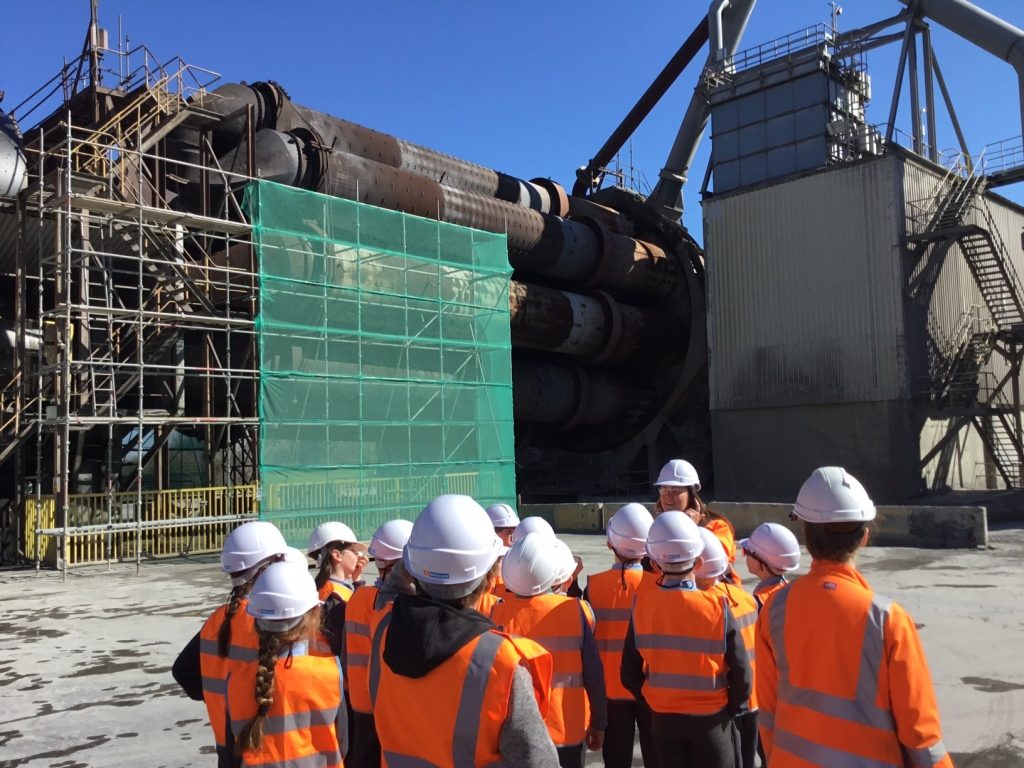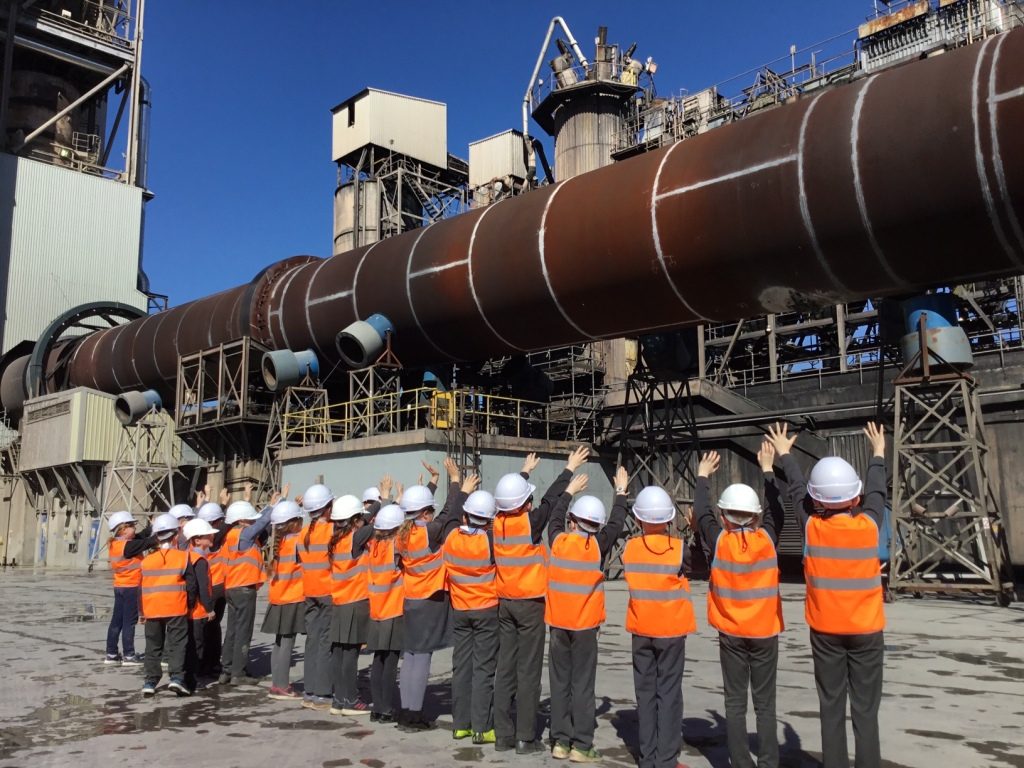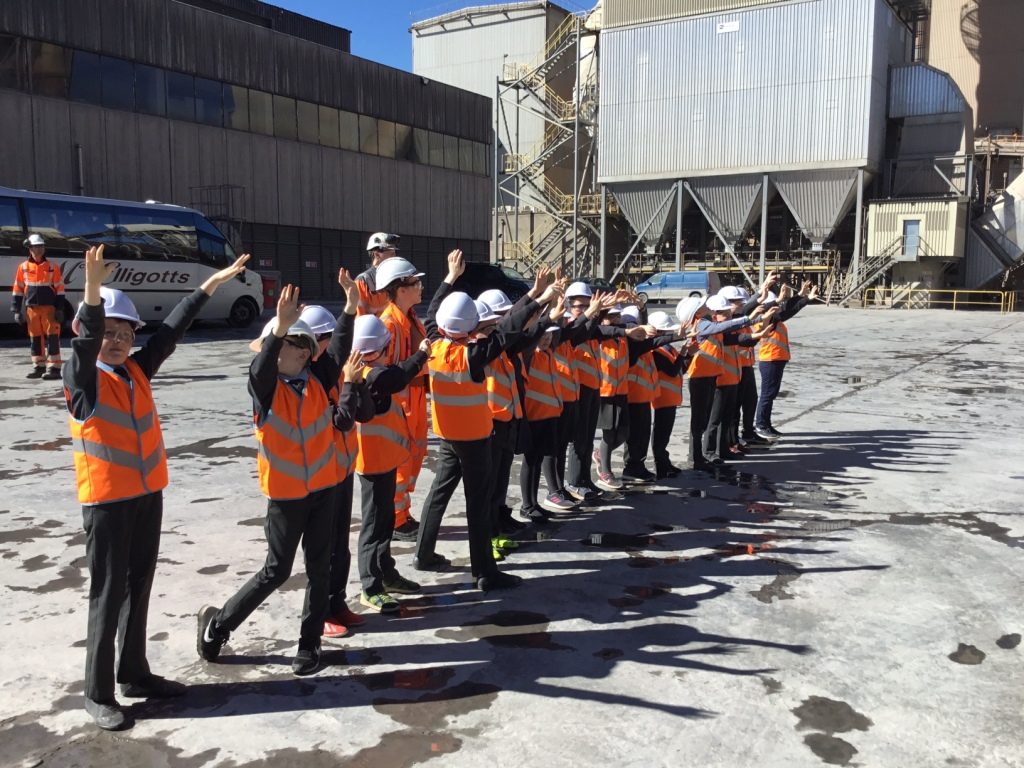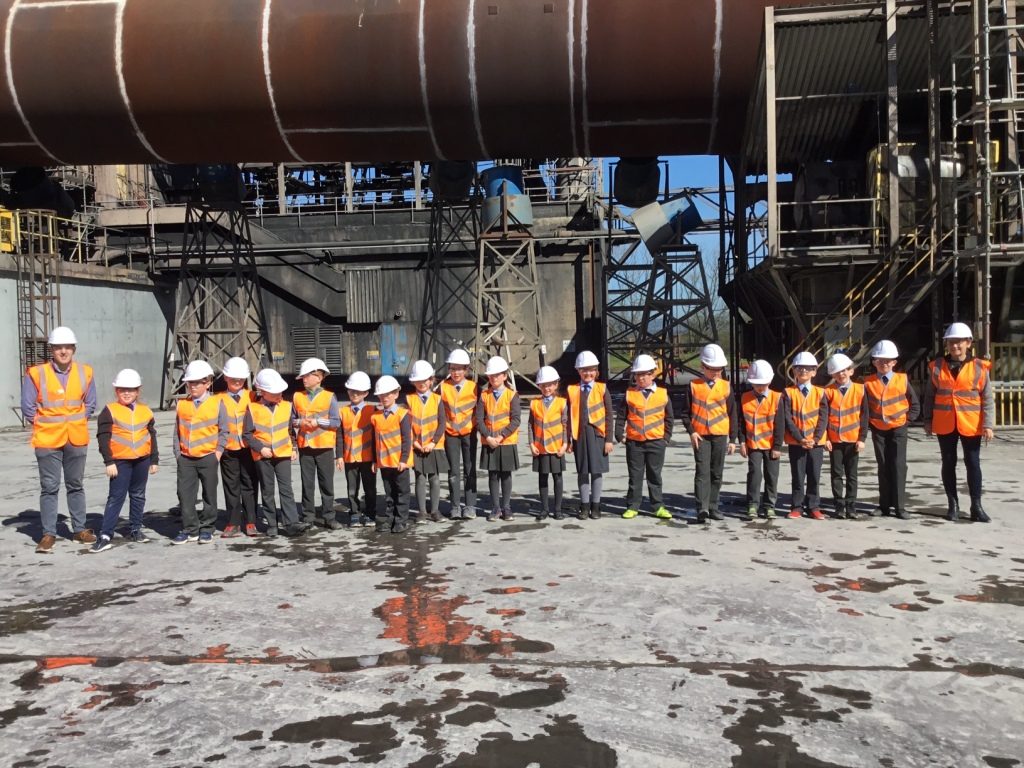Category: Science Foundation Ireland – Discover Science & Maths
Evidence of Herbertstown National School’s commitment to achieving an award for STEM Excellence.
Step 1 – Science
Step 2 – Technology
Step 3 – Engineering
Step 4 – Maths
Step 5 – STEM Show & Tell
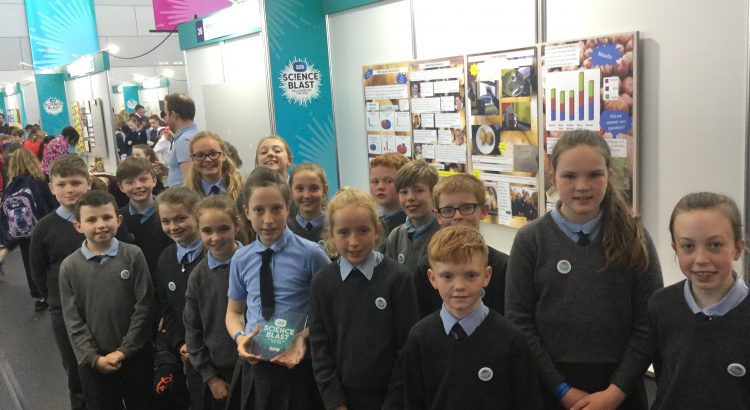
ESB Science Blast 2019
Fourth Class exhibited the results of their project at the 2019 ESB Science Blast in Mary Immaculate College today.
The project, which investigated ‘Which spuds cook the best?, was highly praised by the ESB Science Blast judges and the pupils were busy fielding questions on their study throughout the day from the many visitors to the stand.
The children also got to enjoy some of the activities on offer at the science fair including science demonstrations and VR technology experiences.
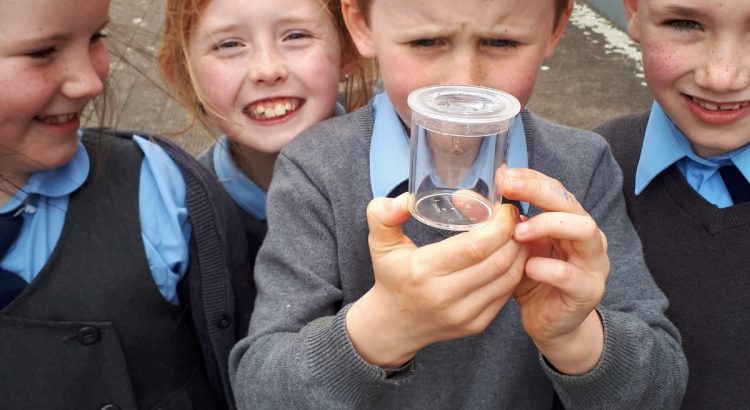
Seniors/First Hunt for Mini-Beasts
The boys and girls from seniors/first explored the school’s outdoor spaces today in the search of insects and bugs!
They were able to have a good look at any of their finds using the school’s pooters (insect-catchers!).
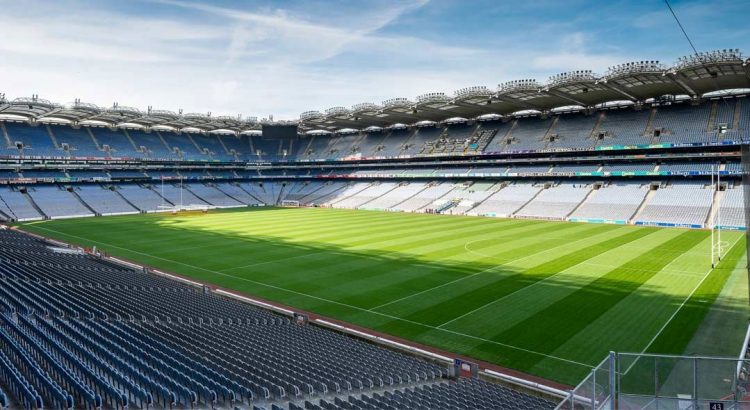
Herbertstown’s Pitch is the same size as Croke Park’s!
Pupils use measuring skills to check size of local pitch.
Third/fourth class have been studying area and perimeter this week in maths and went outside to draw squared metres.
A further study was conducted to determine the area of the pitch which is next door to the school. Beforehand, a few pupils had stated that they had always been told that the pitch was the same size as the one in Croke Park. This seemed like the perfect time to investigate! It turns out, the pitch in Herbertstown is indeed the same size as the hallowed sod in Croke Park! (if not fractionally bigger!)
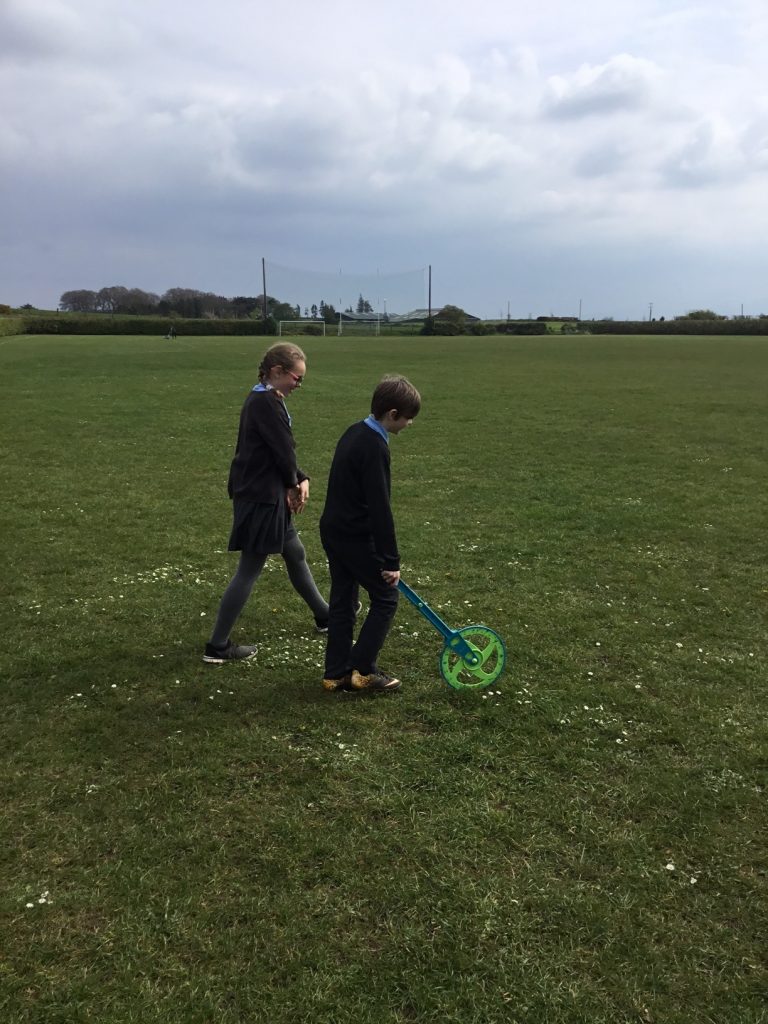

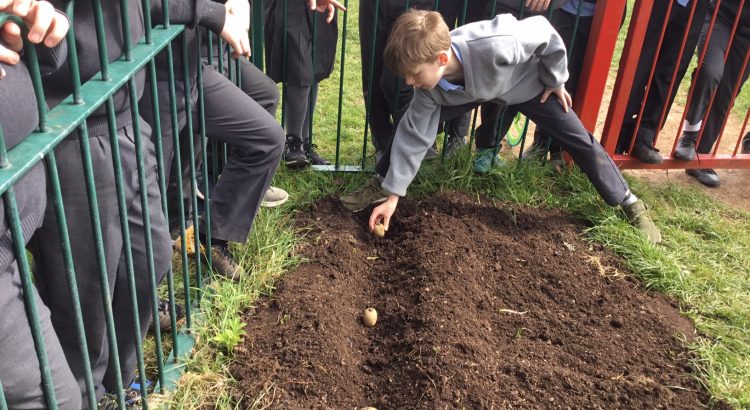
Third/Fourth Plant Out Their Potatoes
Third/Fourth Class are continuing their investigation of potatoes ahead of the ESB Science Blast in Mary Immaculate College next month.
Fourth class will be exhibiting the results of their project into ‘Which Spud Cooks the Best’ at the ESB Science Blast in May but Third/Fourth class have extended this study to include growing some potatoes to help better understand how potatoes find their way to the dinner table.
March 21st
We watched a video to learn how to plant spuds. It said spuds came from South America originally. It said to plant a seed potato. It said the seed potato should be planted in a drill. We got seed spuds but we can’t plant them yet. We need to dig the vegetable plot up and leave the seed potatoes in a dry, cool place. We put them in an egg carton. When they grow we will cook them! Christian
28th March
We prepared our vegetable garden for sowing our potatoes. We loosened up the ground using a shovel and fork. We removed the weeds and stones as best we could. We added farmyard manure to the soil. When the manure is mixed up with the soil it will add nutrients and will condition the soil. It will help produce more potatoes. Sinéad
April 11th
Today we planted 9 Maris Piper spuds in the garden. We made 3 drills of spuds, whcih were about 40 – 50cm apart. Then we watered all the drills and flattened the soil with the fork. David Mul.
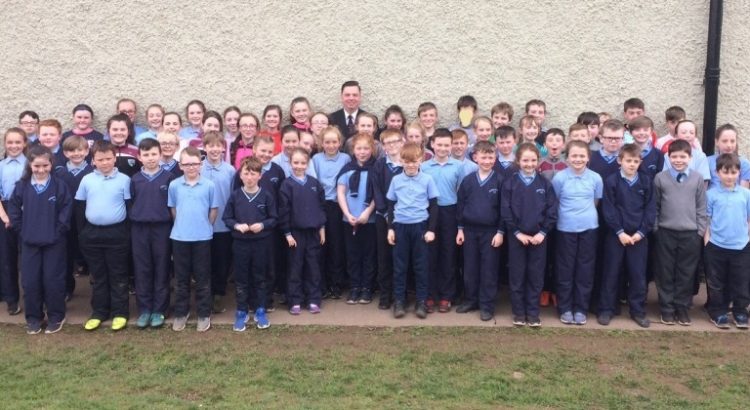
Pilot Pays Flying Visit to Herbertstown
Captain Barry Cason visited the school to talk to the children about all aspects of being a pilot.
Captain Cason was paying his second visit to Herbertstown NS having spoken to the then 5th & 6th class in 2017.
The airline pilot answered the children’s questions and talked about how he came to be a pilot. He brought some videos and pictures with him to help illustrate what his job entails and told many stories about his experiences both as a cargo pilot and as a commercial or passenger jet pilot.
Cpt. Cason said afterwards that he really enjoyed the visit and was very impressed by the children’s questions.
Fun With Magnets
3rd/4th Class are currently investigating magnets and magnetic fields.
3rd and 4th class are investigating magnets and their influence on the earth and people’s lives. Today they had an opportunity to investigate magnetism and magnetic fields.
They also had a lot of fun looking at how south and north poles of magnets attract and how similar poles repel.
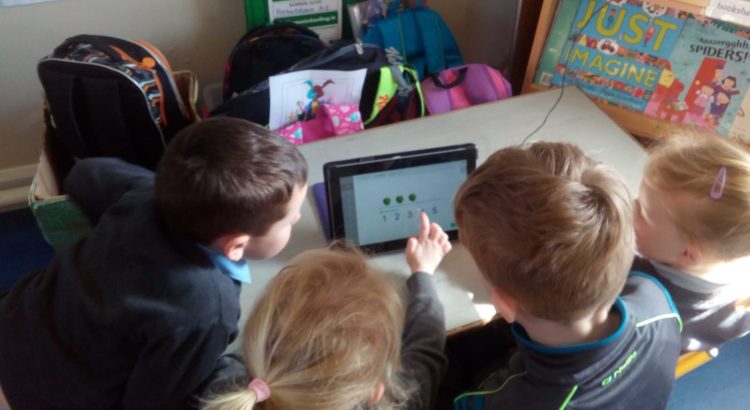
6th Class Tech Buddies with Infants
6th class having been giving some great support to the infant classes in familiarising themselves with the school’s tablets and ipads.
The infants are using some assorted educational apps and 6th are on hand to help out or give advice if needed!
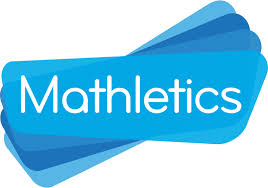
Mathletics March Challenge
Herbertstown NS finishes 18th in the world in the Mathletics March Challenge!
Well done to all our pupils who completed activities on Mathletics during March and helped the school to 18th place in the world in the Mathletics rankings. The school was also the second highest placed school from the Republic of Ireland. Pupils from Herbertstown NS could be seen at the top of the individual daily charts during the challenge and 2nd class, 3rd class and 4th class all finished in Ireland’s top 10 classes, with 3rd class being Ireland’s best performing class.
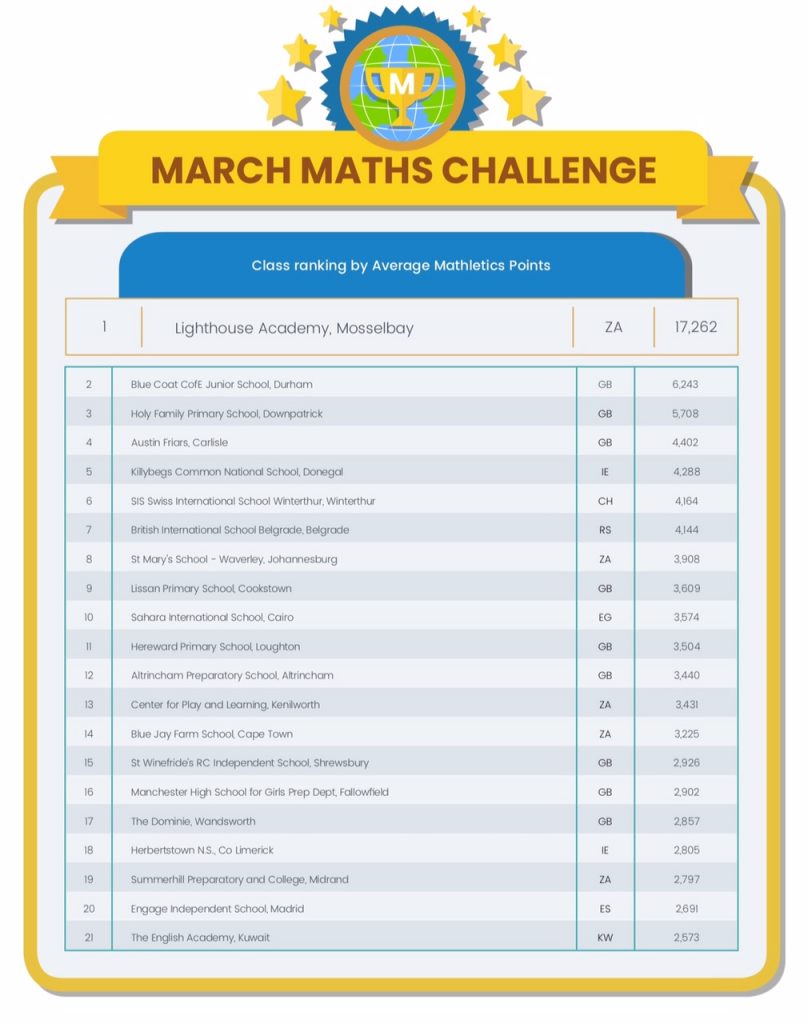
Well done to our two top performing pupils during the challenge who amassed almost 30,000 points between them!
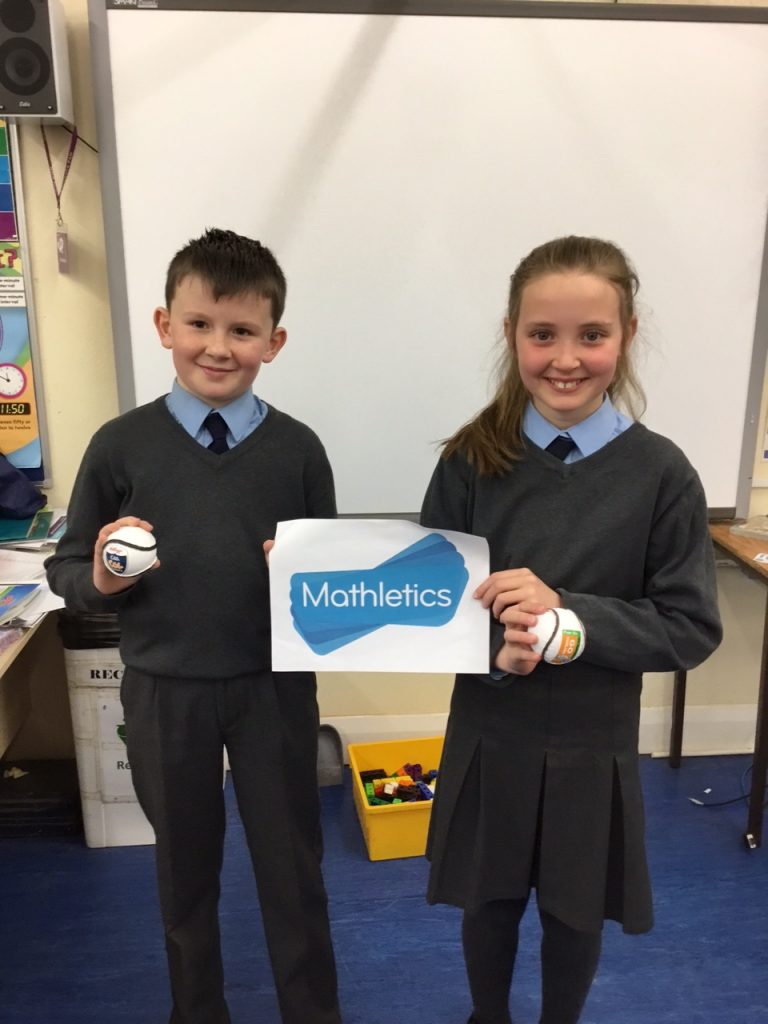
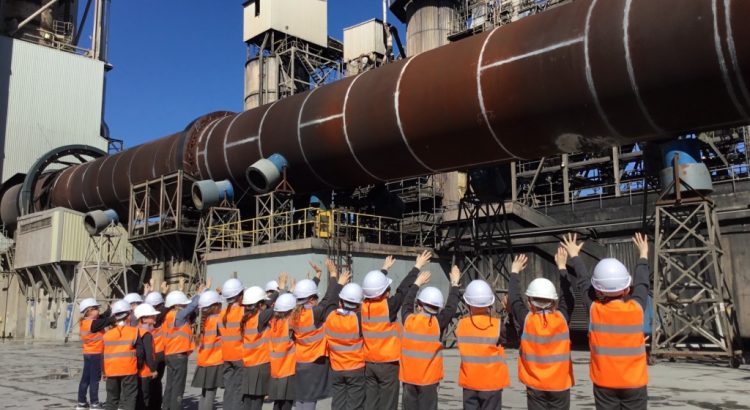
Third Class Tour Irish Cement Factory
Our third class visited the Irish Cement factory in Mungret for a tour of the facility. Concrete is the second most commonly used material in the world (after water) and the children got to view how the cement is manufactured.
Below is an account of their experiences and a gallery of photos from the trip.
Irish Cement
Today 3rd class went to the Irish Cement factory in Mungret, County Limerick. They organised a bus to come and collect us at the school at 10.ooam. So we all got on the bus!
When we got there they brought us into reception. In there we met Elaine, Caoimhe and John. They said they would be our guides for the day so they showed us a slide show and a video about how cement is made. Elaine showed us some rocks: Limestone and shale.
Next we went down to the quarry and saw a big truck. We all went into the shovel and for a picture. They told us that every Thursday the guards come while they blow up a bit of the quarry. Then we went to the kiln and put our arms up to see how hot it is. Then we went back and took off all our safety gear. They gave us all a bag with goodies in it before we went back to school.
Molly
The Kiln
After the quarry we went to the kiln. The kiln is very hot. The rock has to reach 1450 degrees for the rock to melt. It can get to 2000 degrees, hotter than a volcano!
Ciarán
A kiln is a big round machine like a cylinder. Elaine told us to put up our hands and feel the heat!
Liam
The Quarry
The first stop on the tour was the quarry where we saw the loading shovel. It was massive! It had a bucket that could hold over 20 people.
Sinéad
